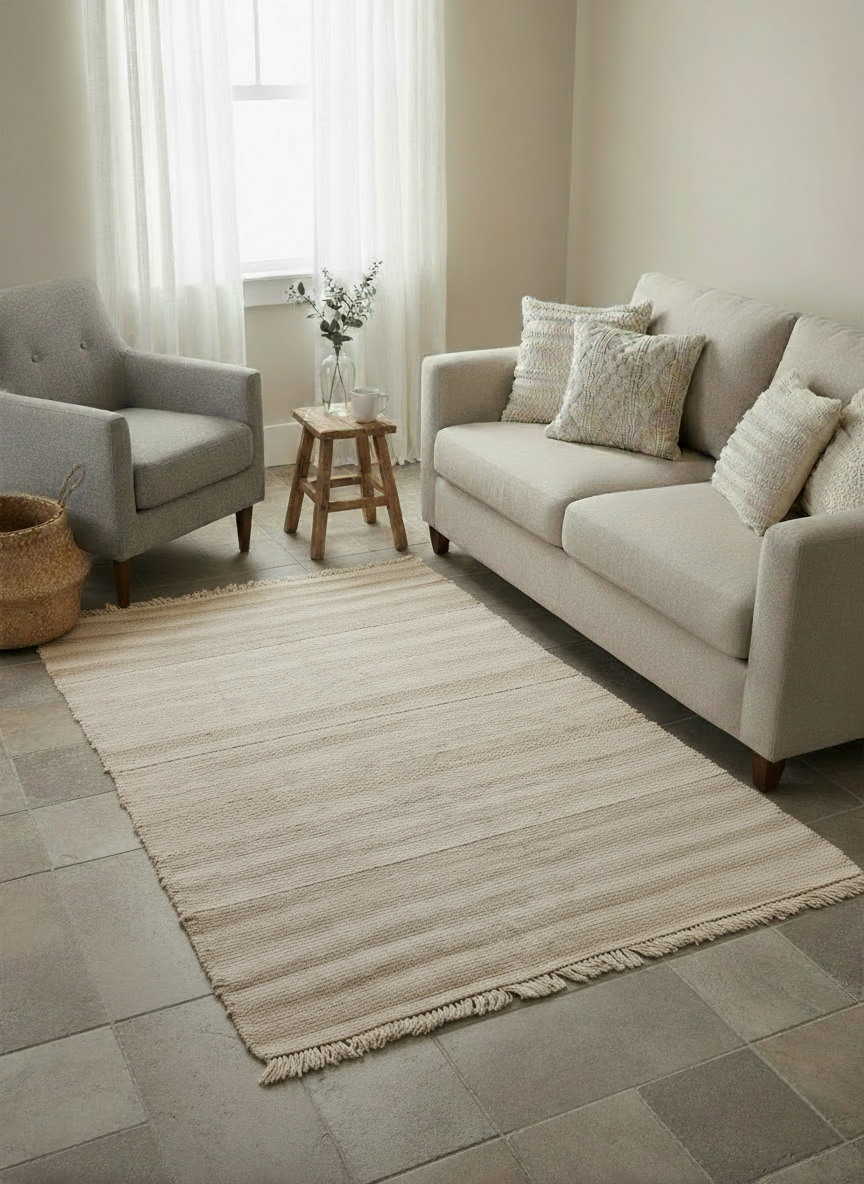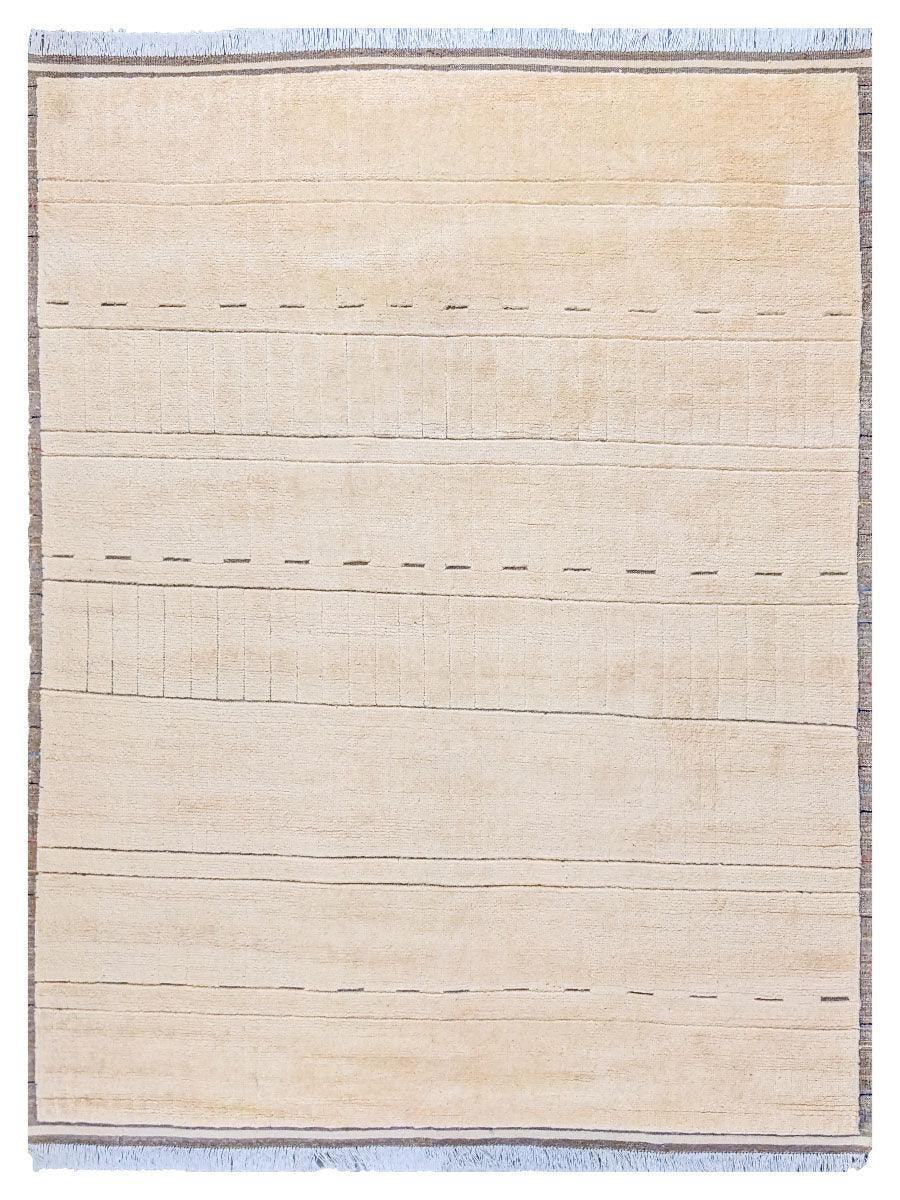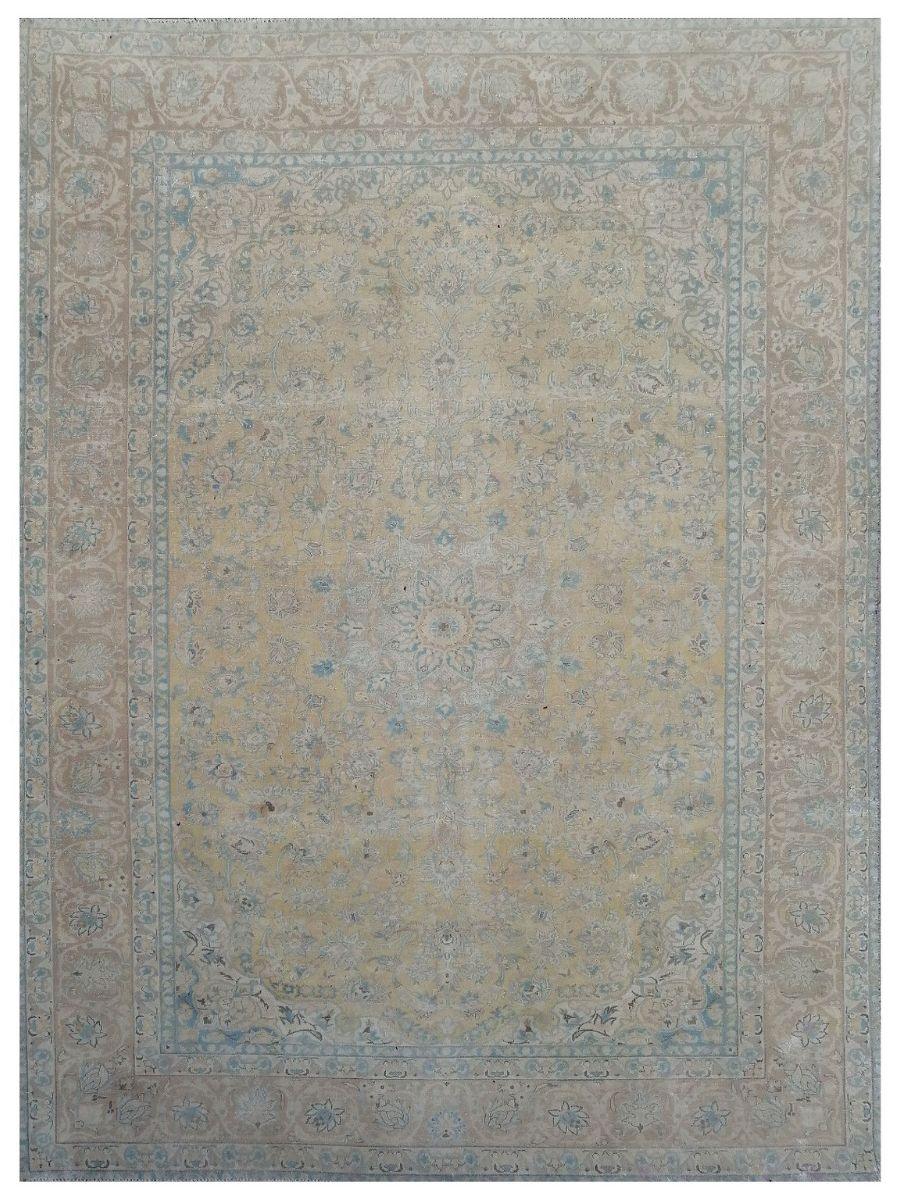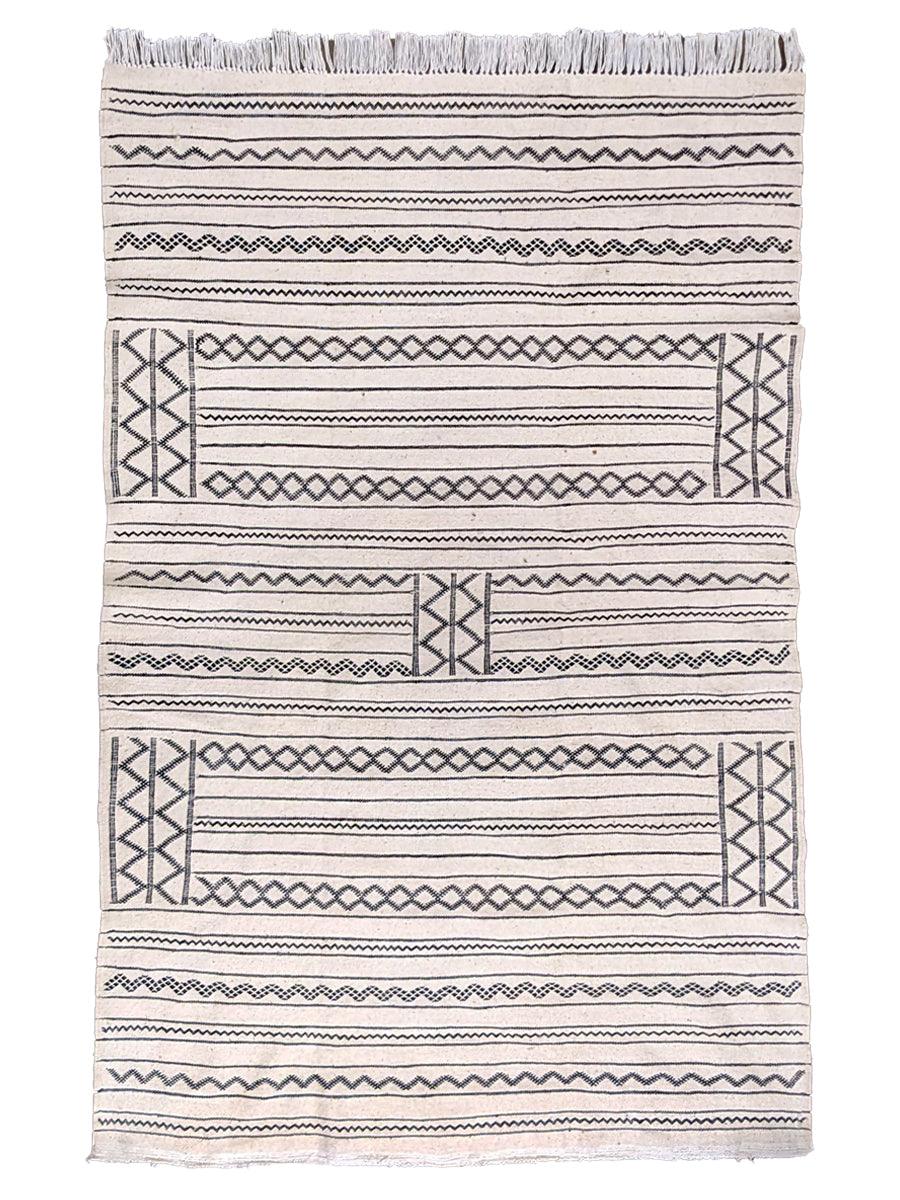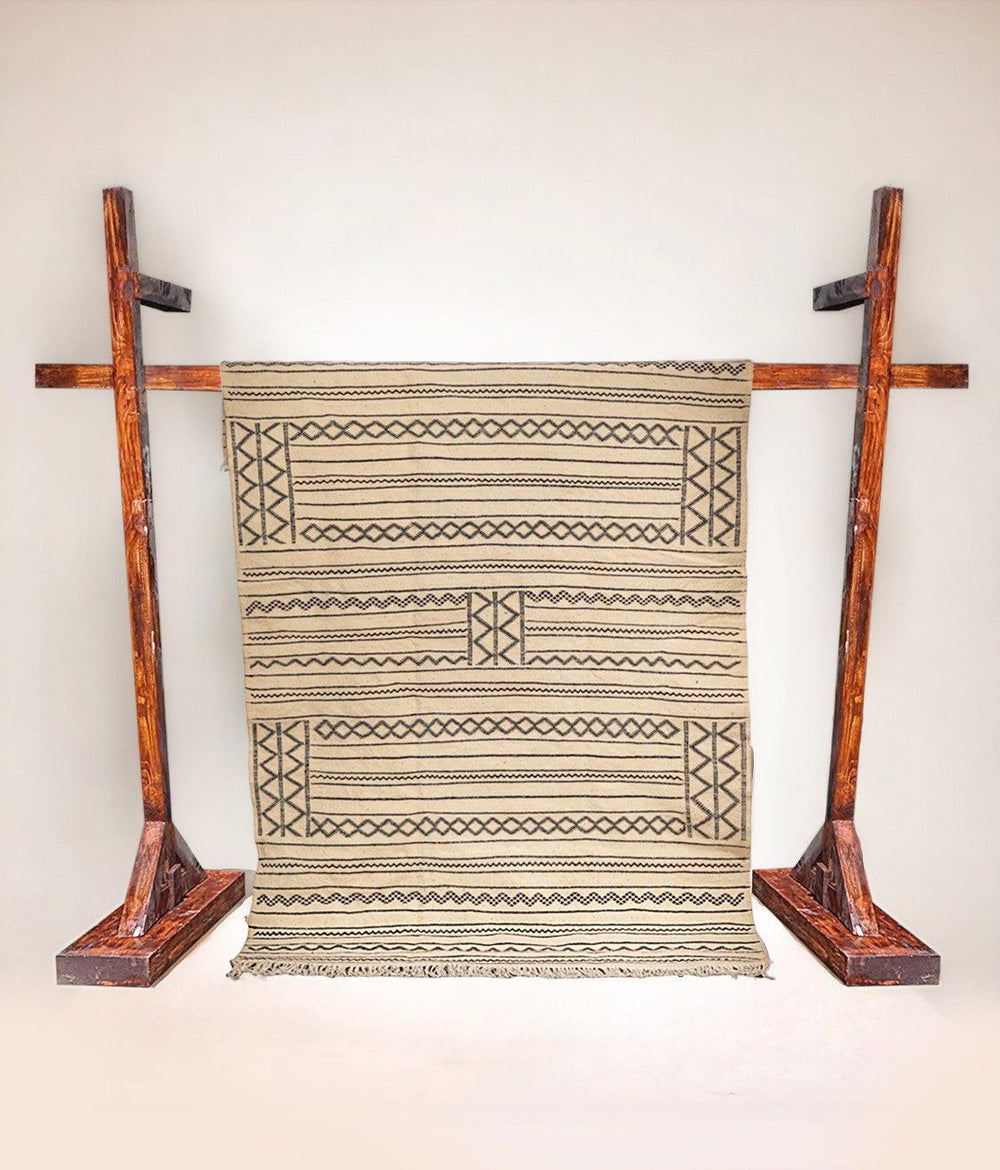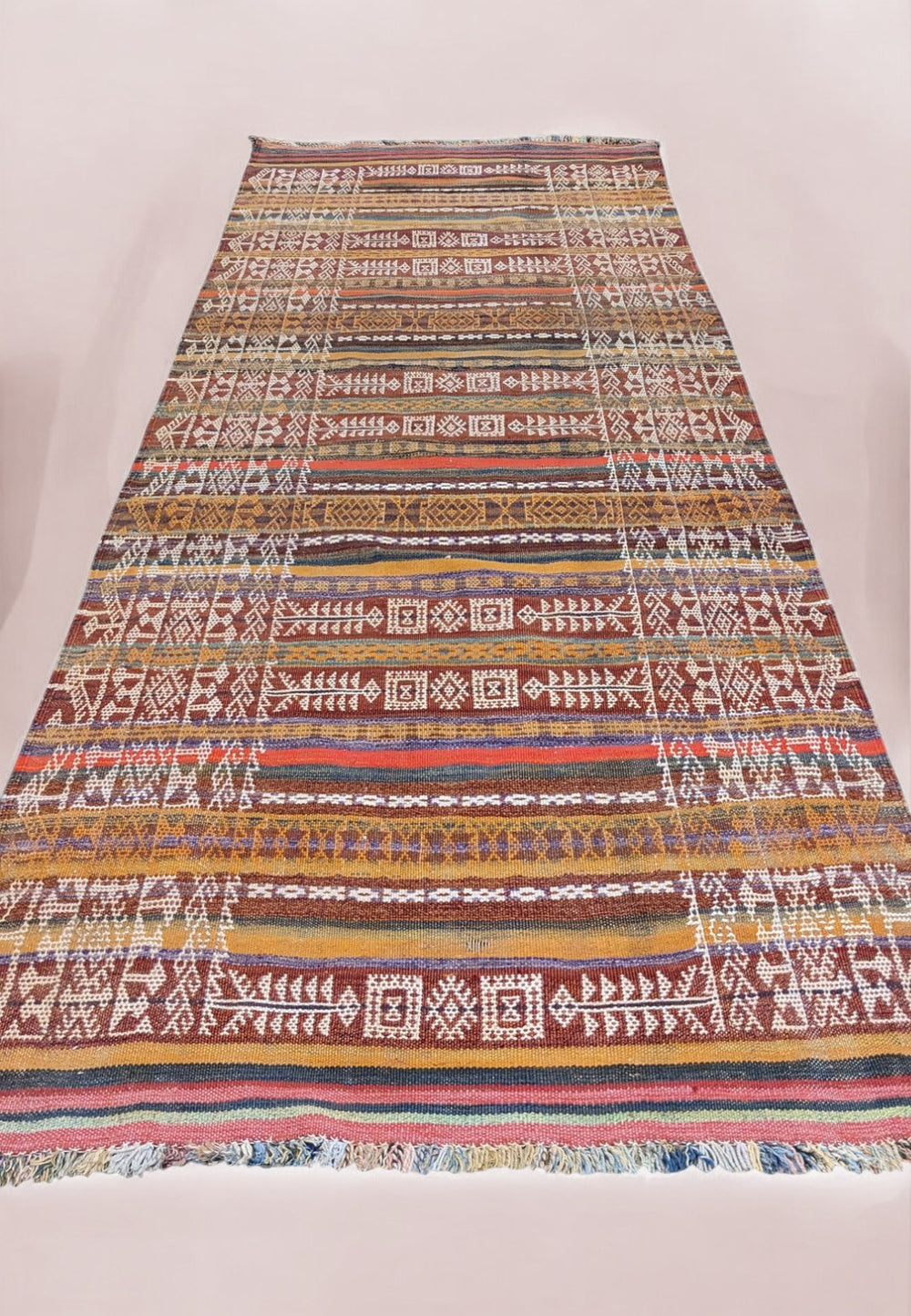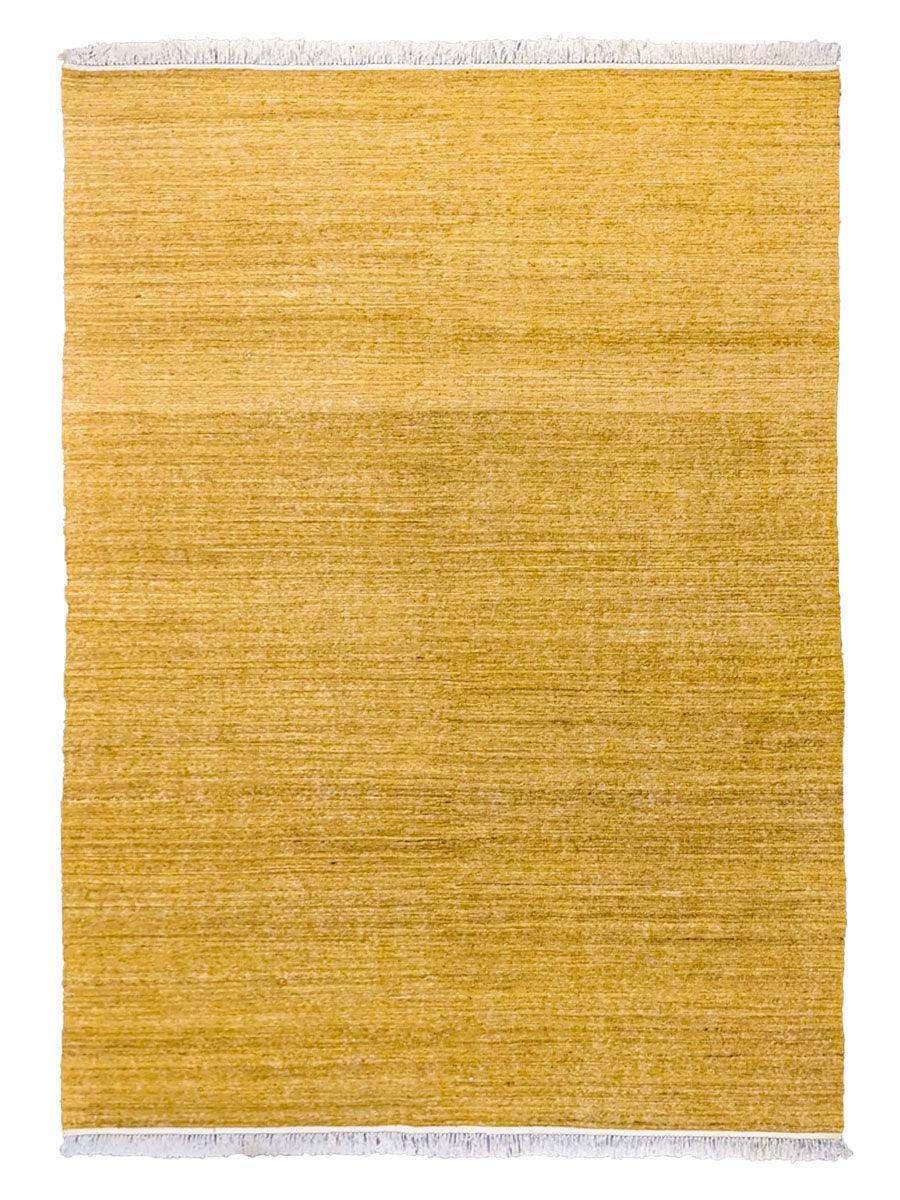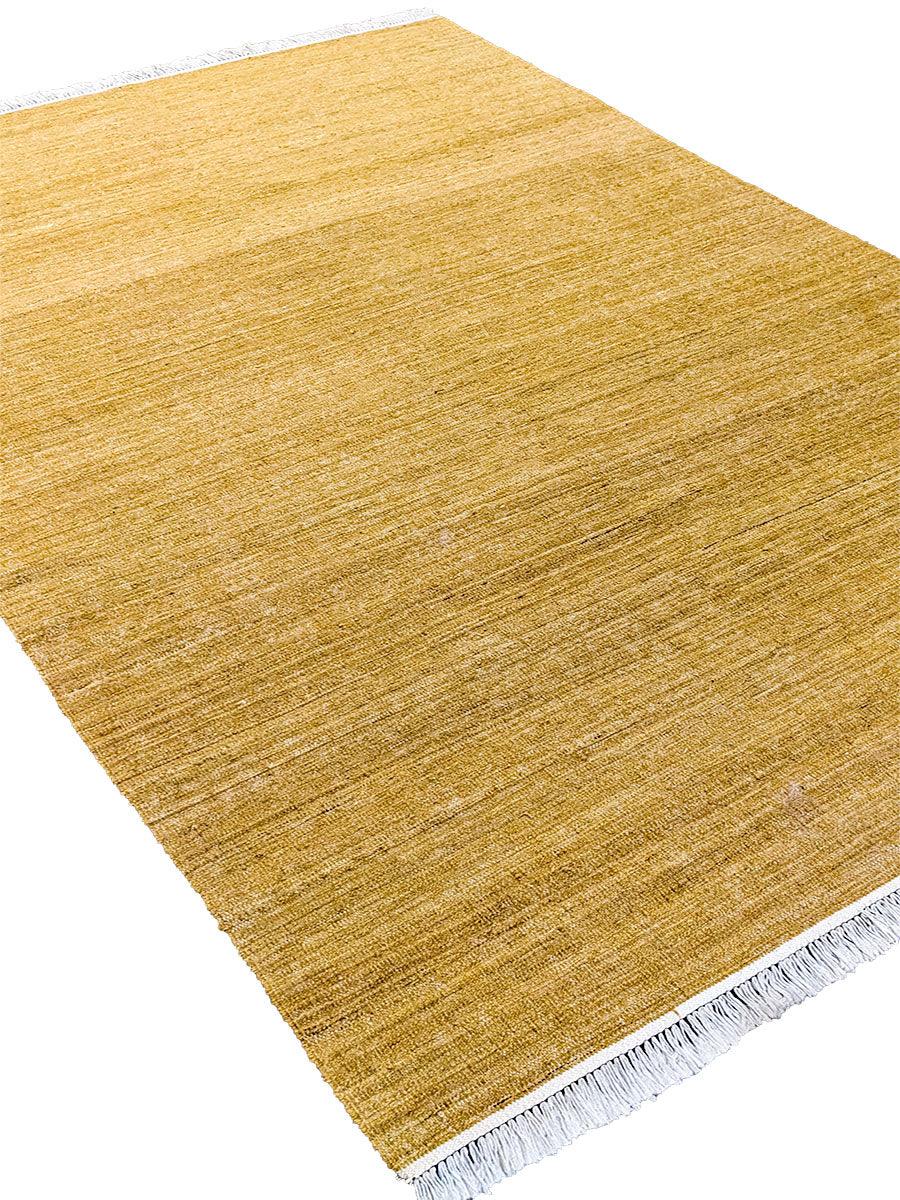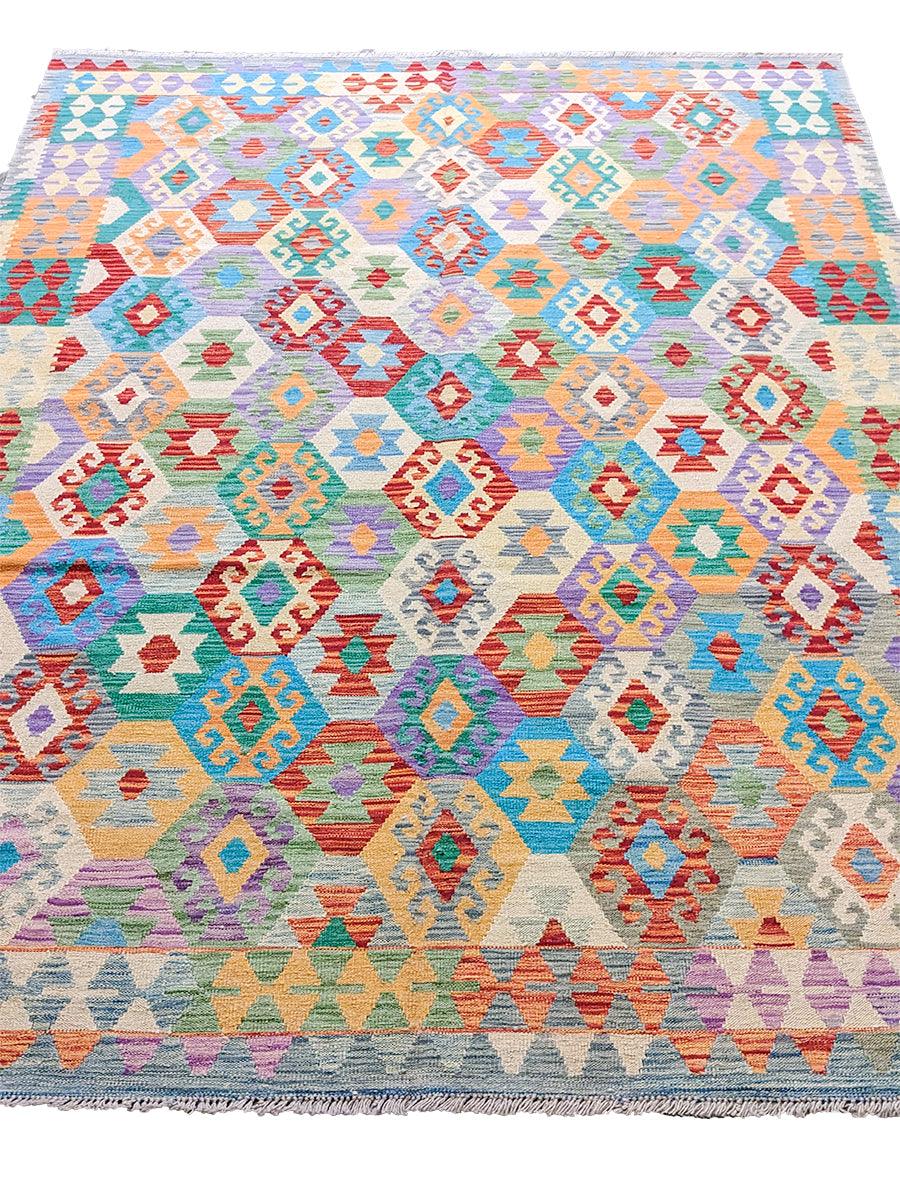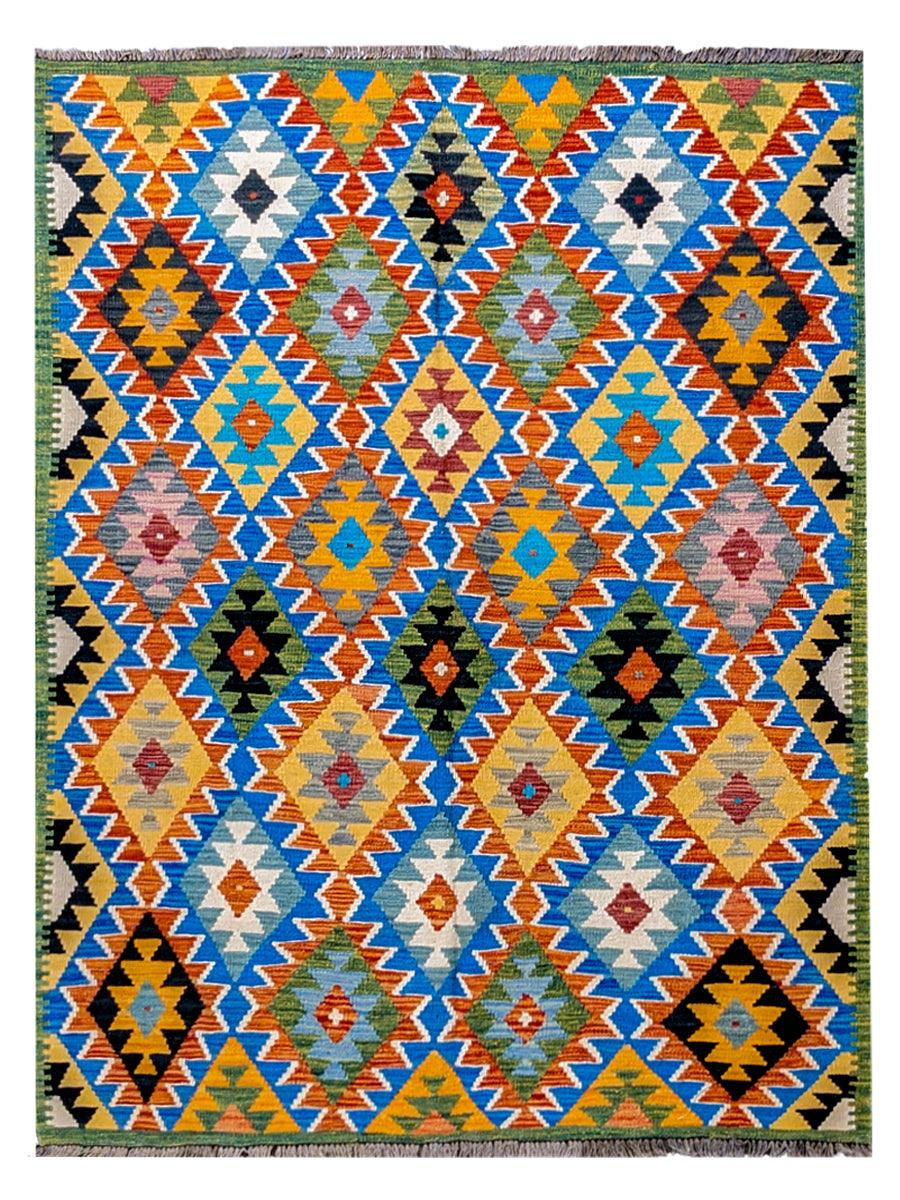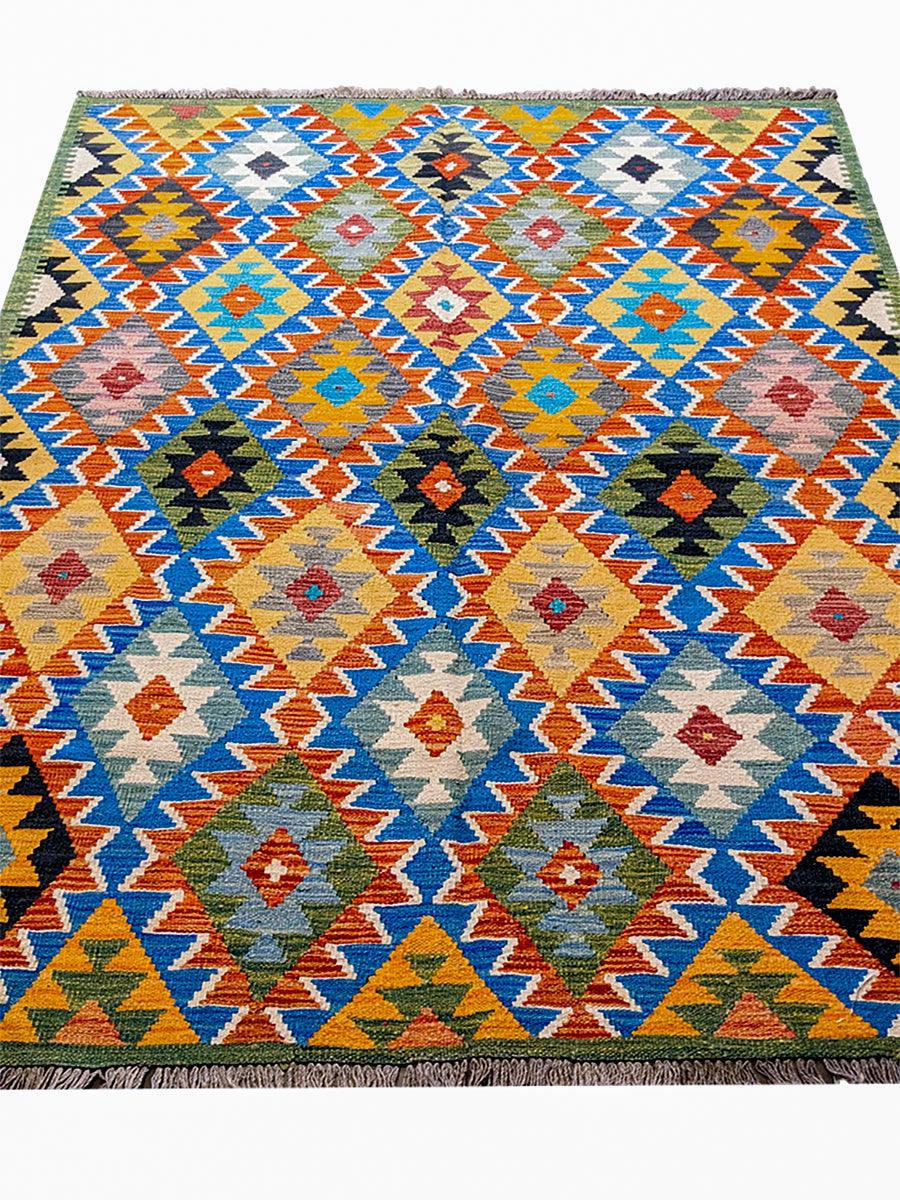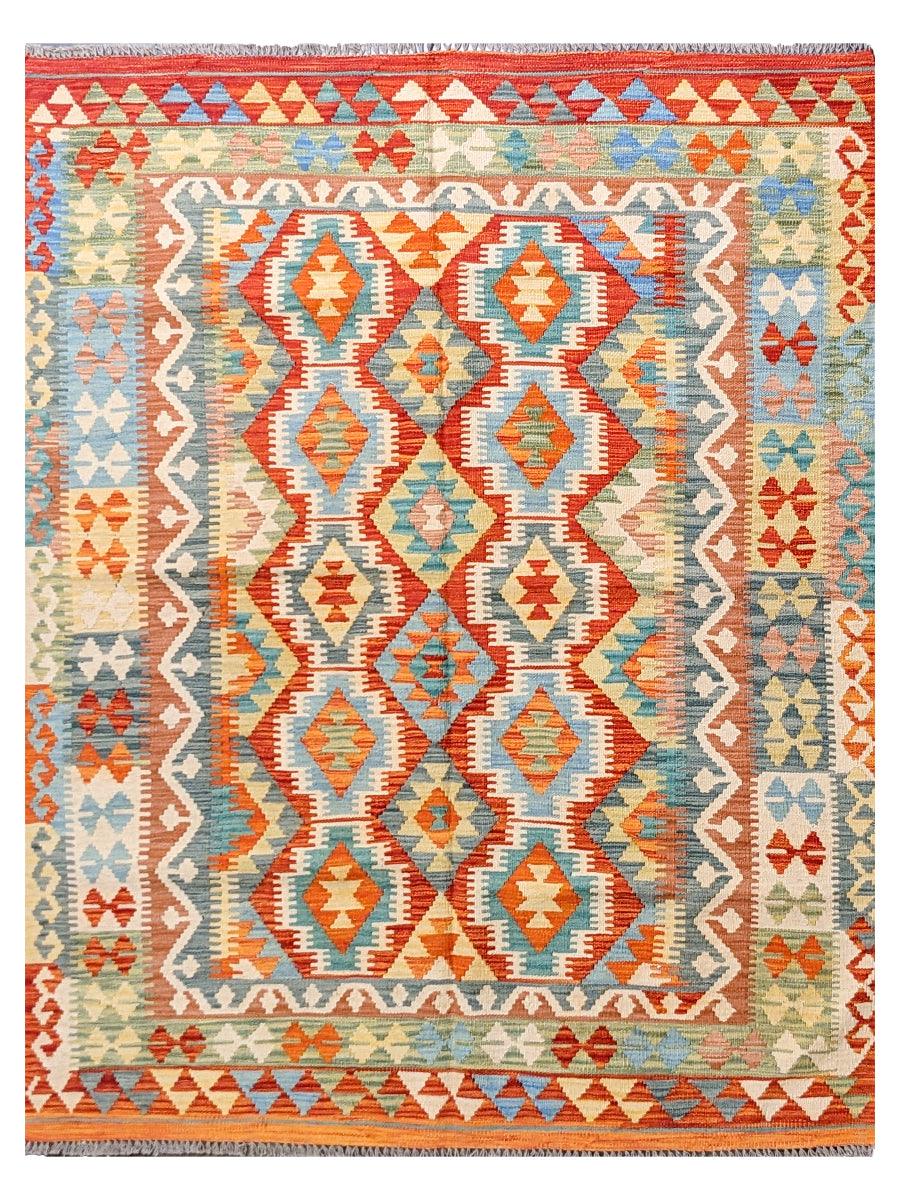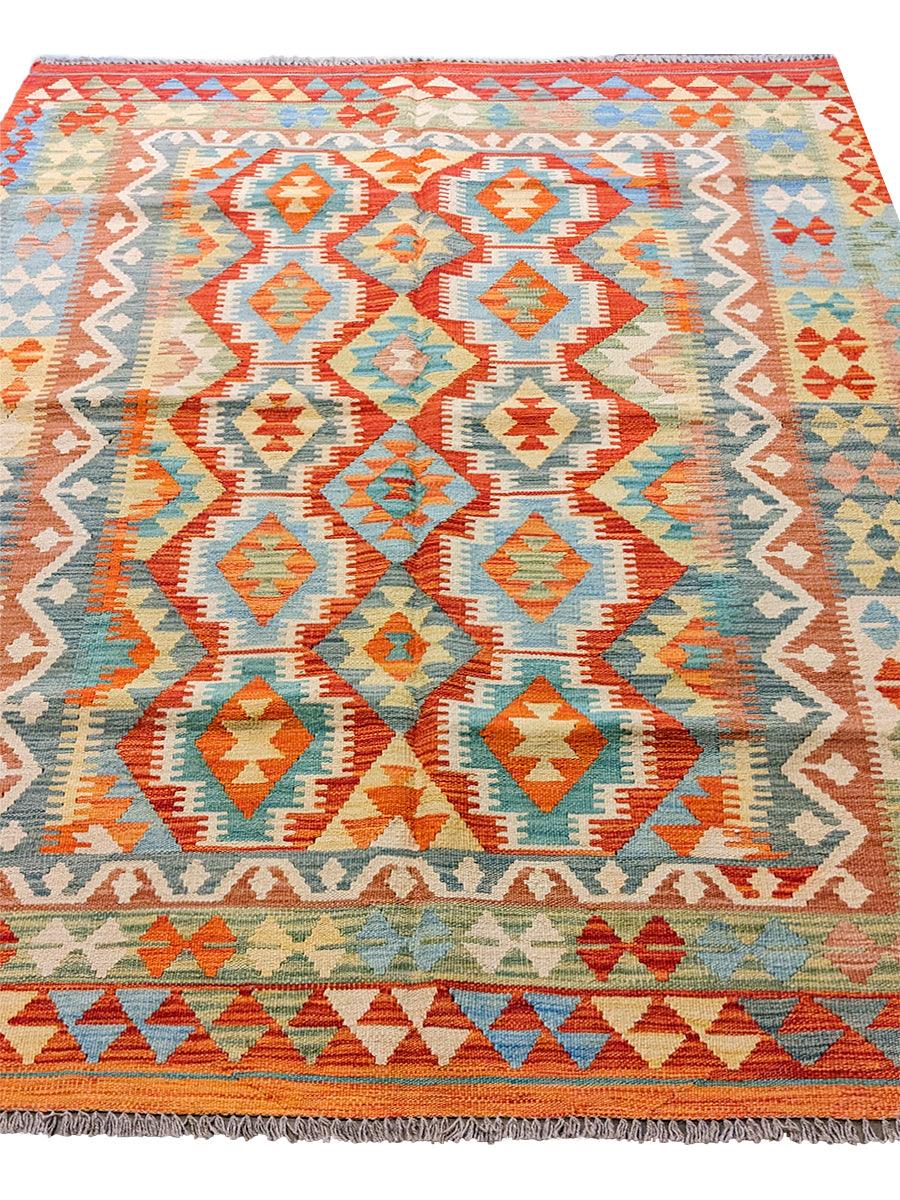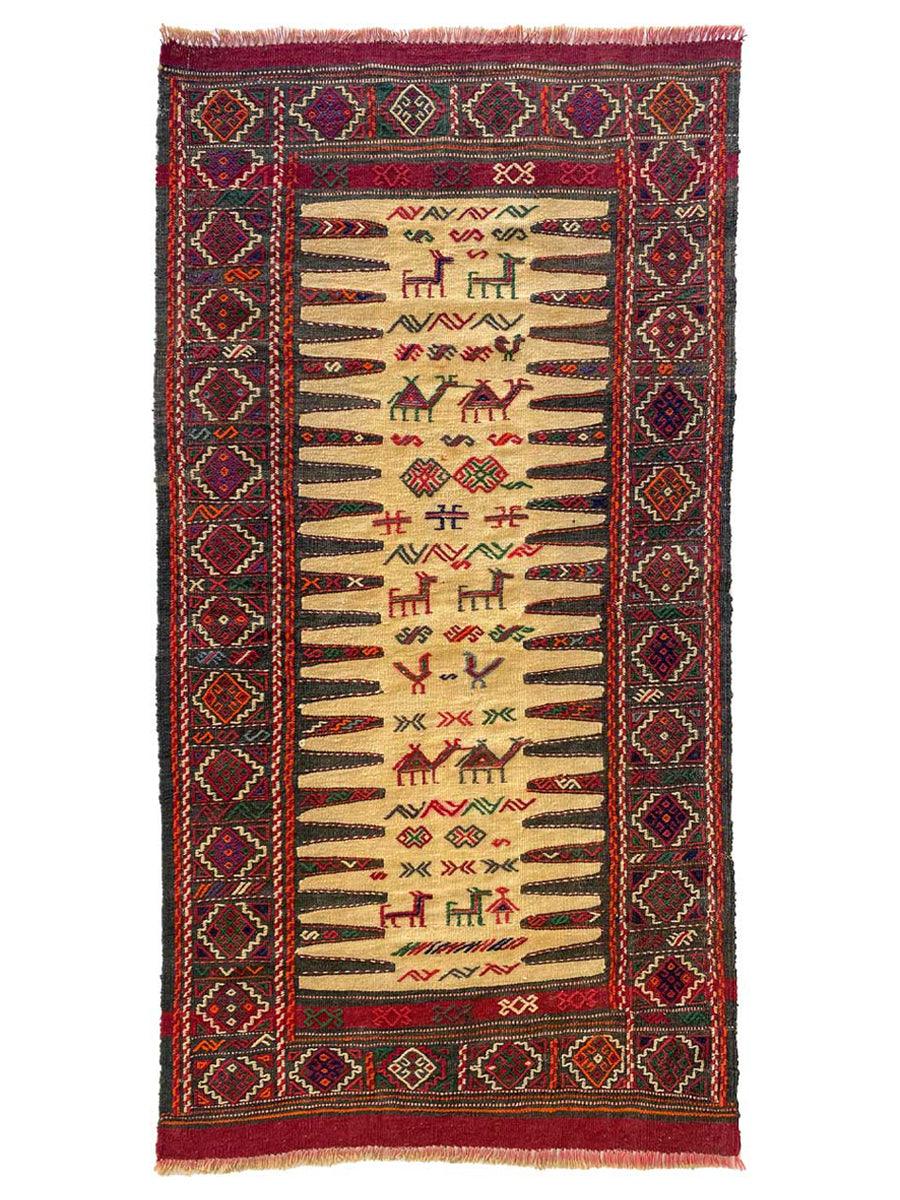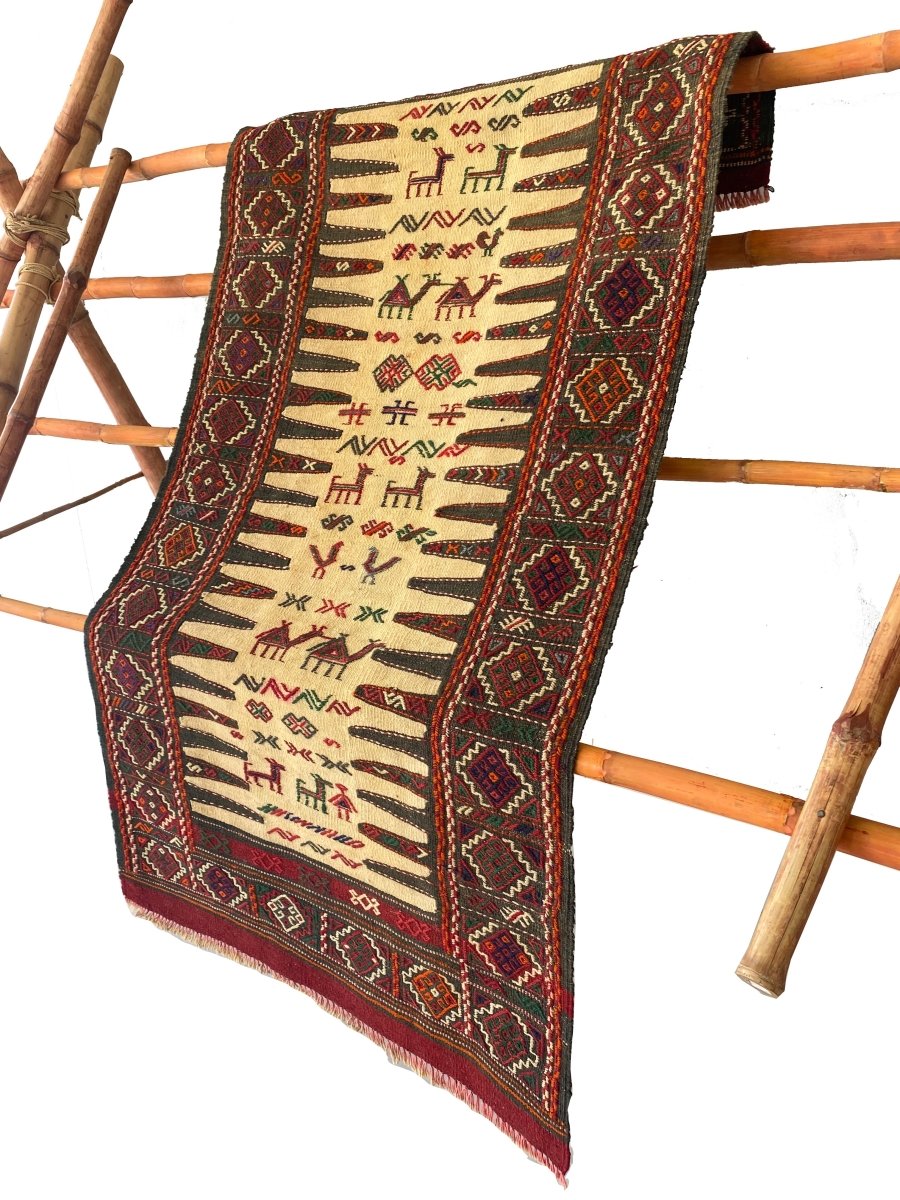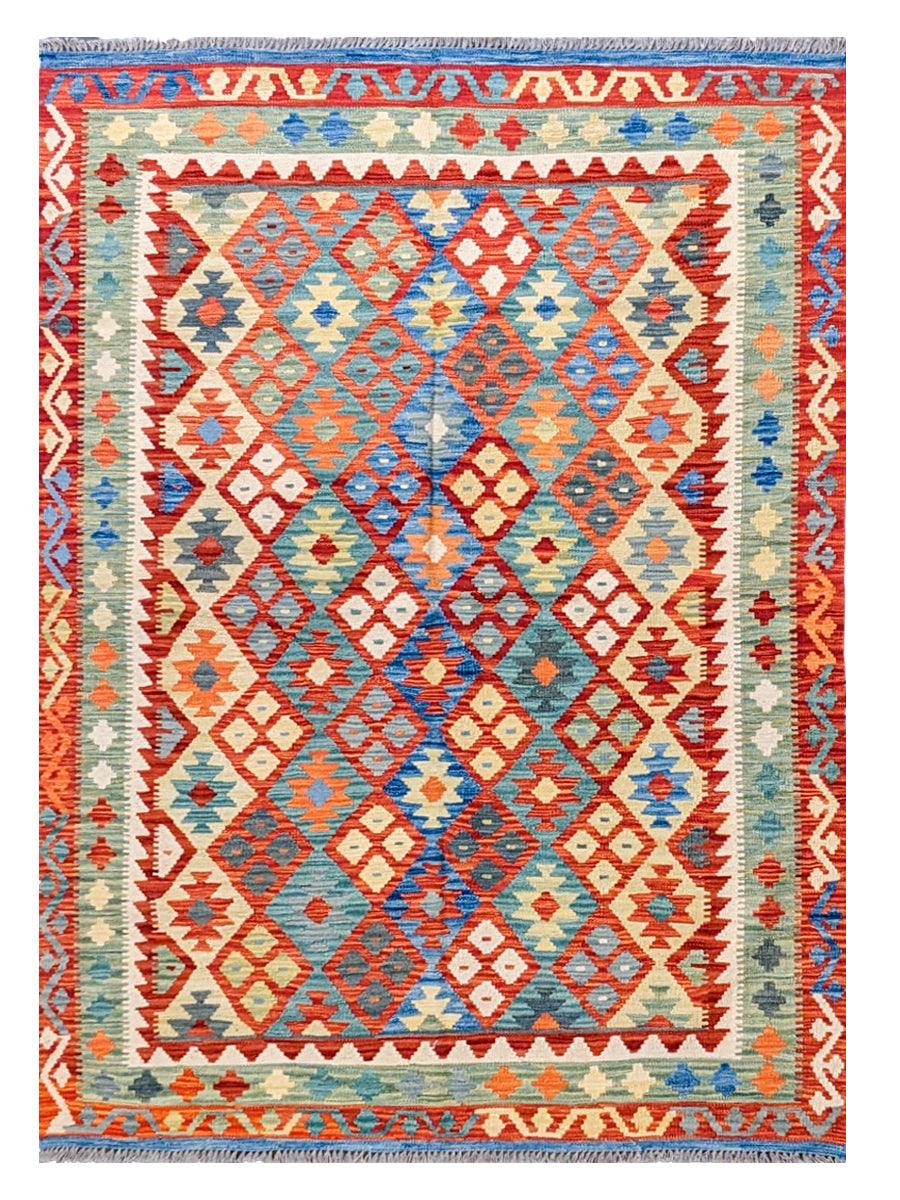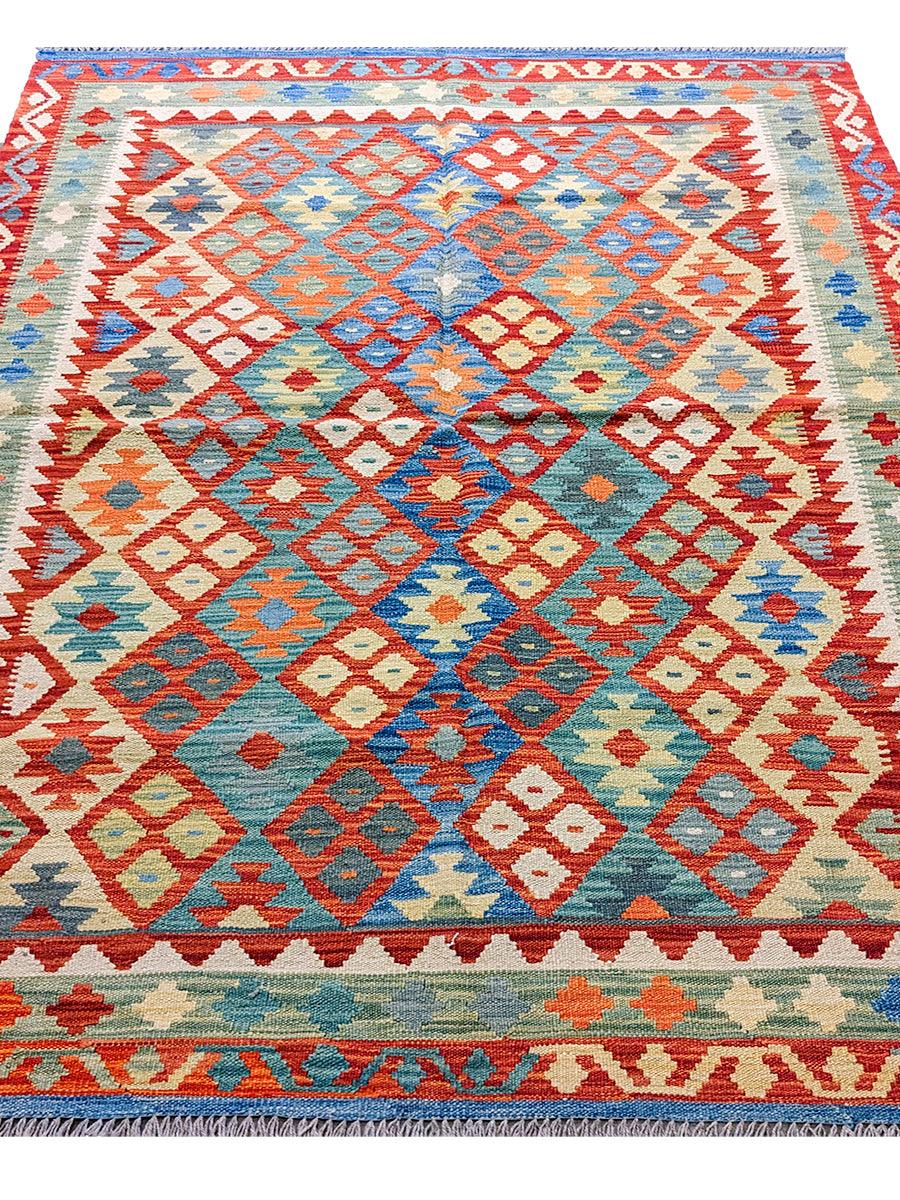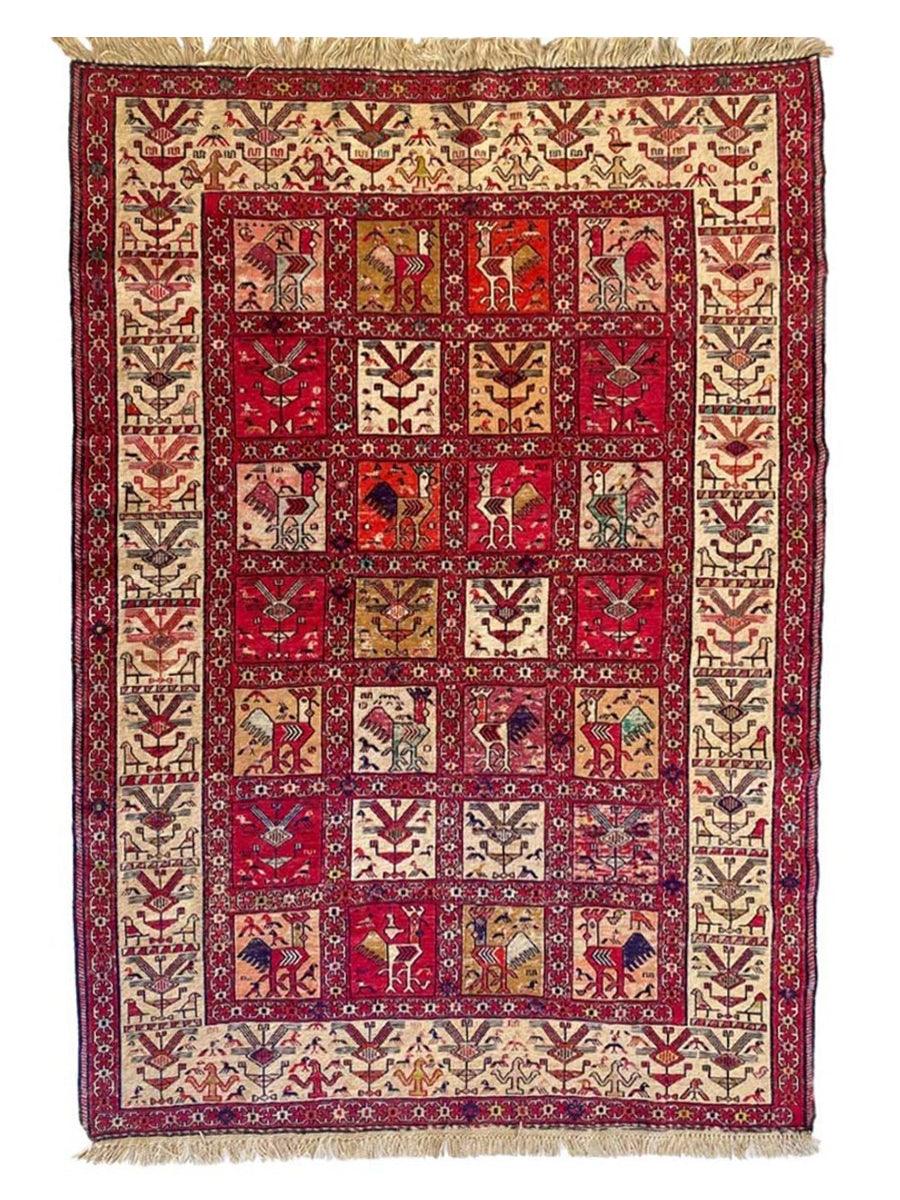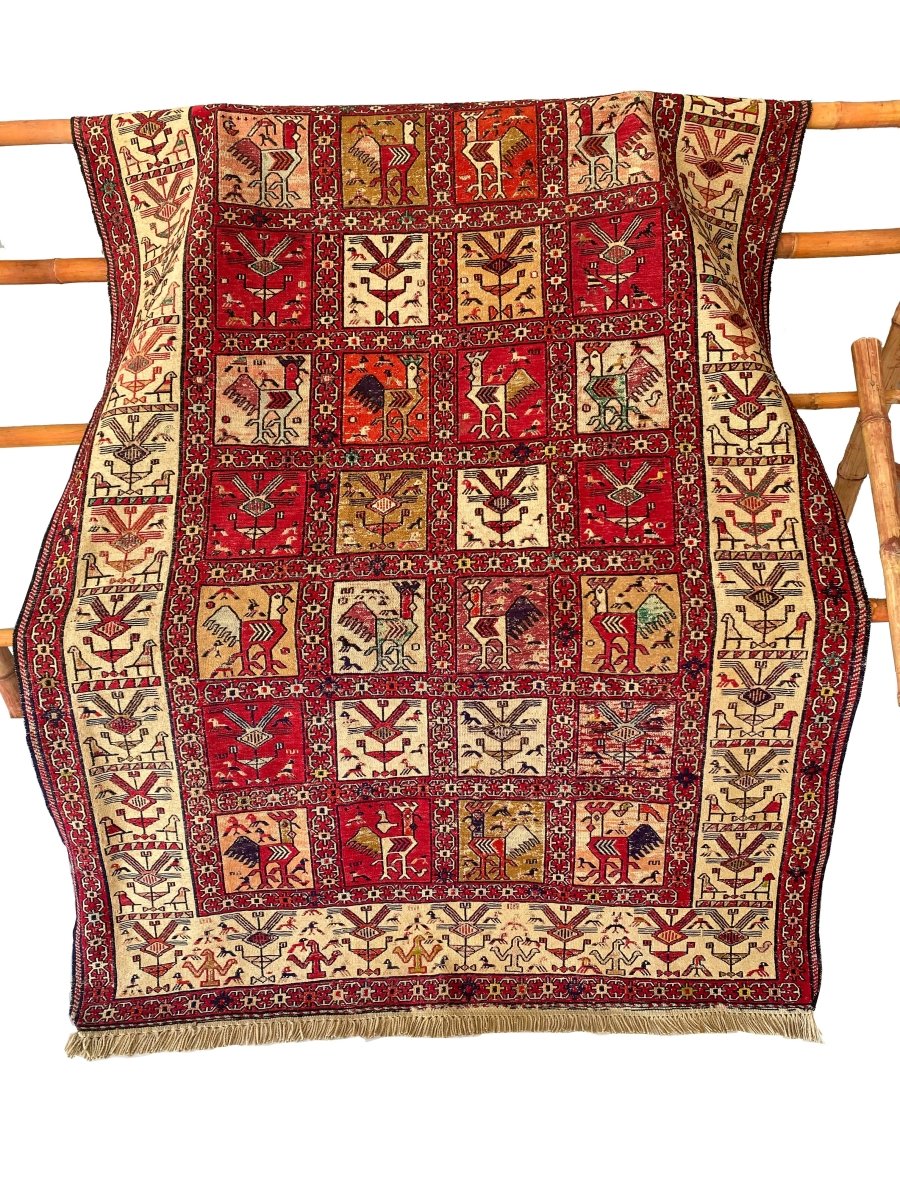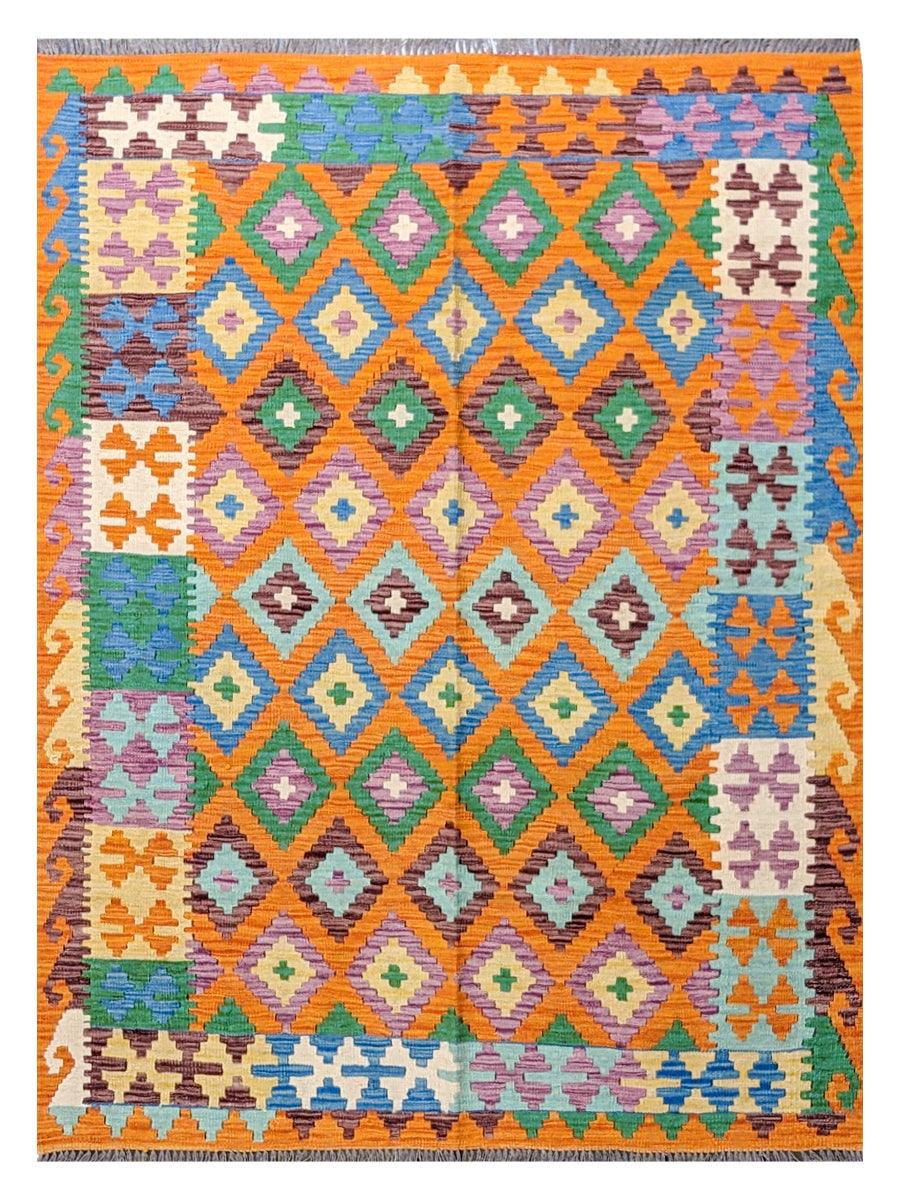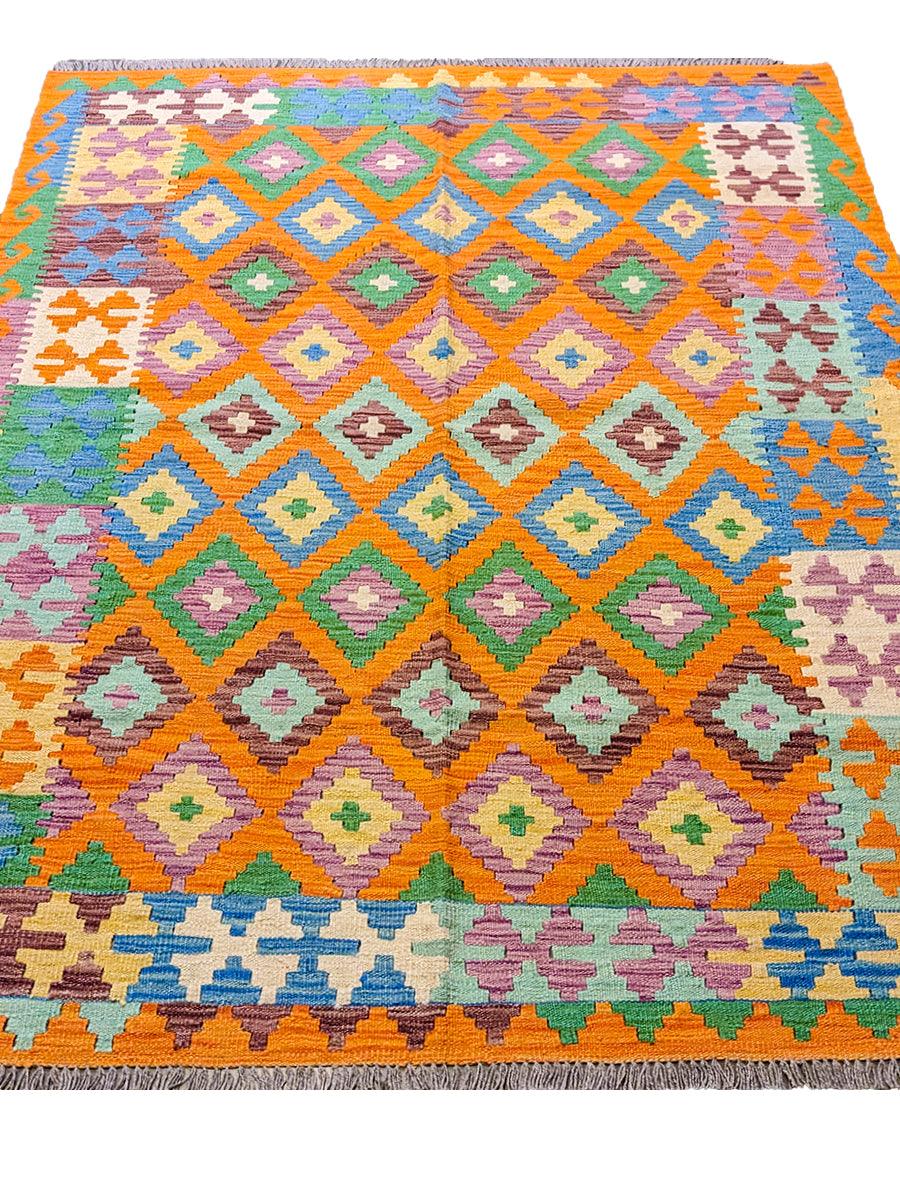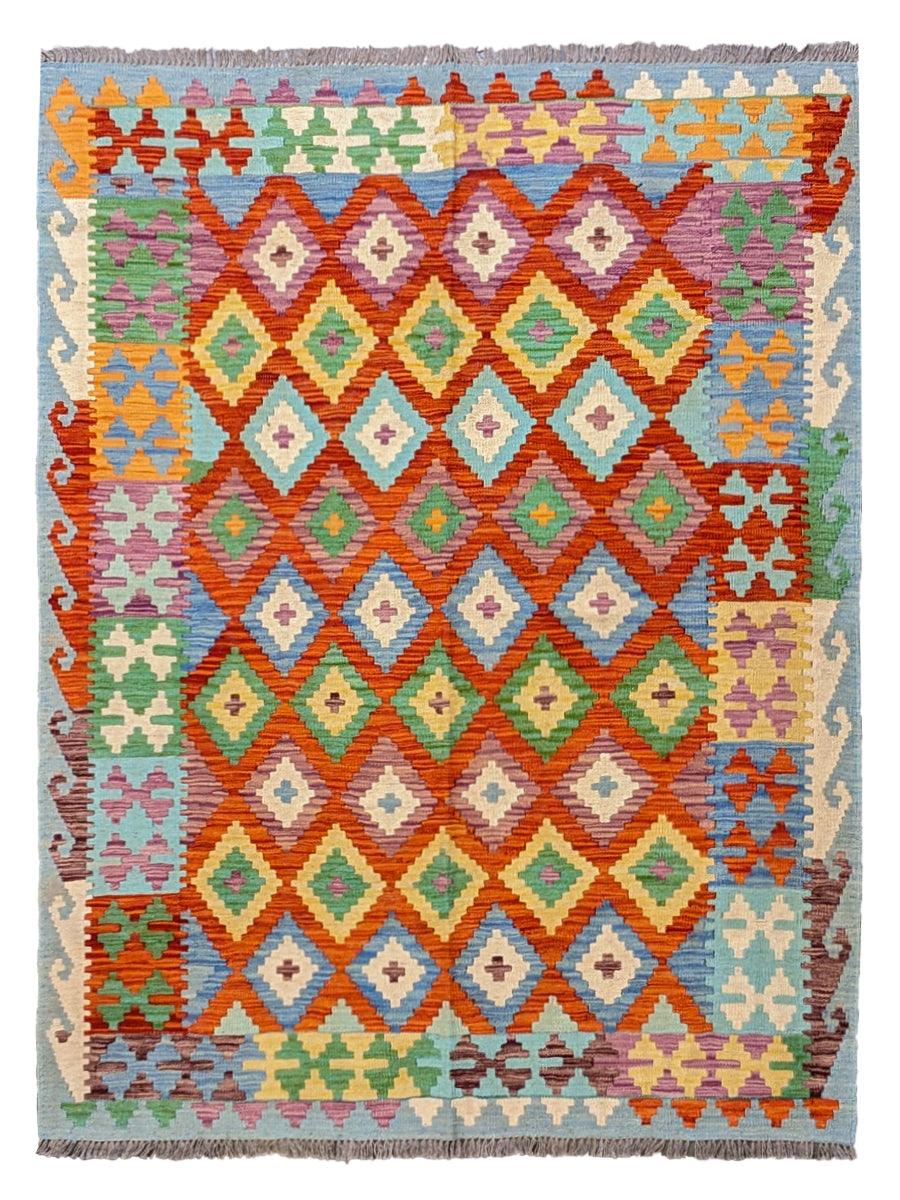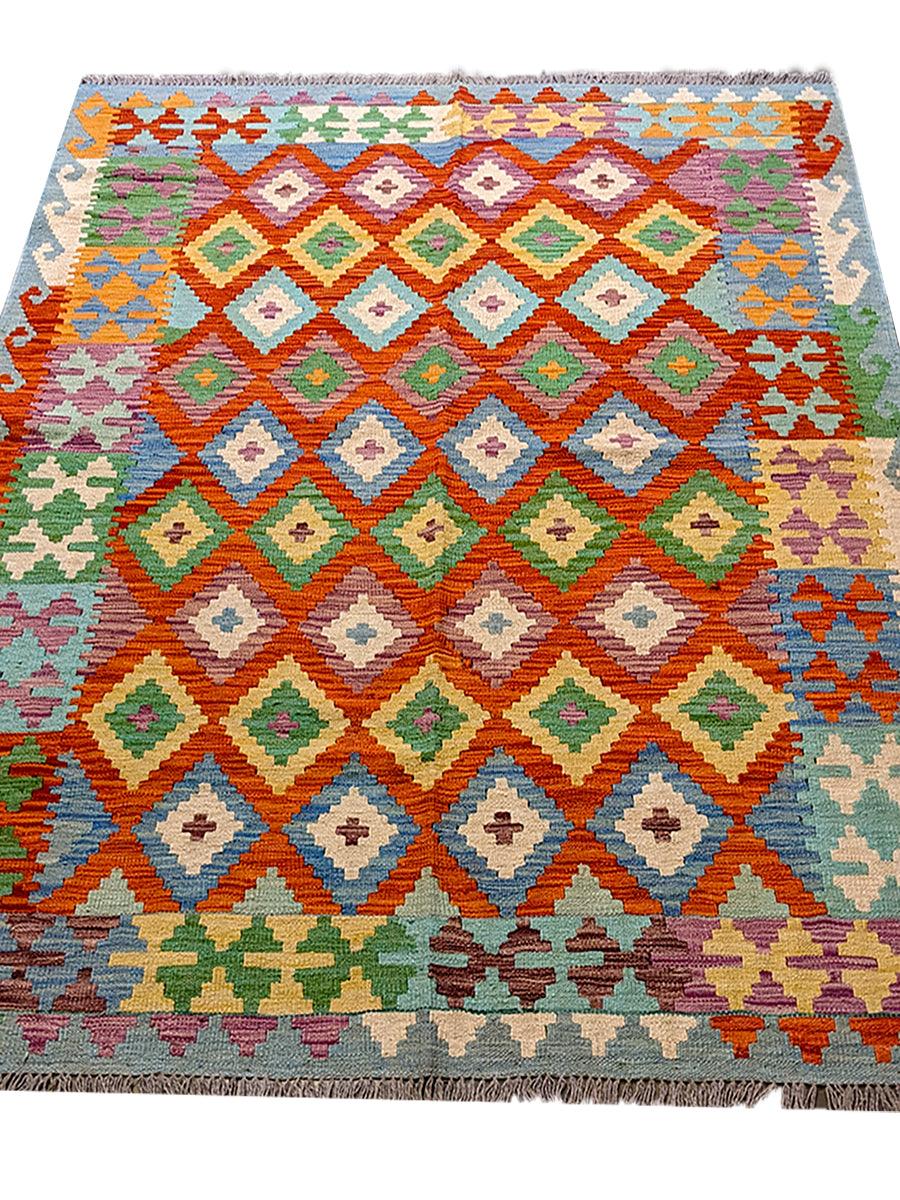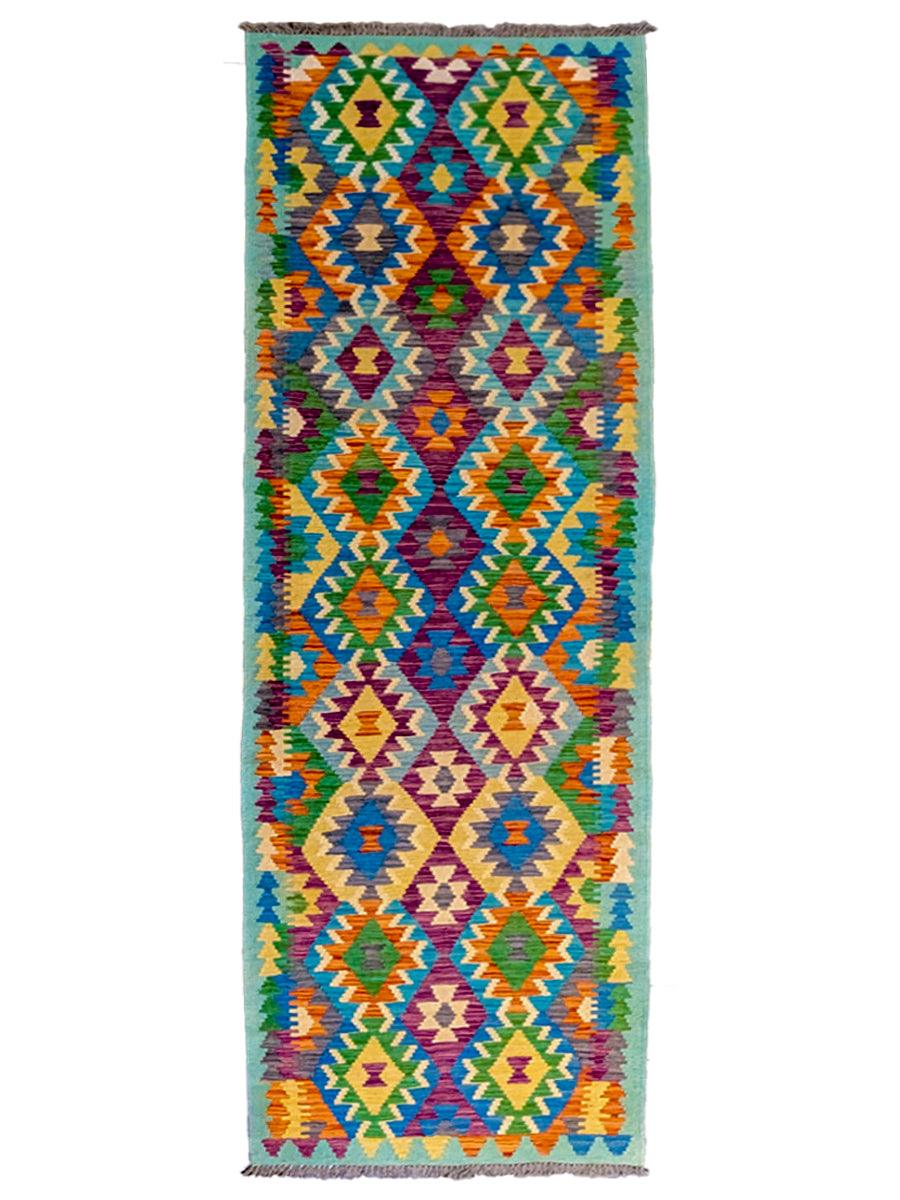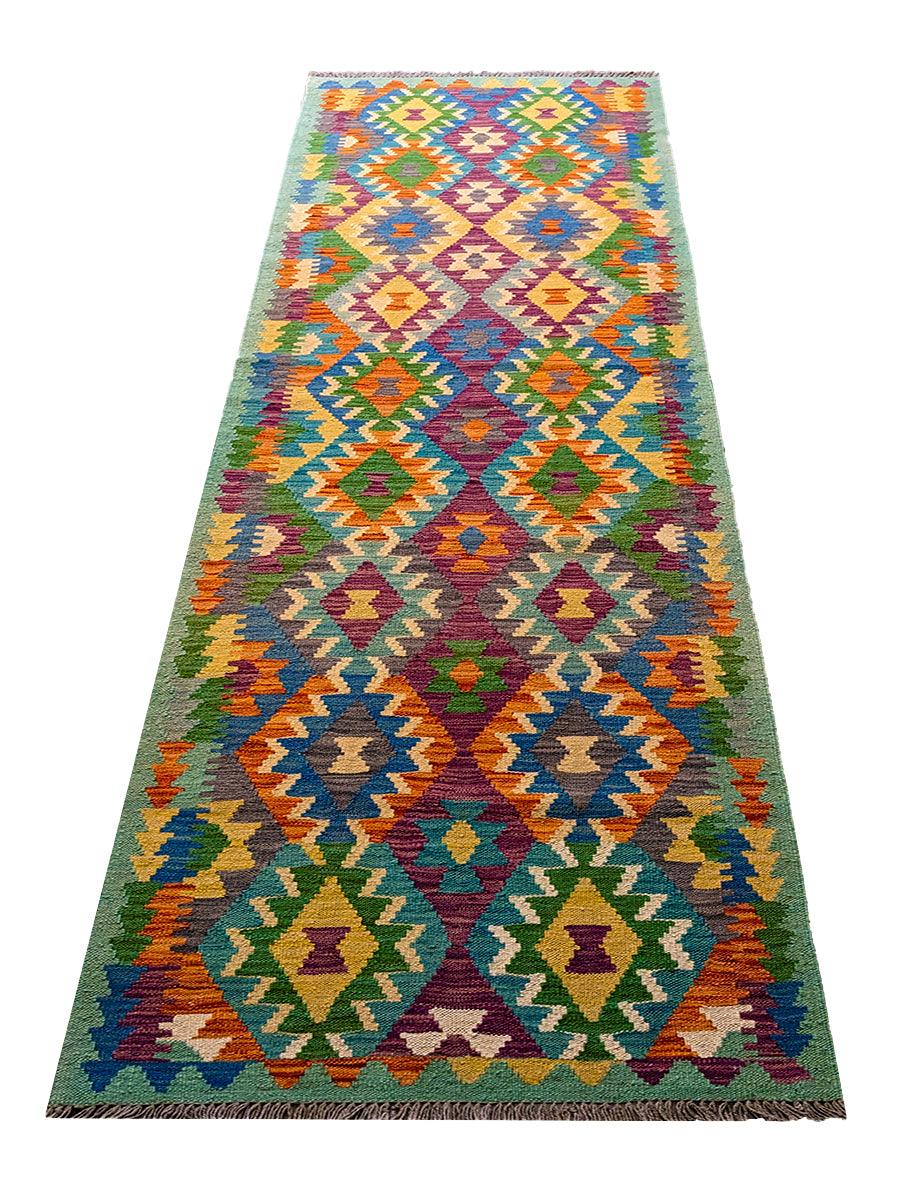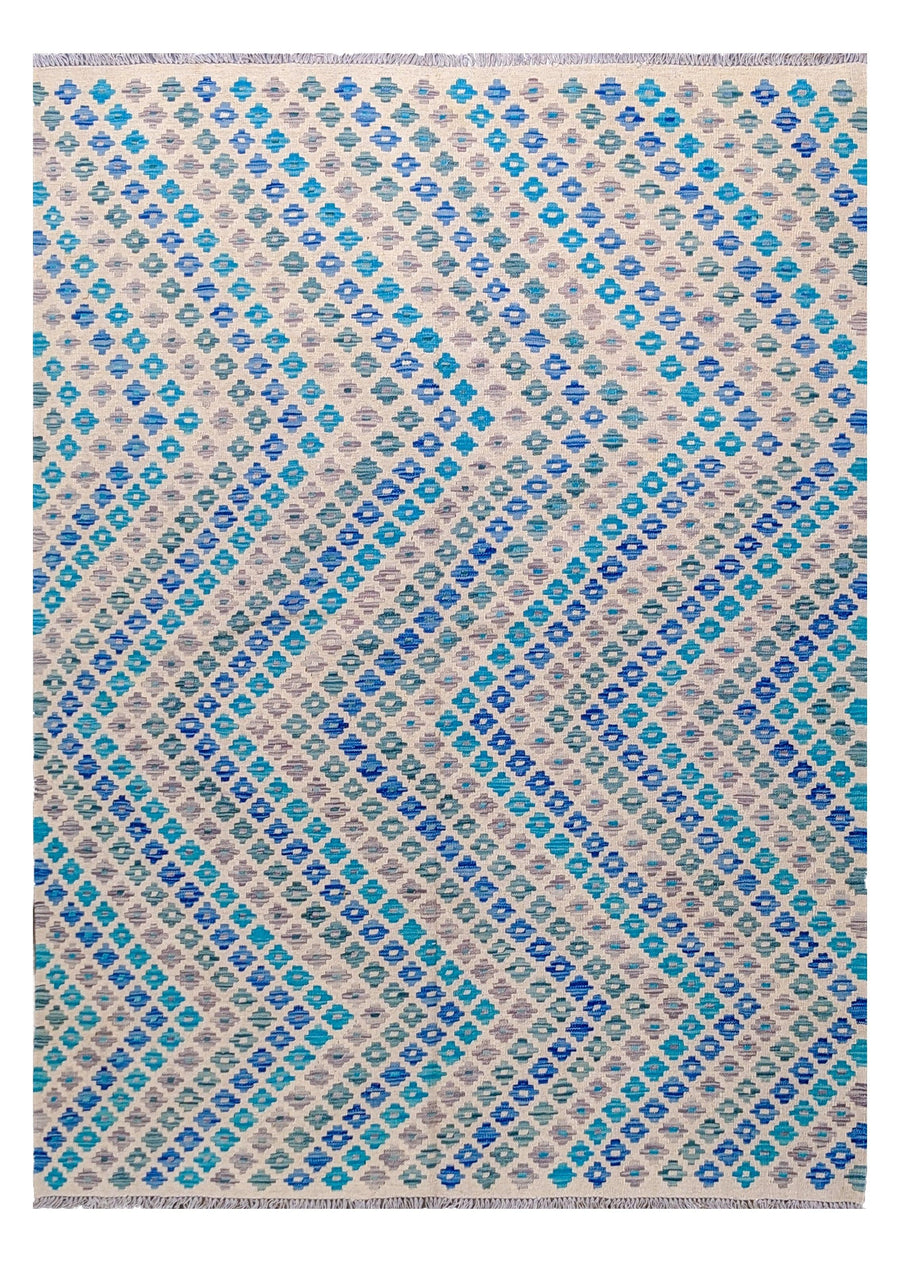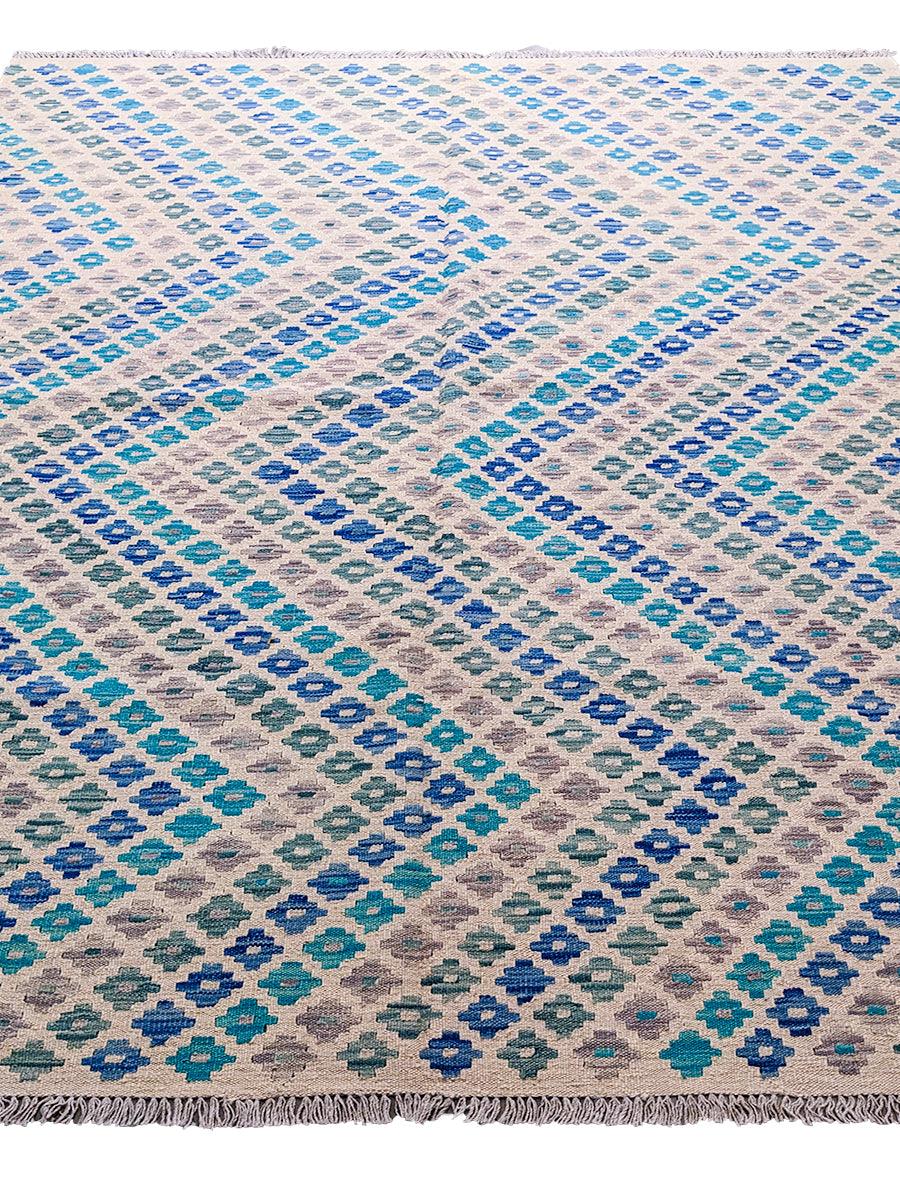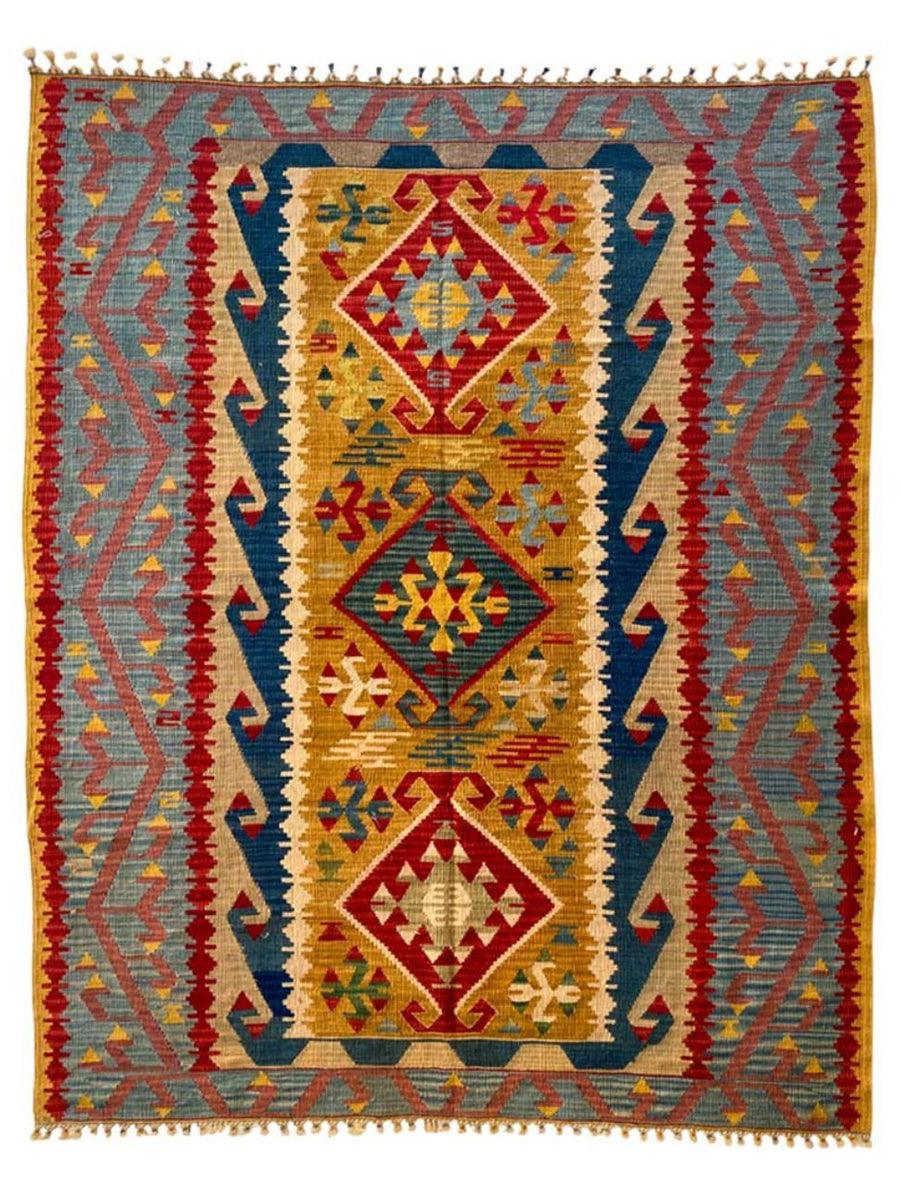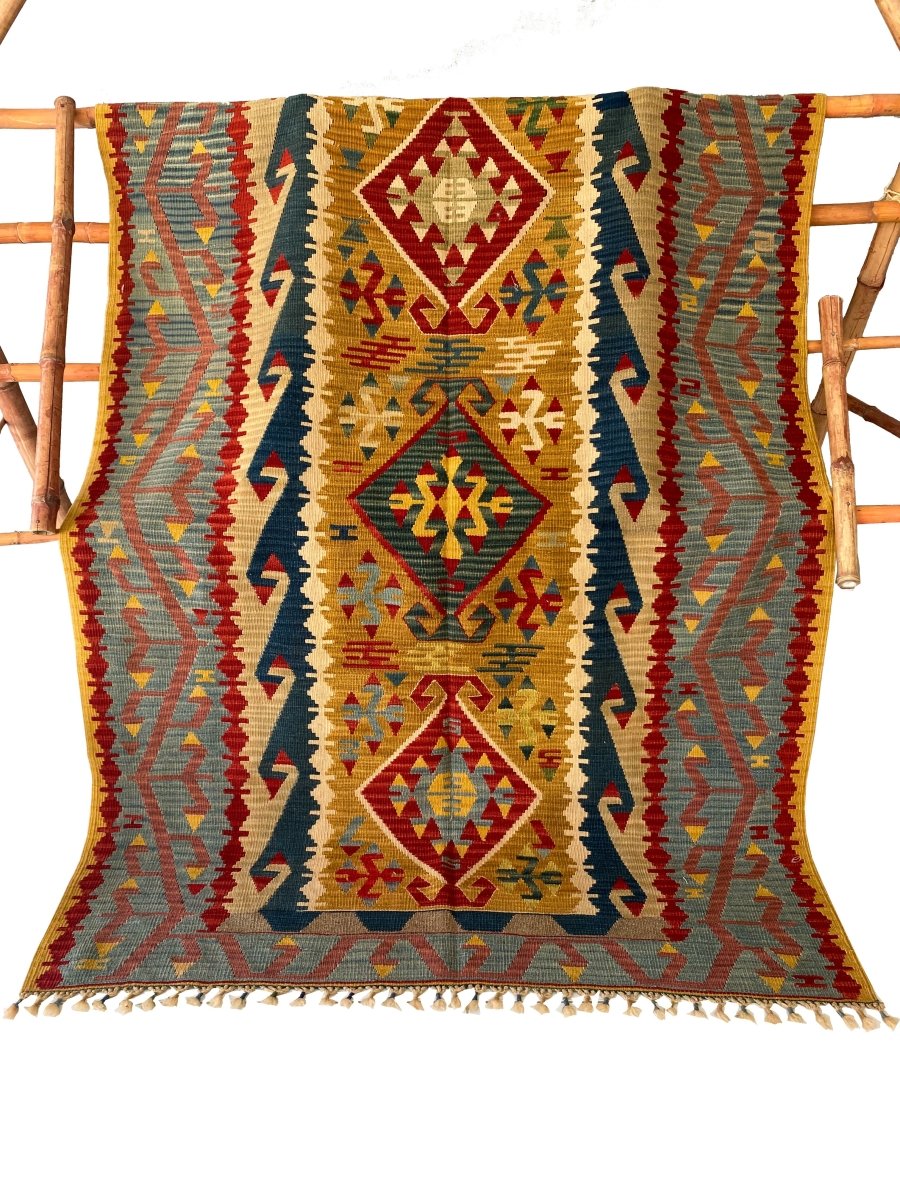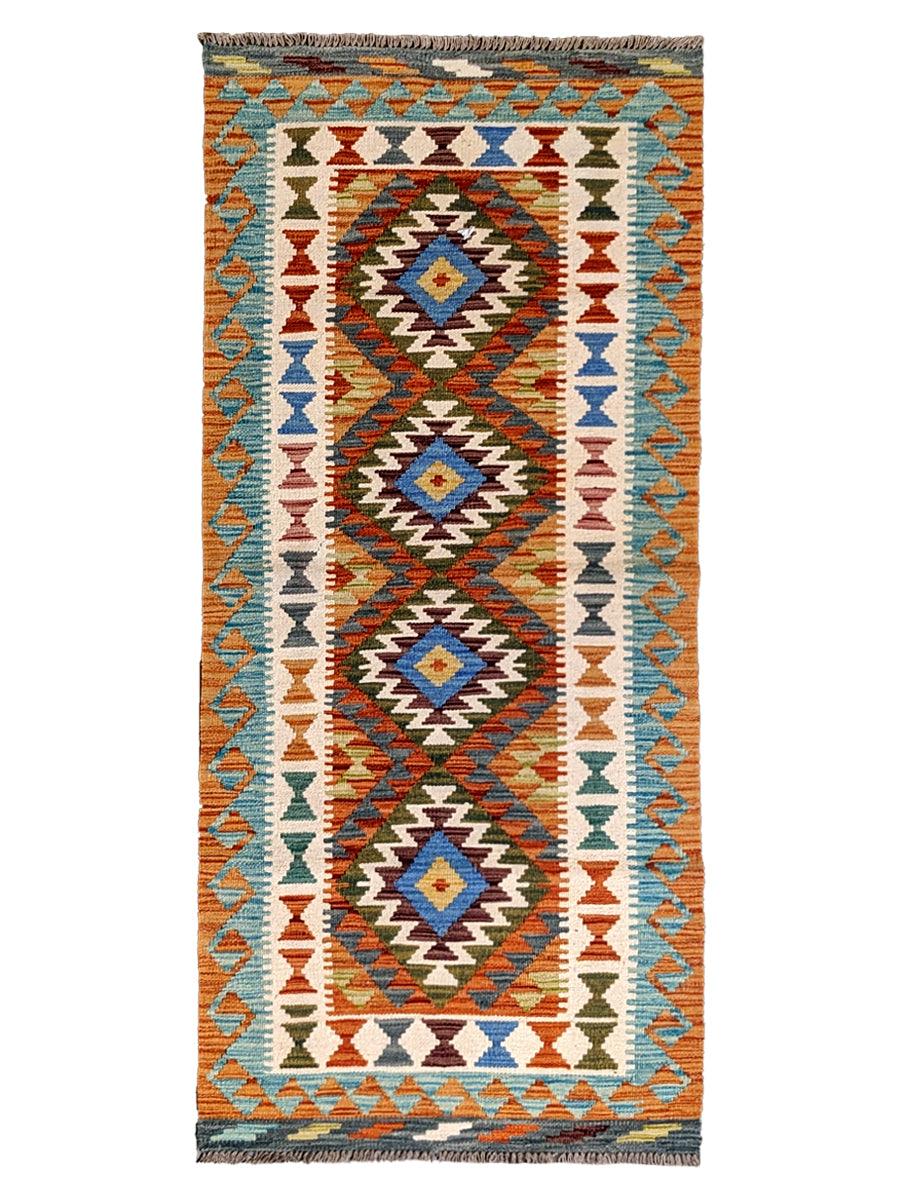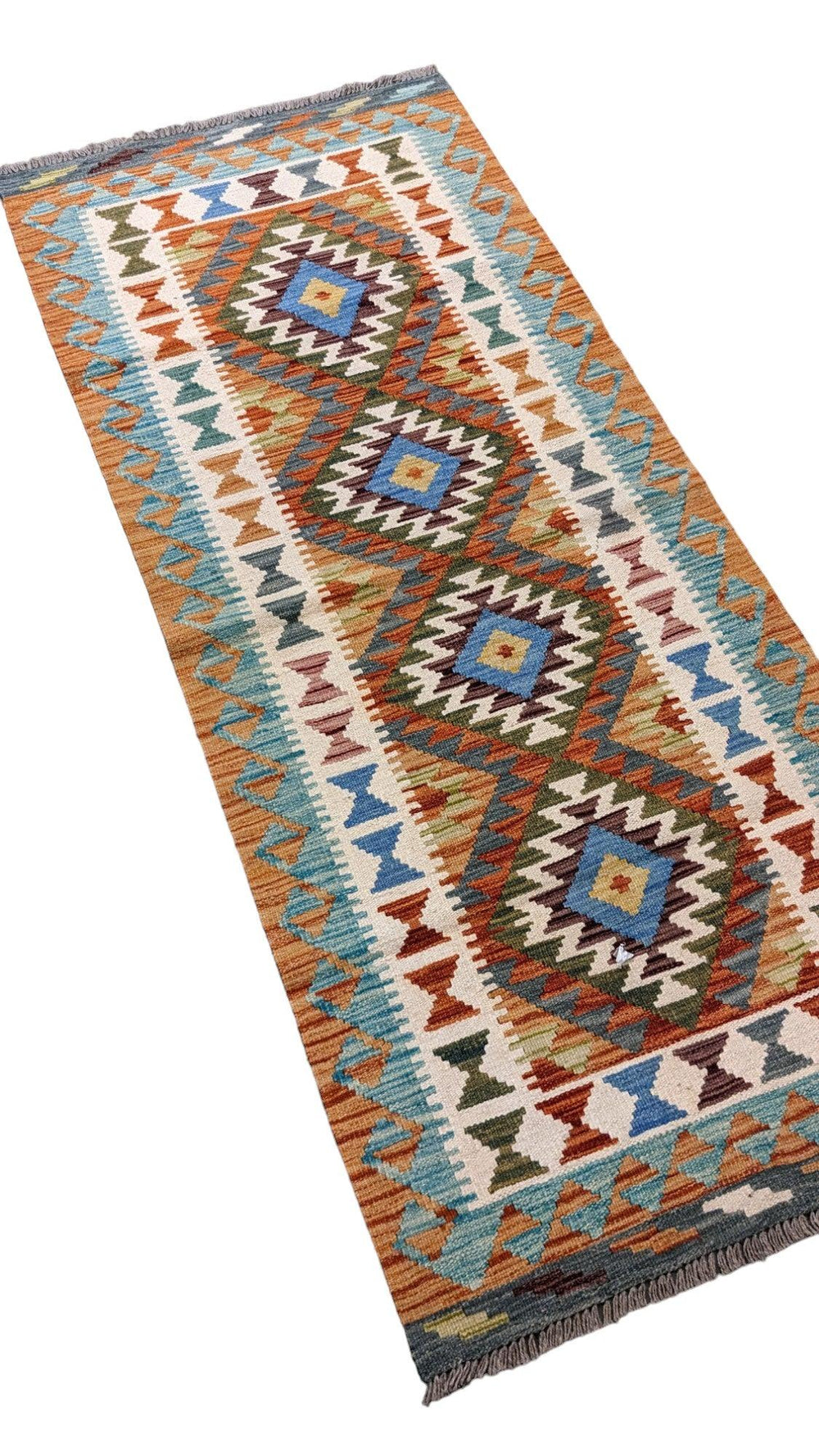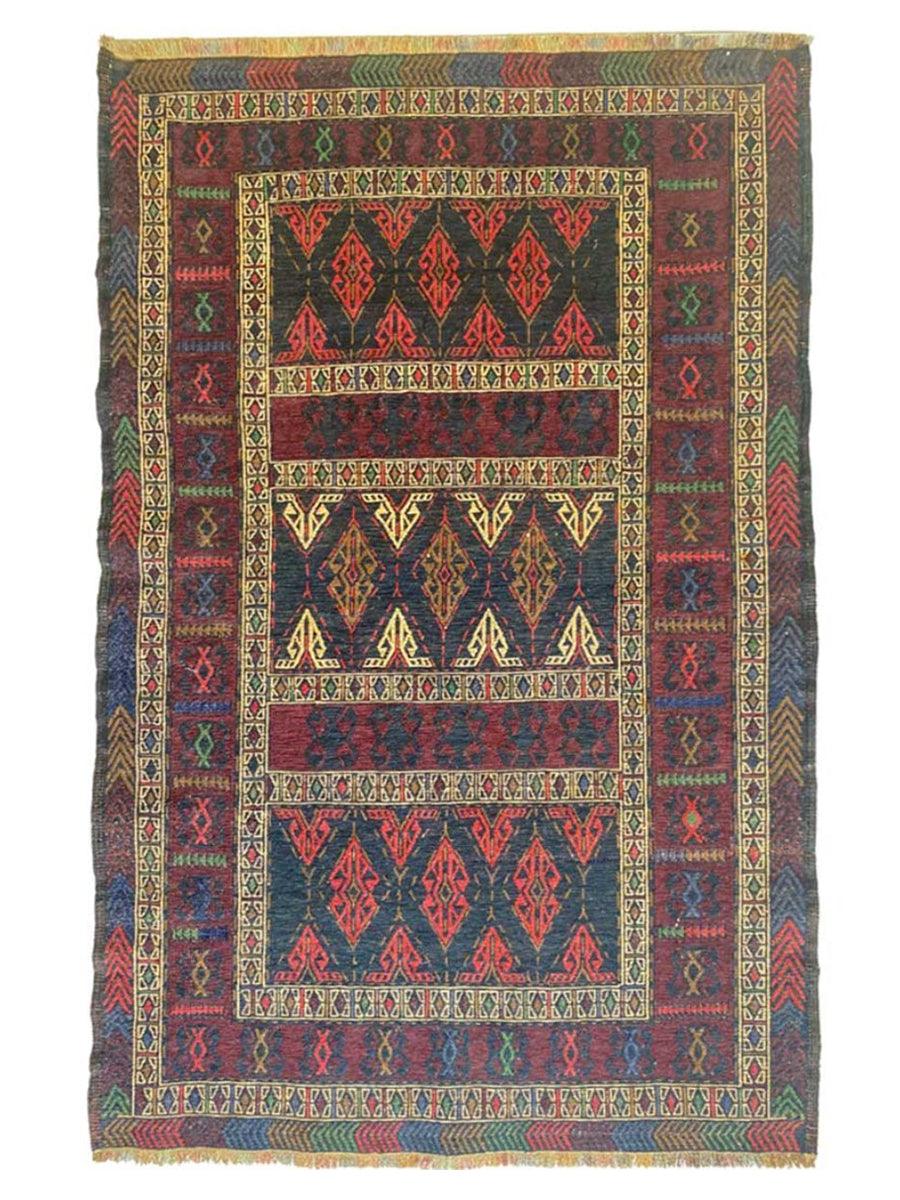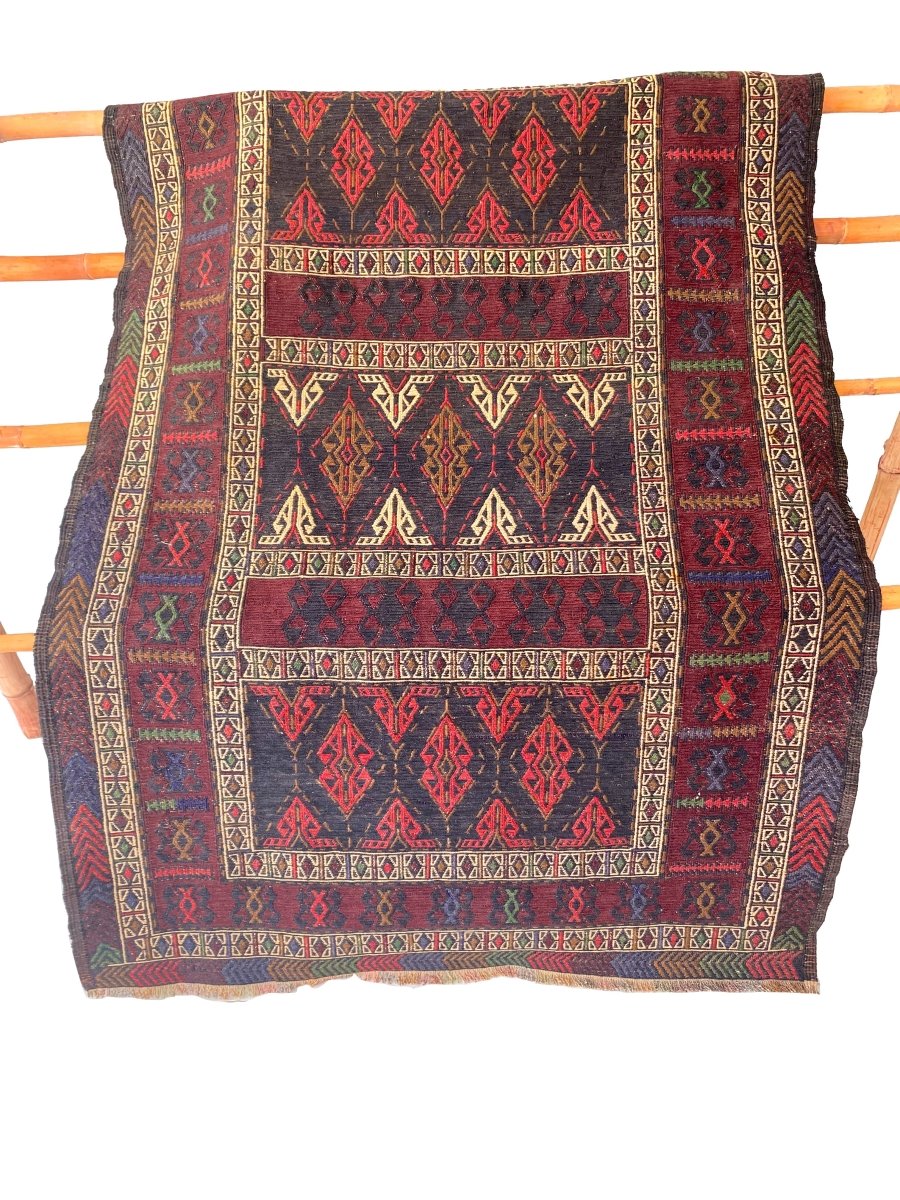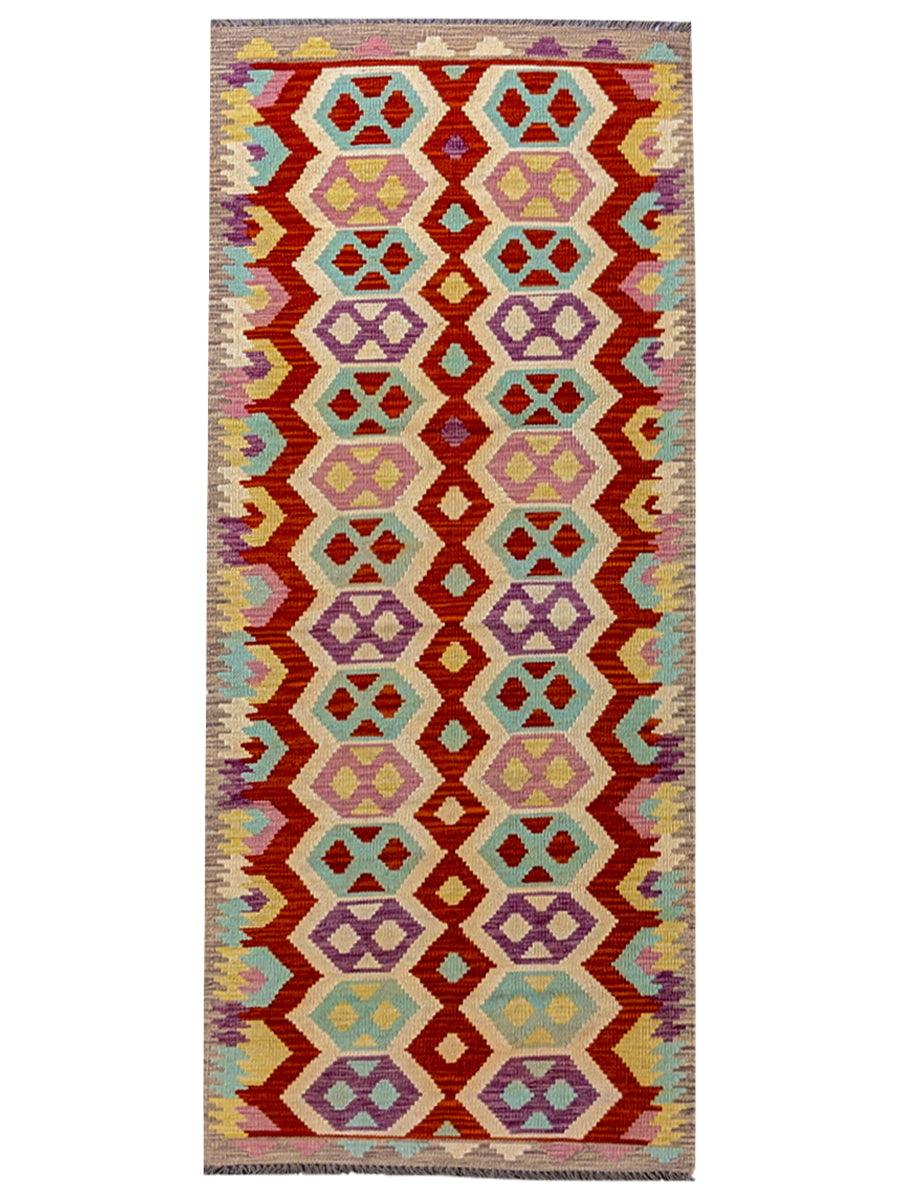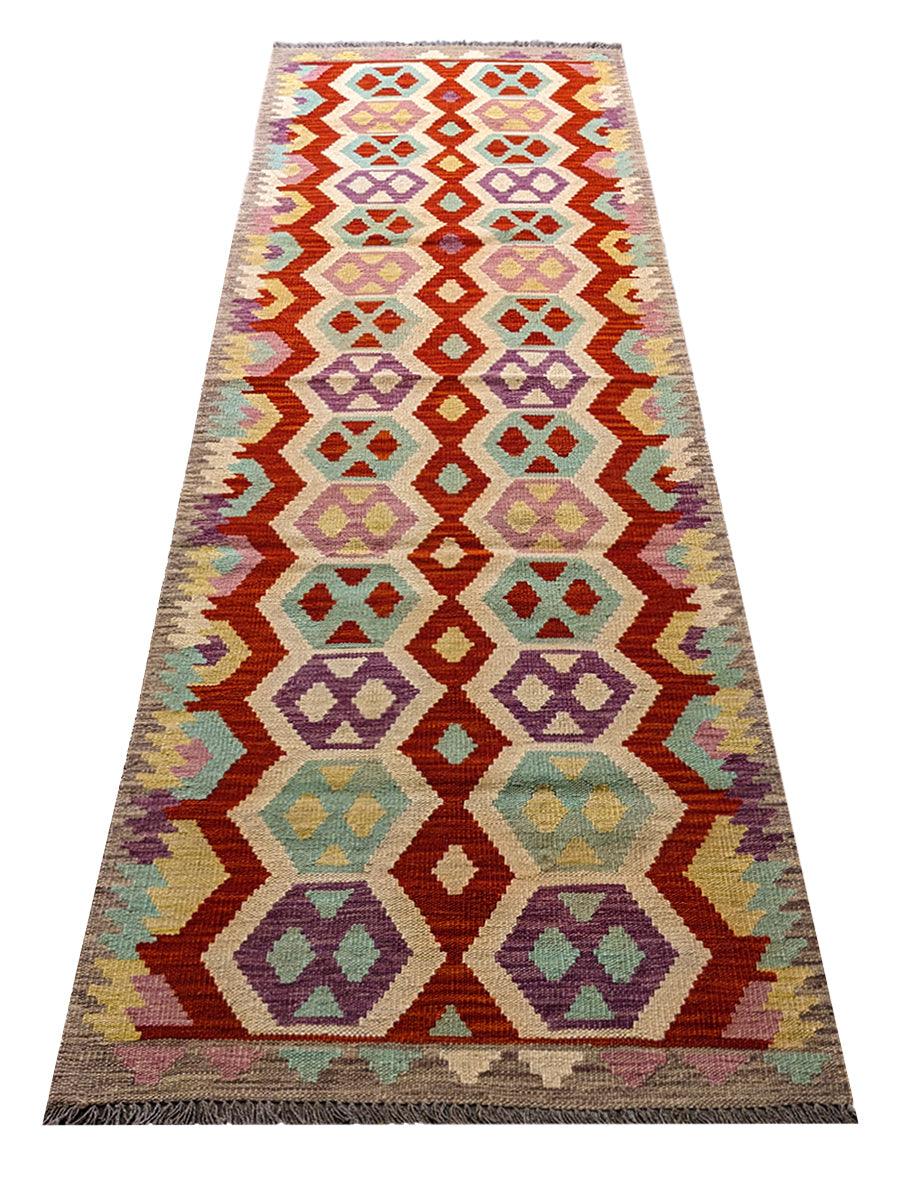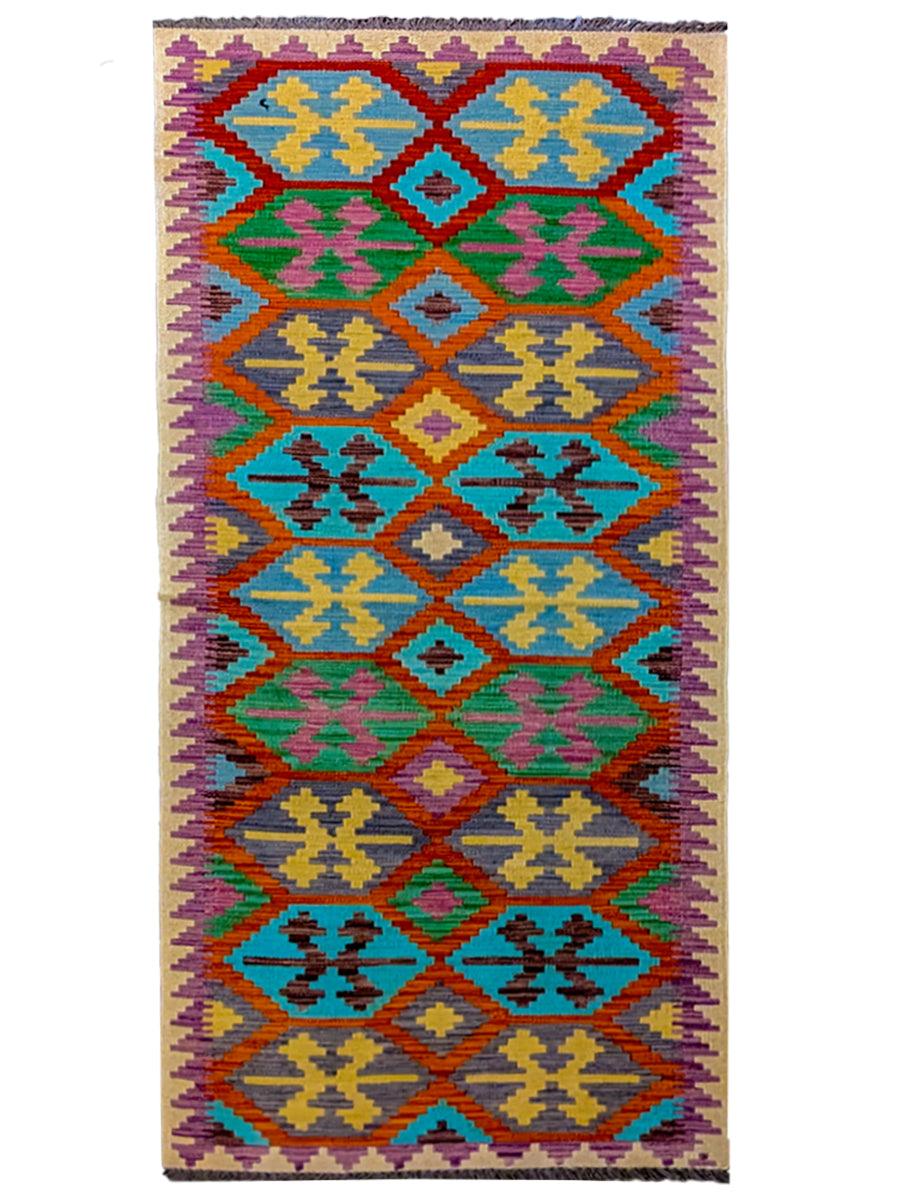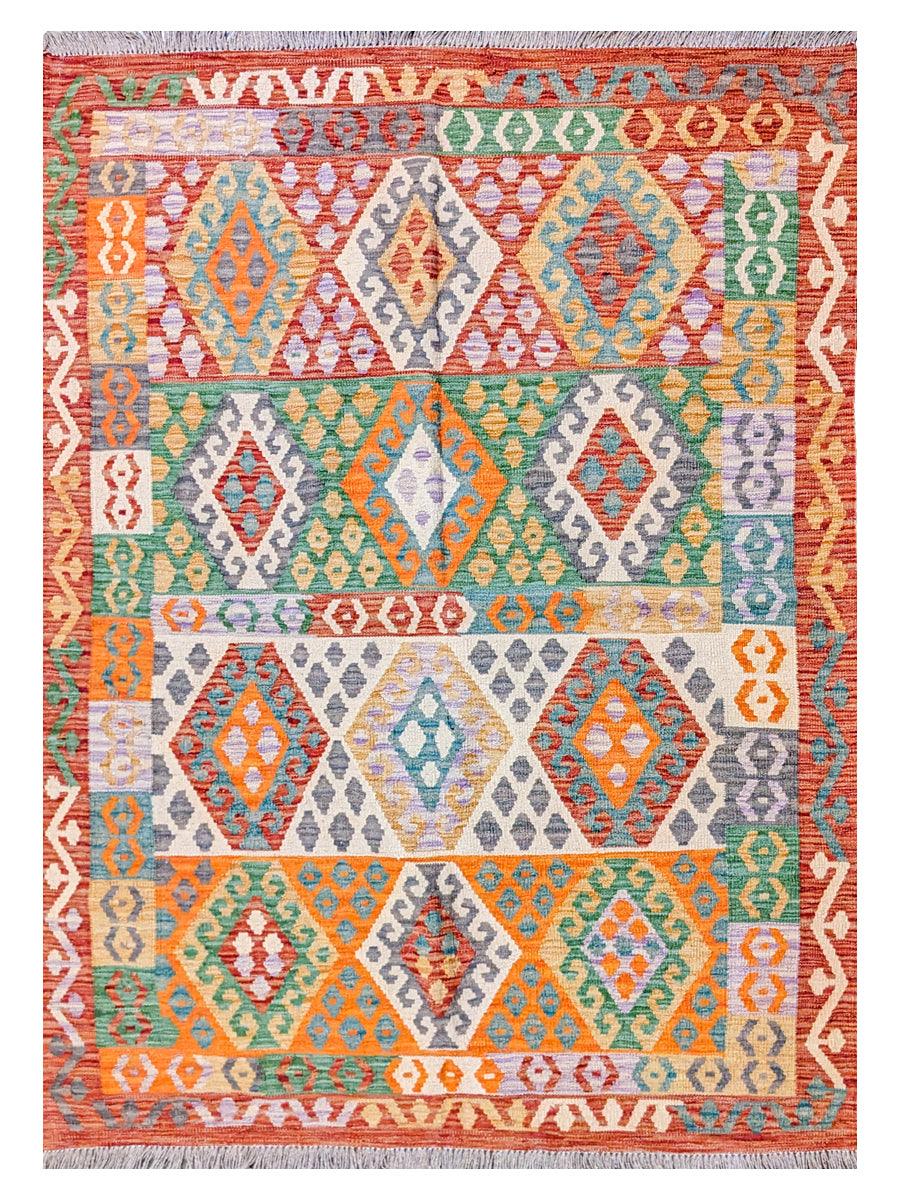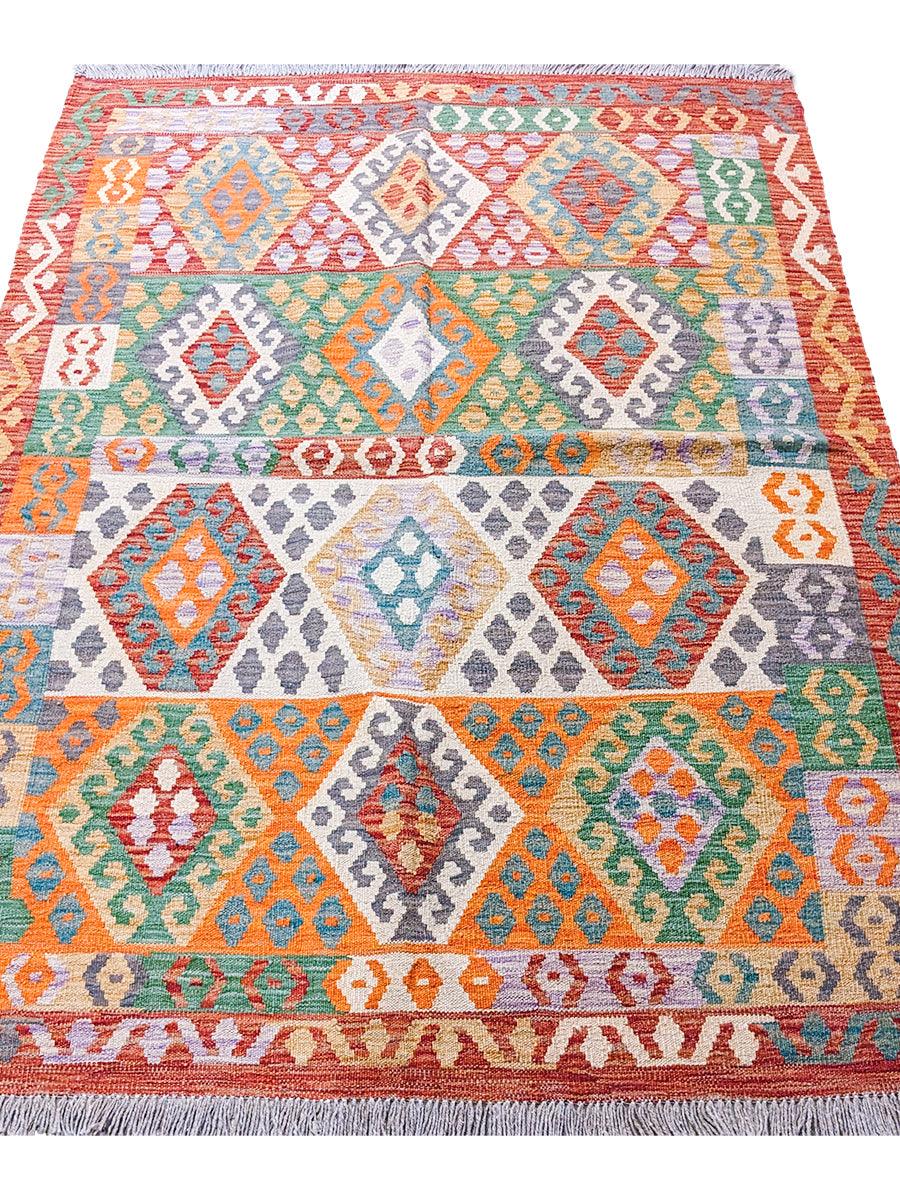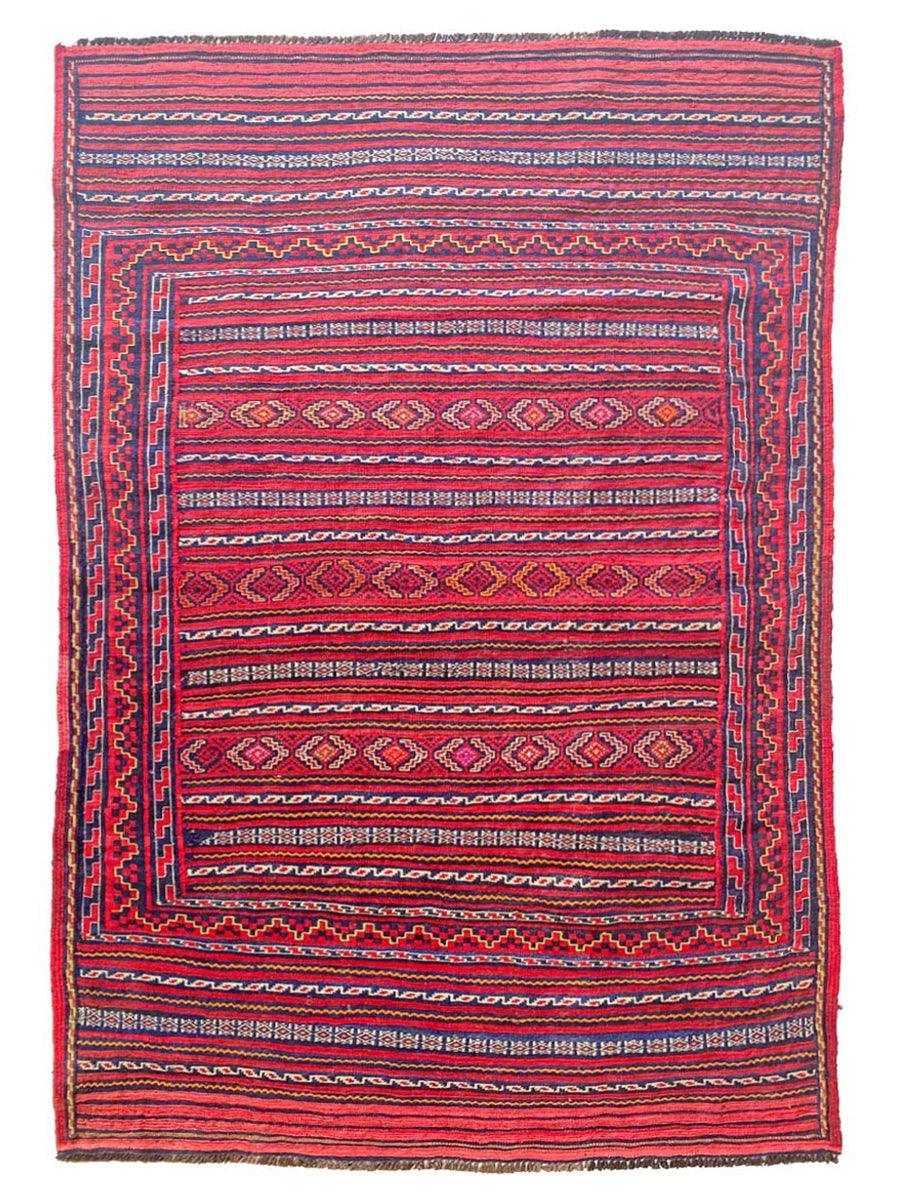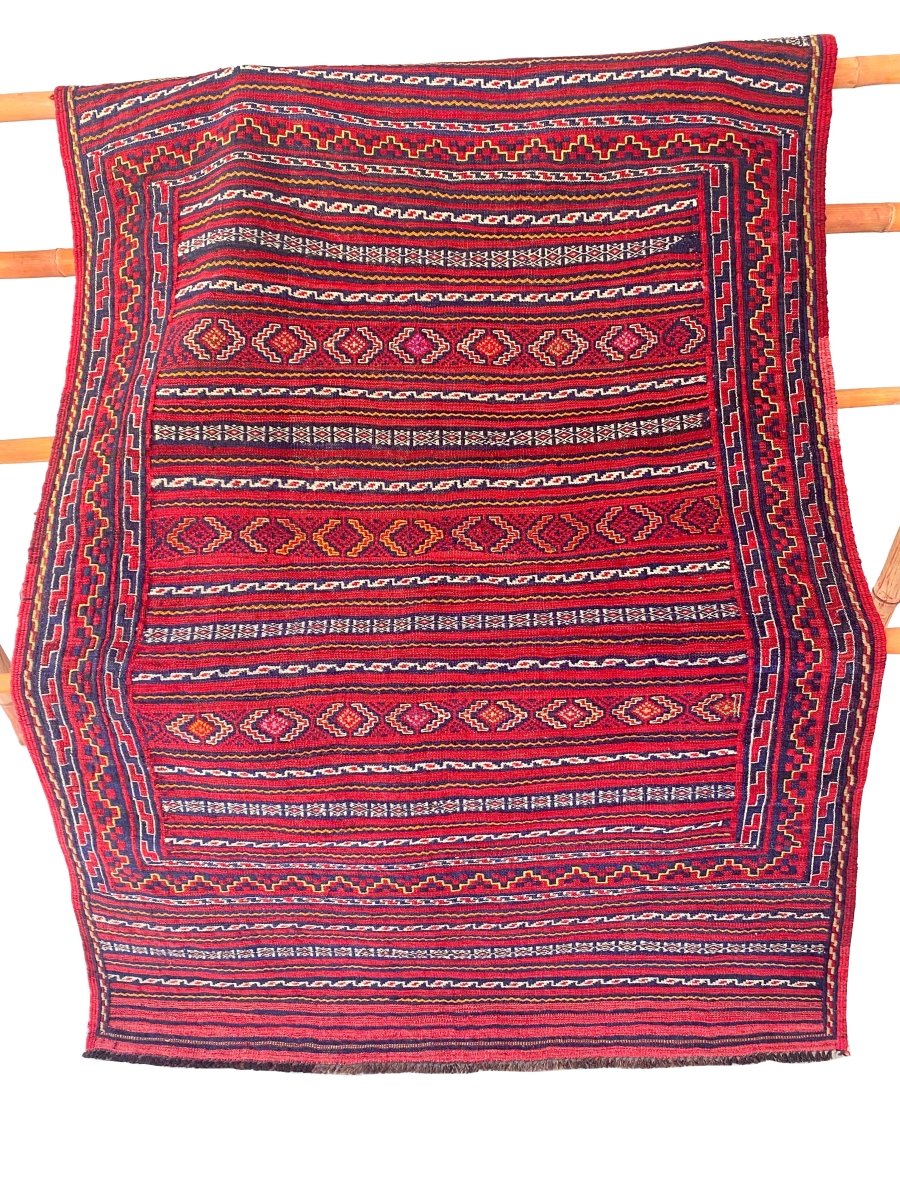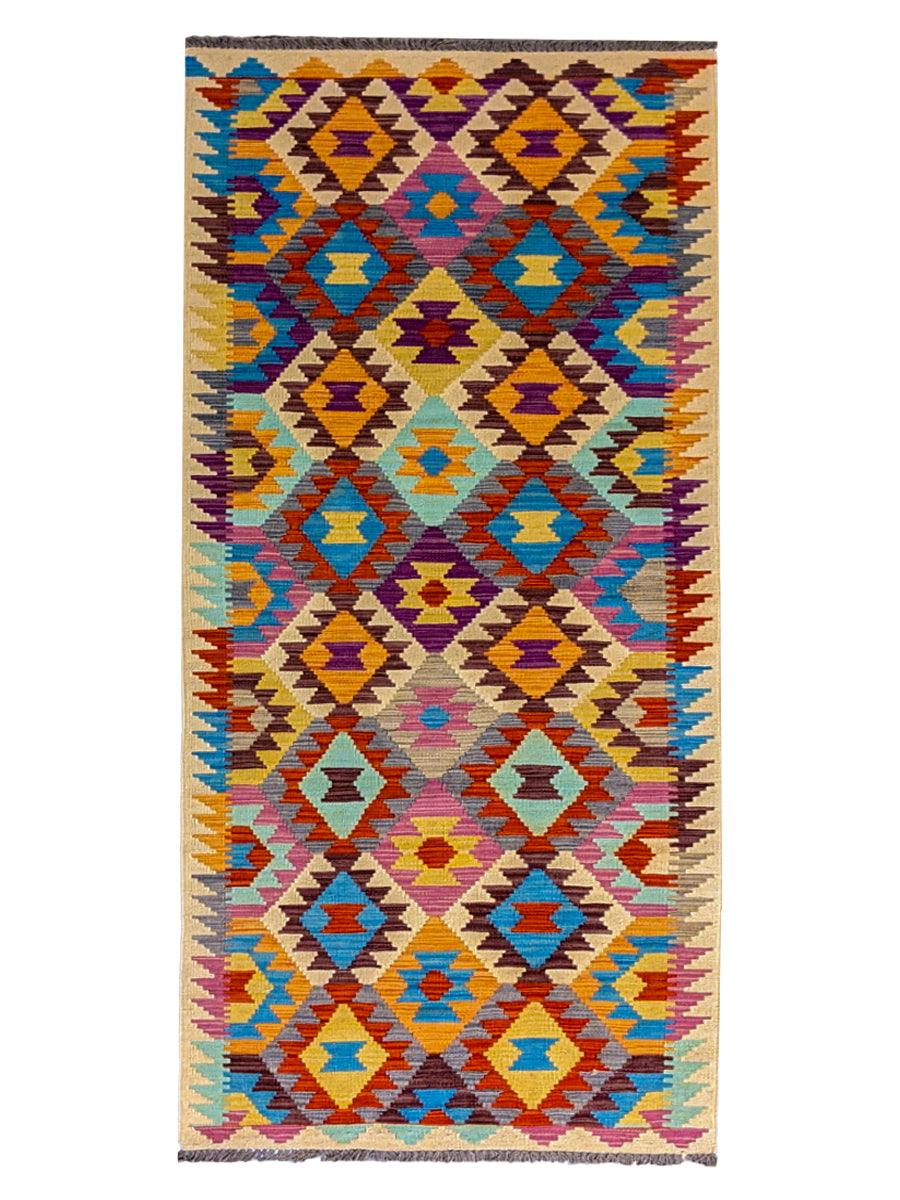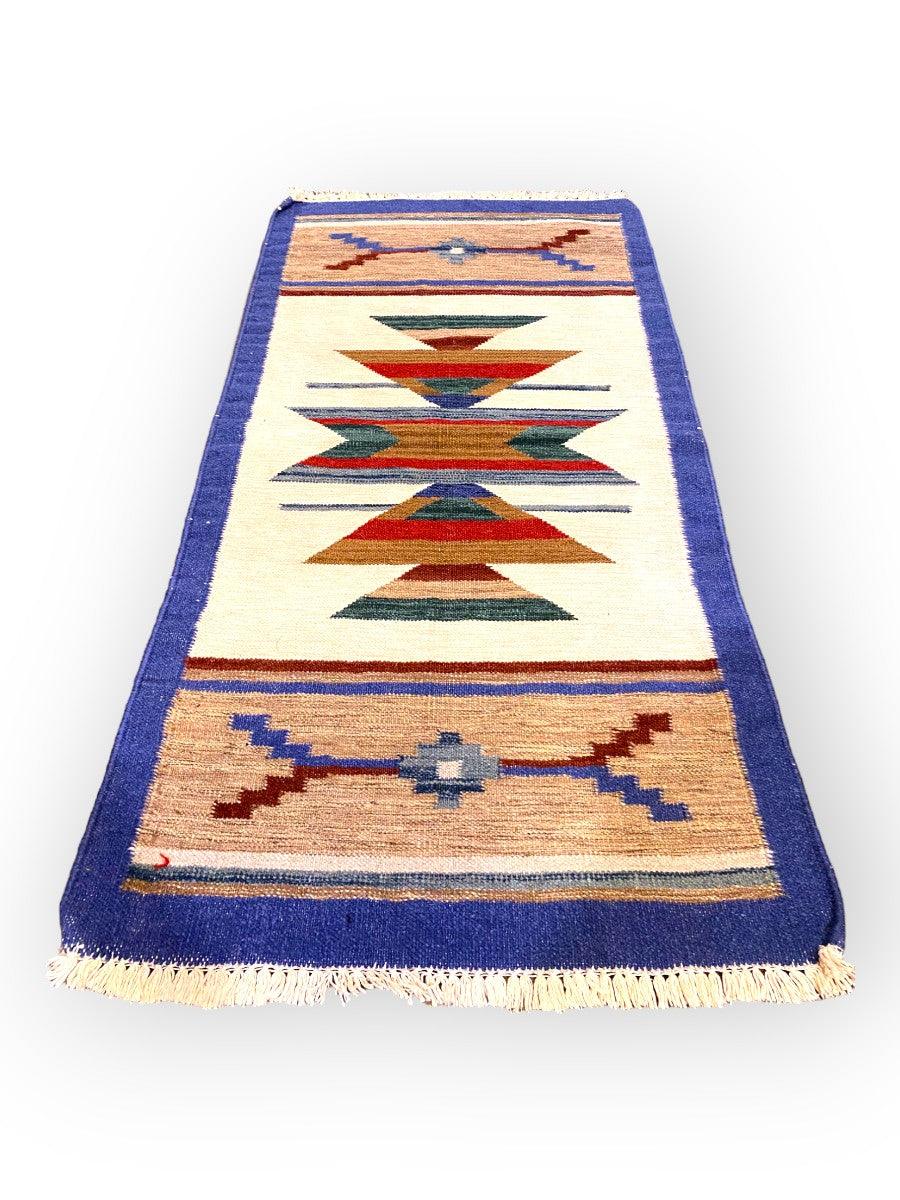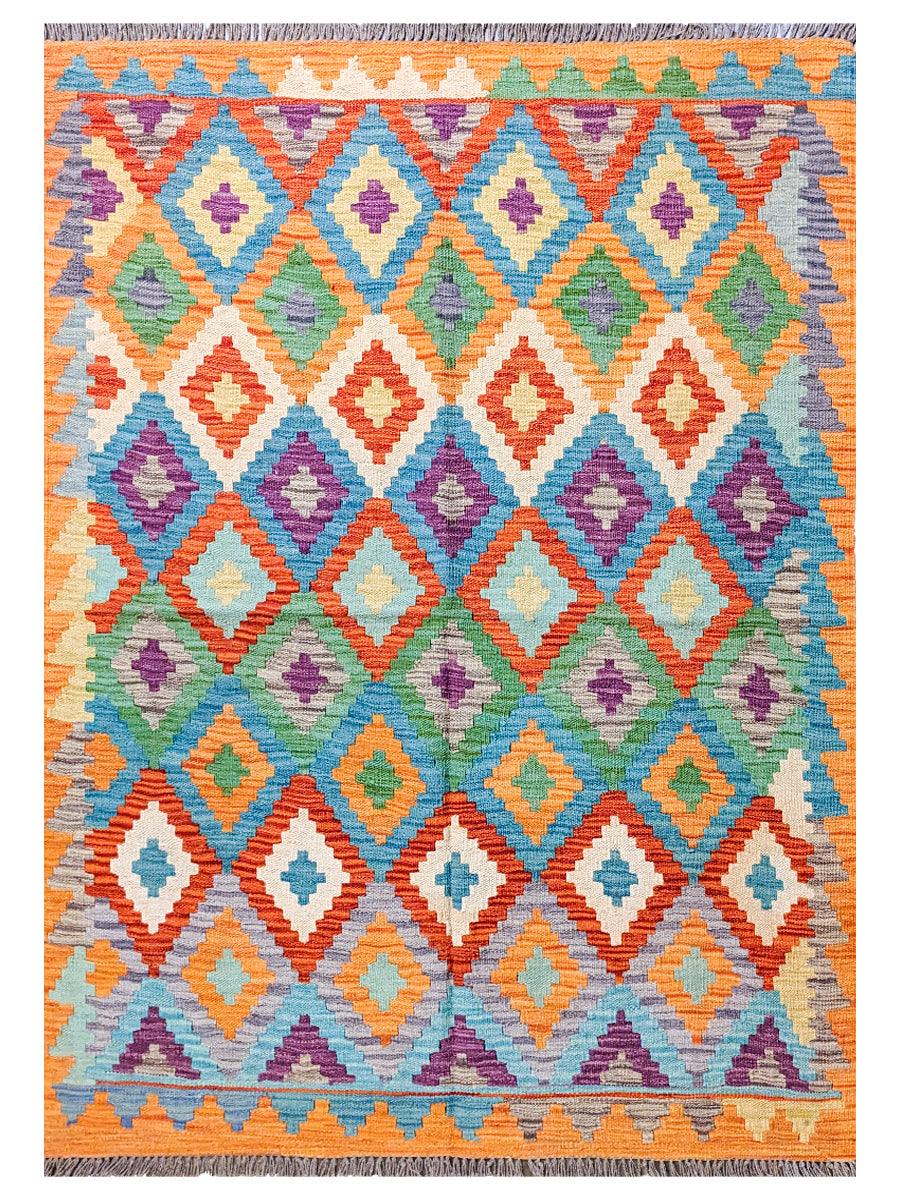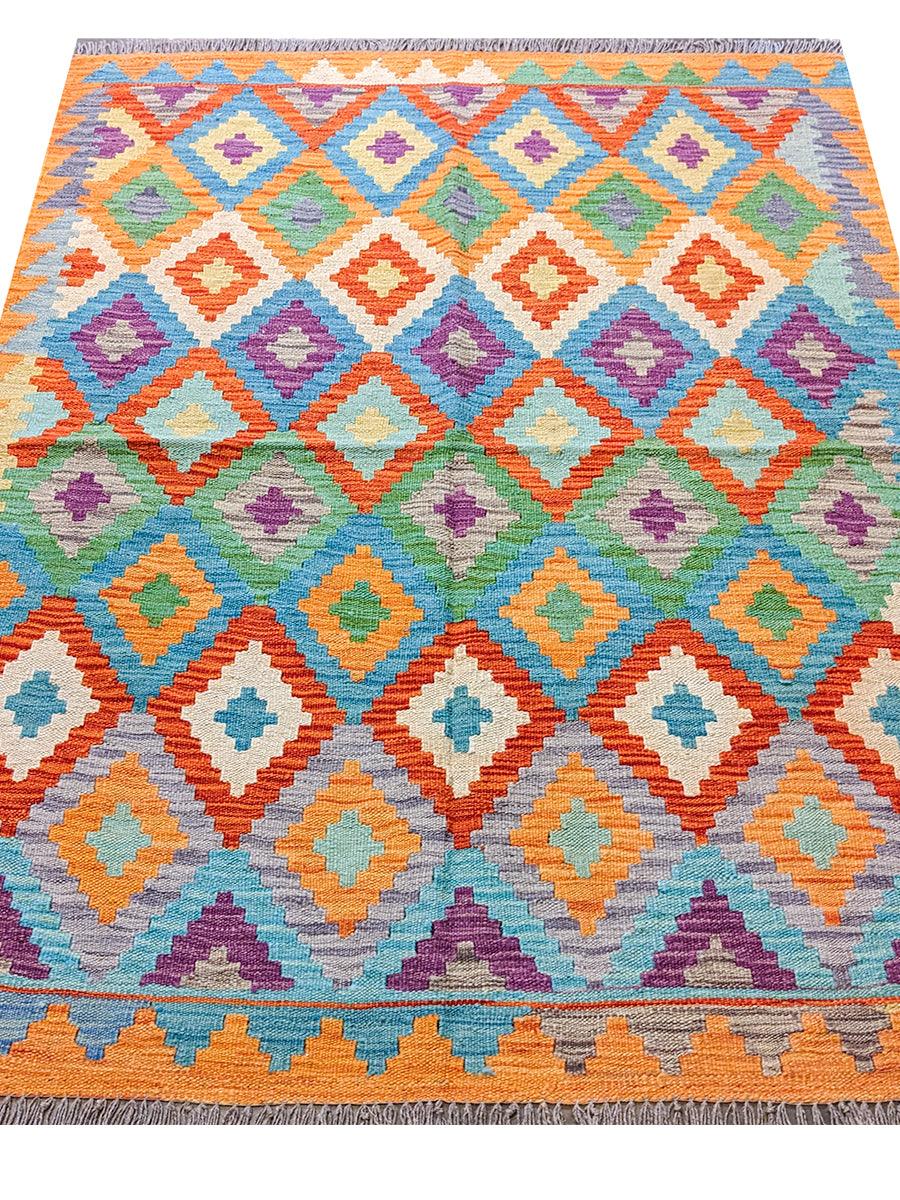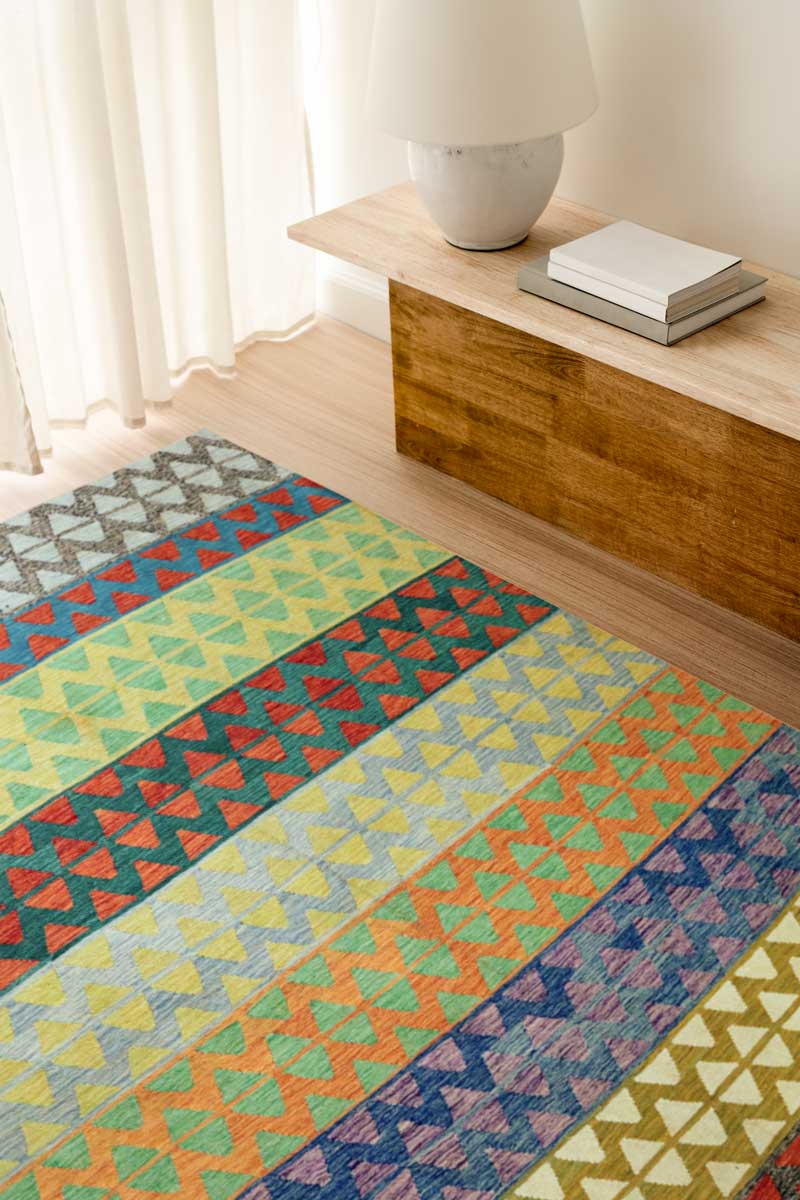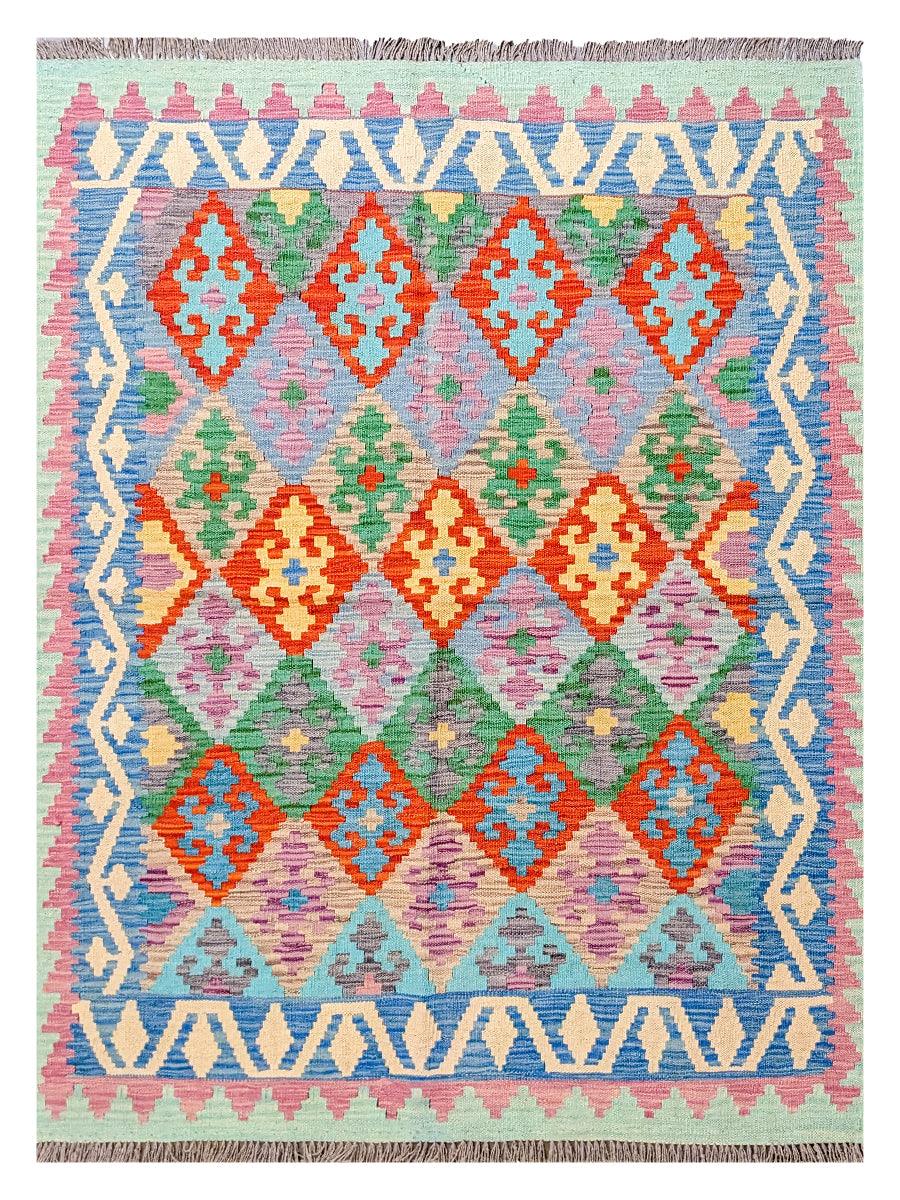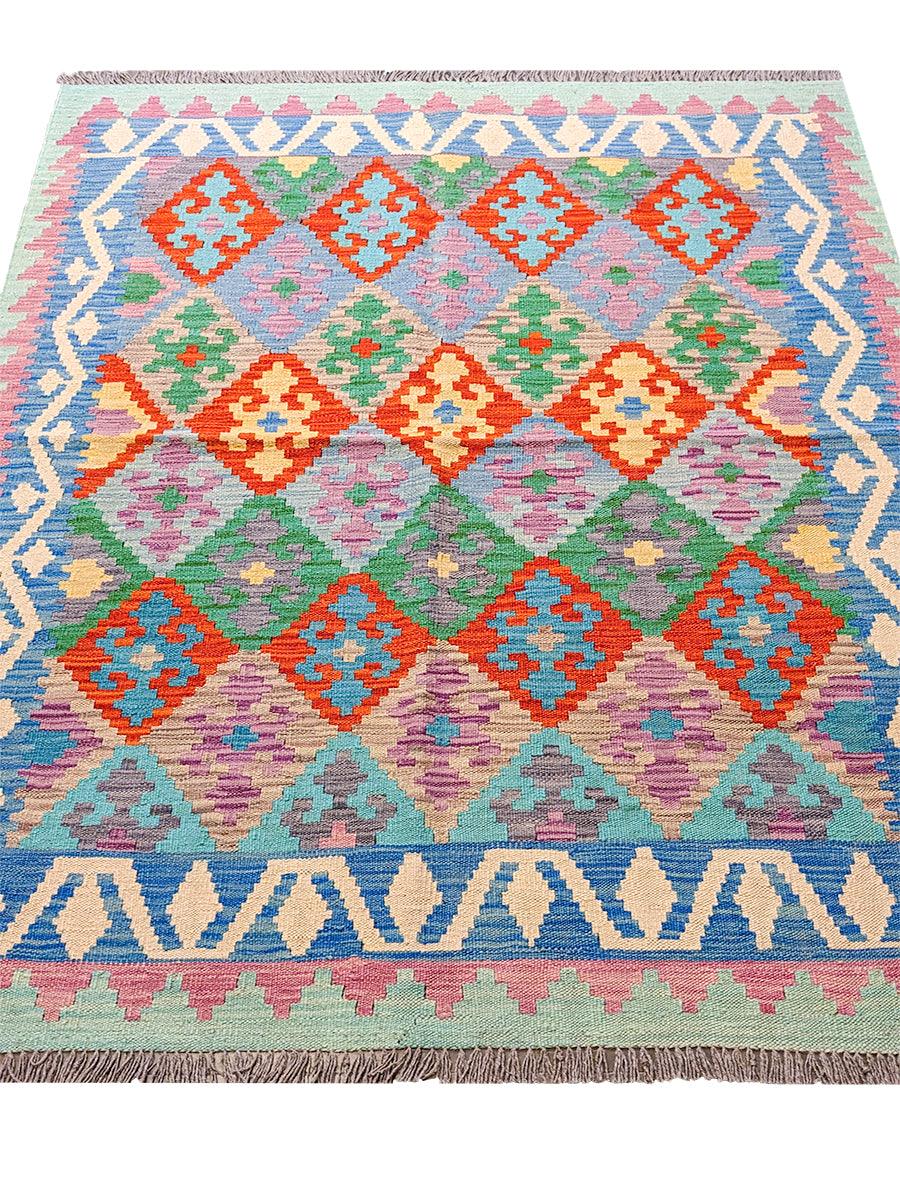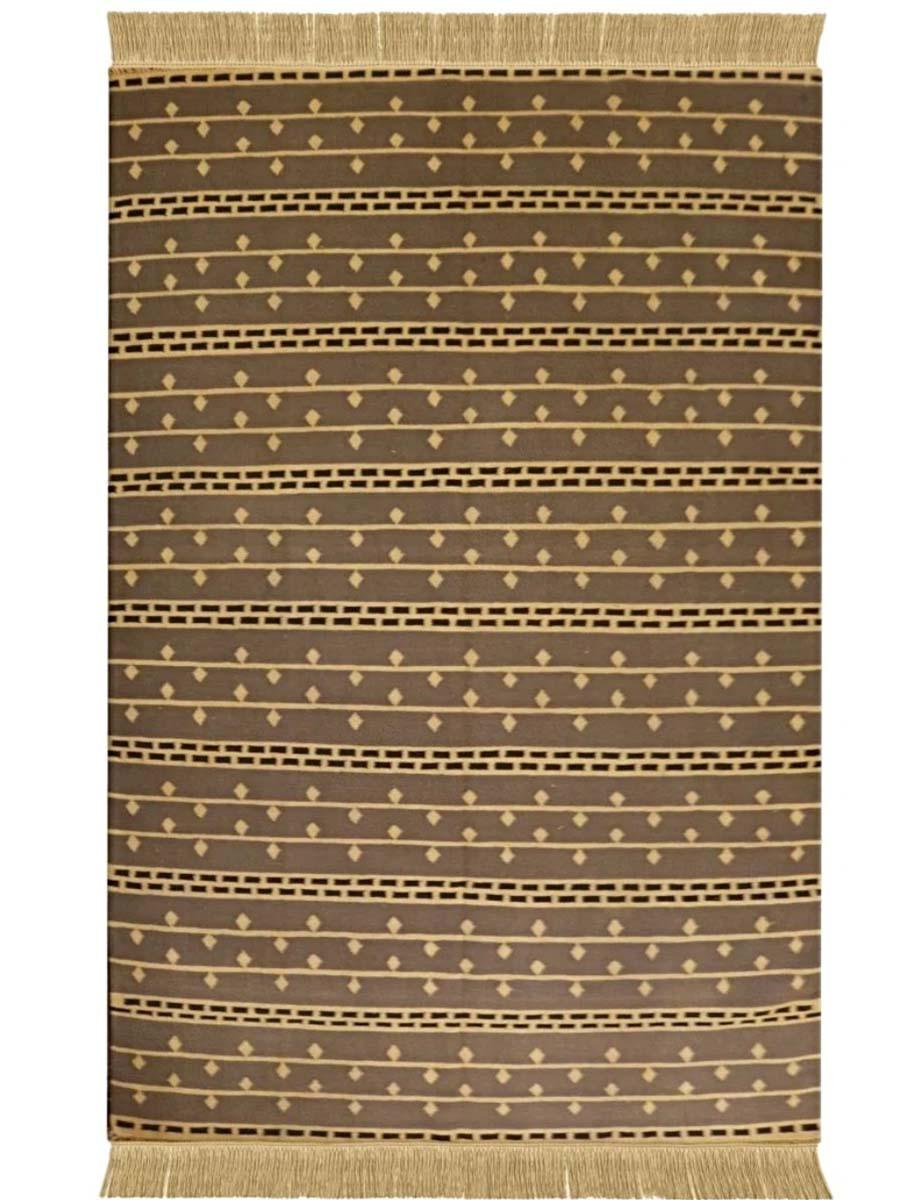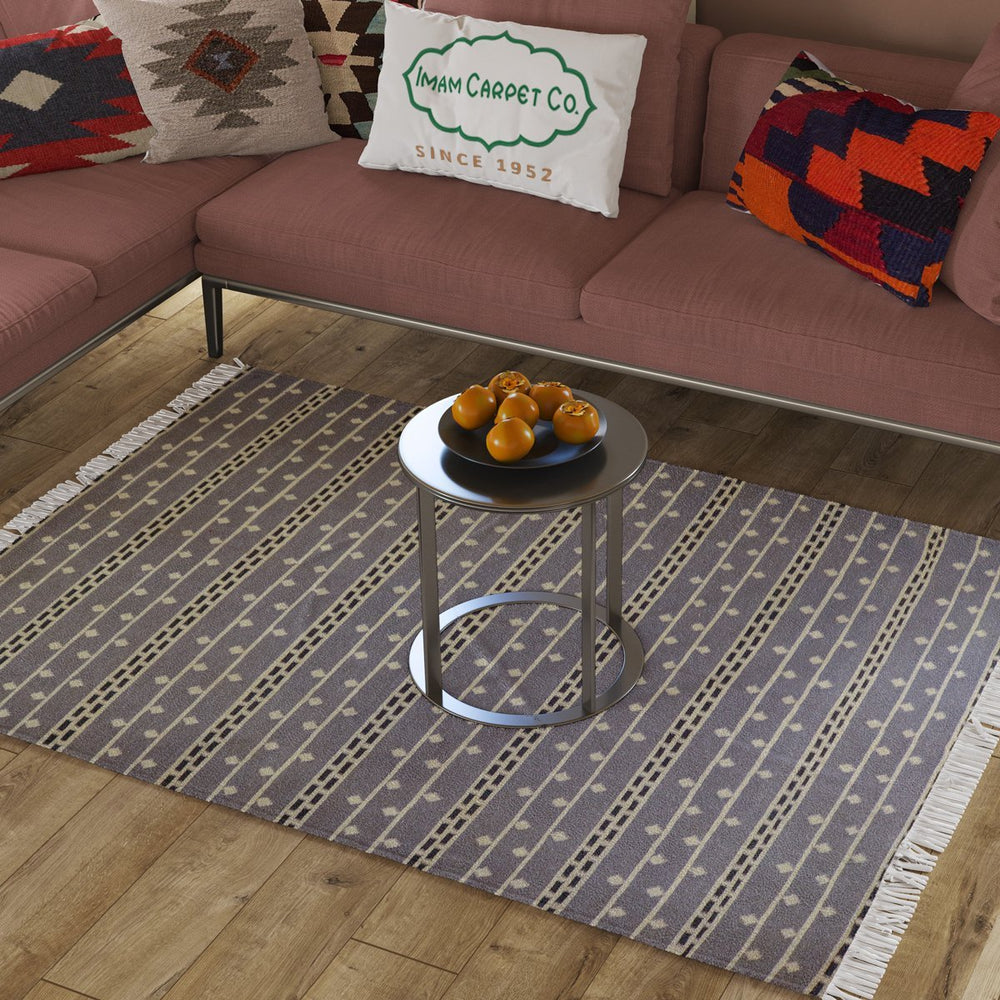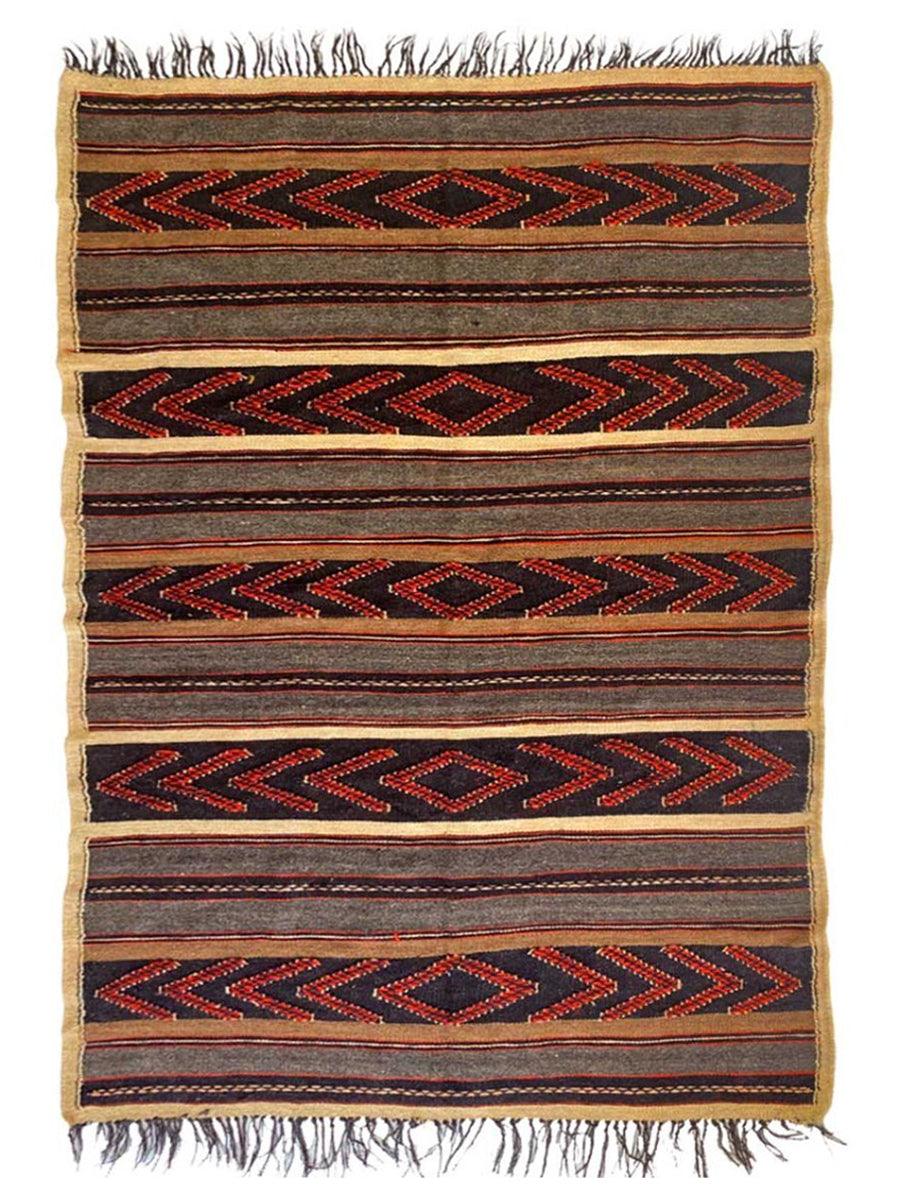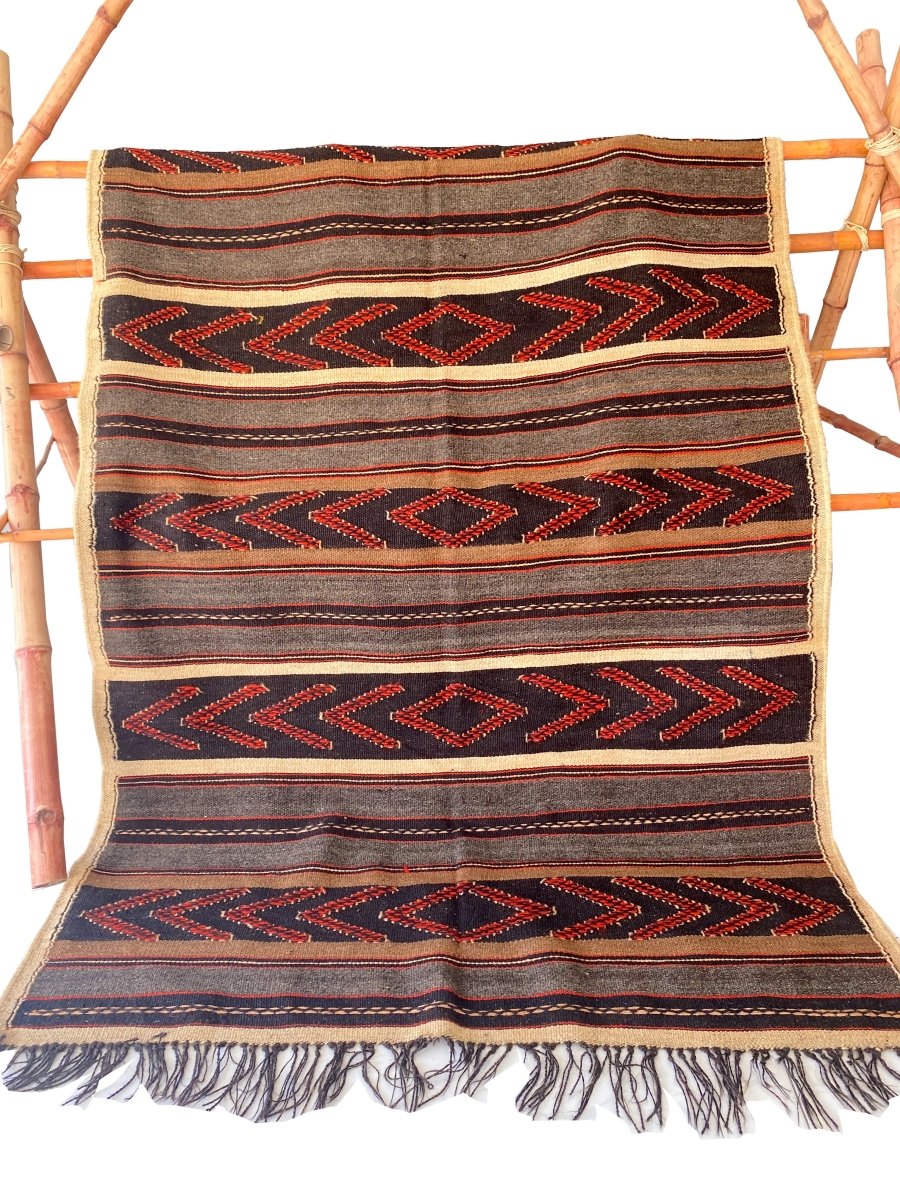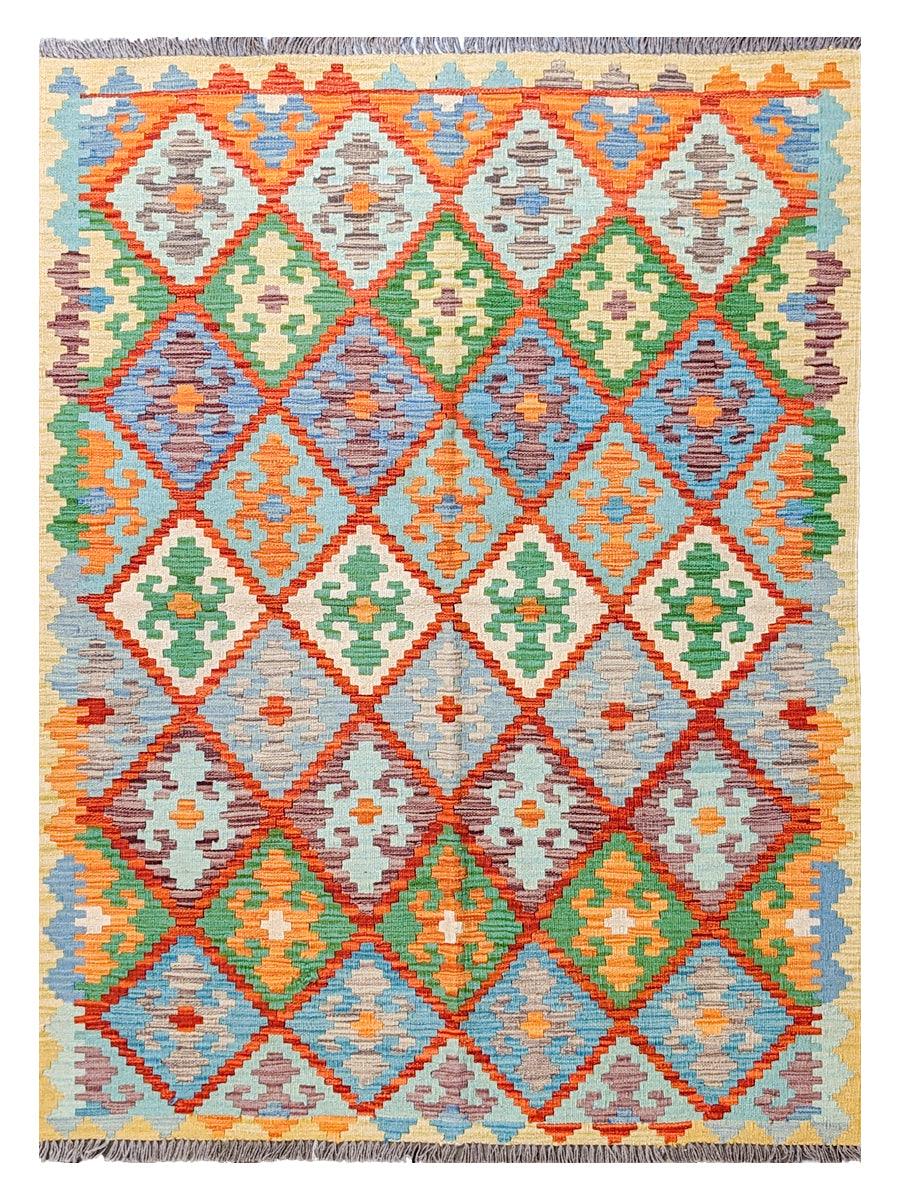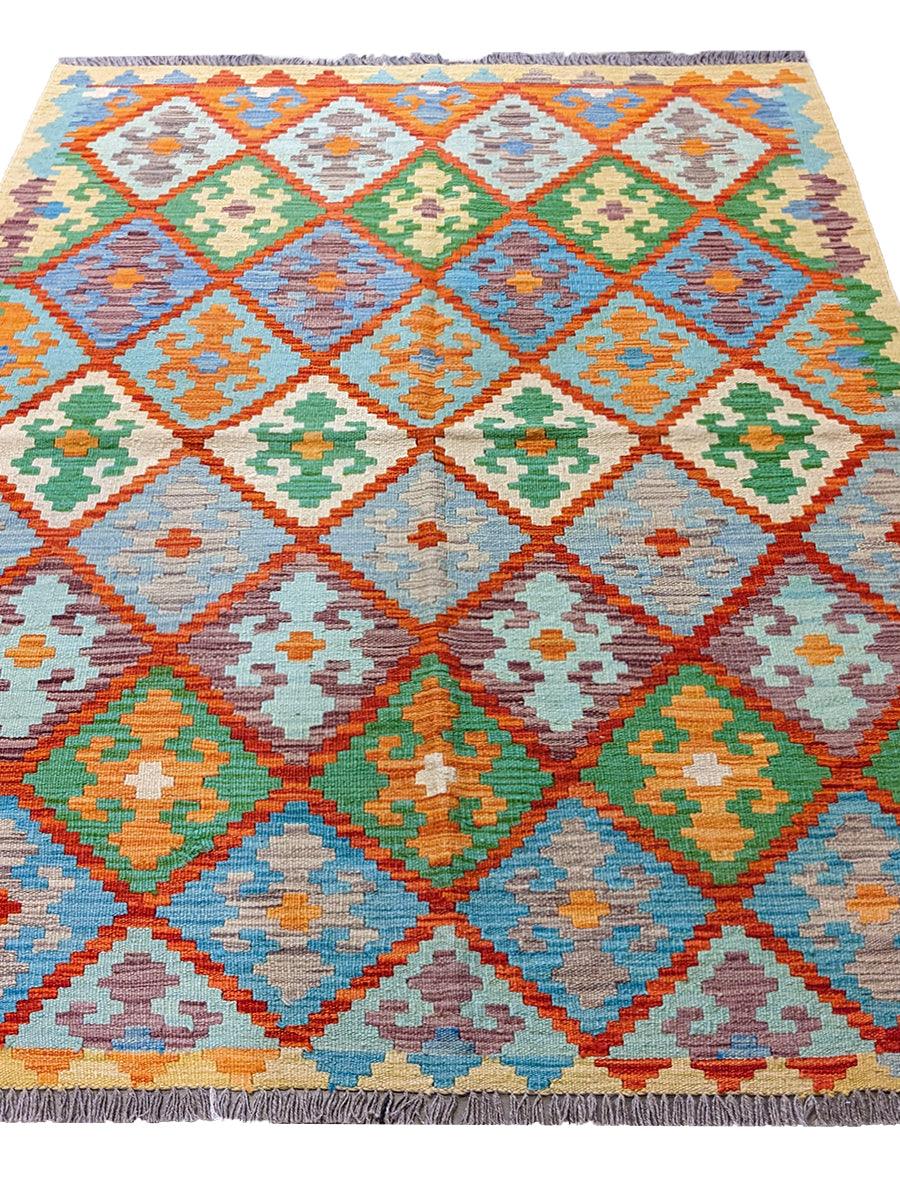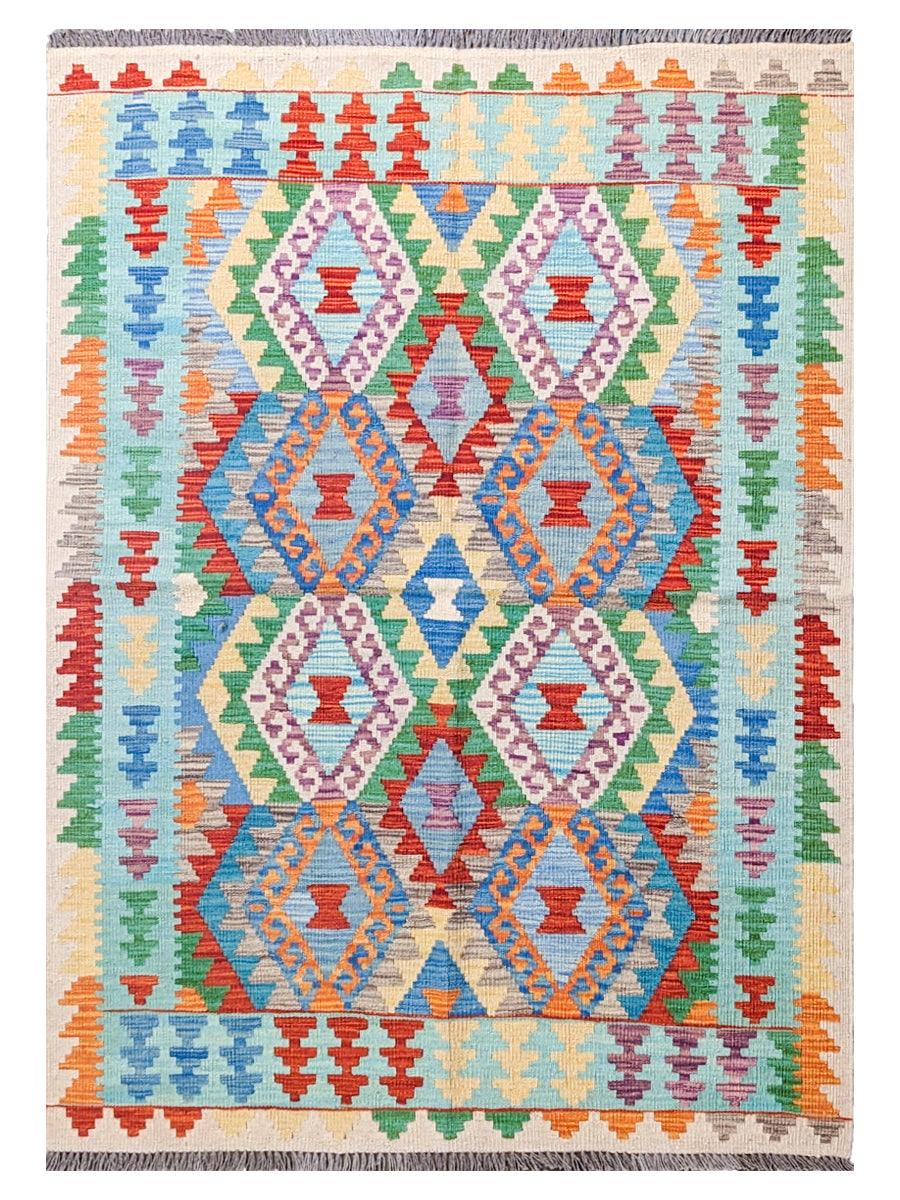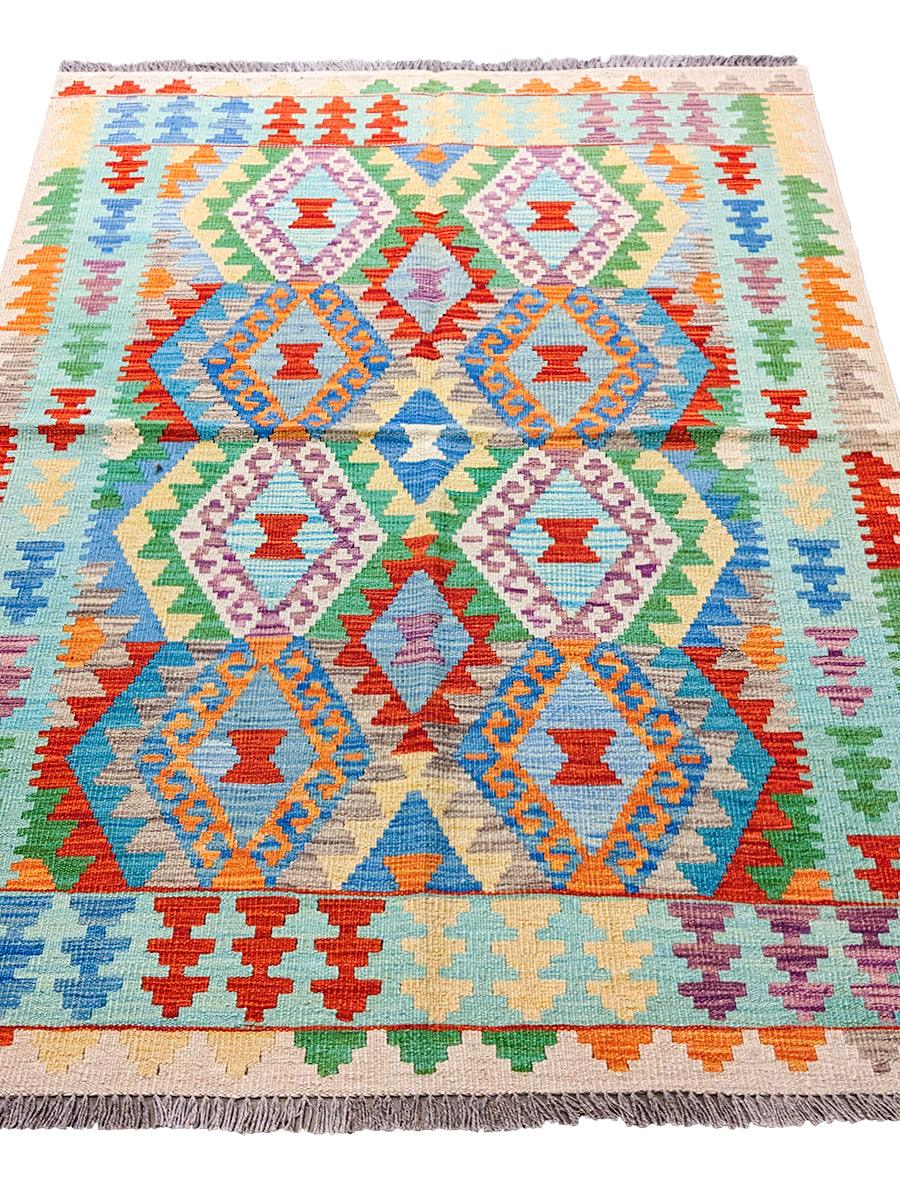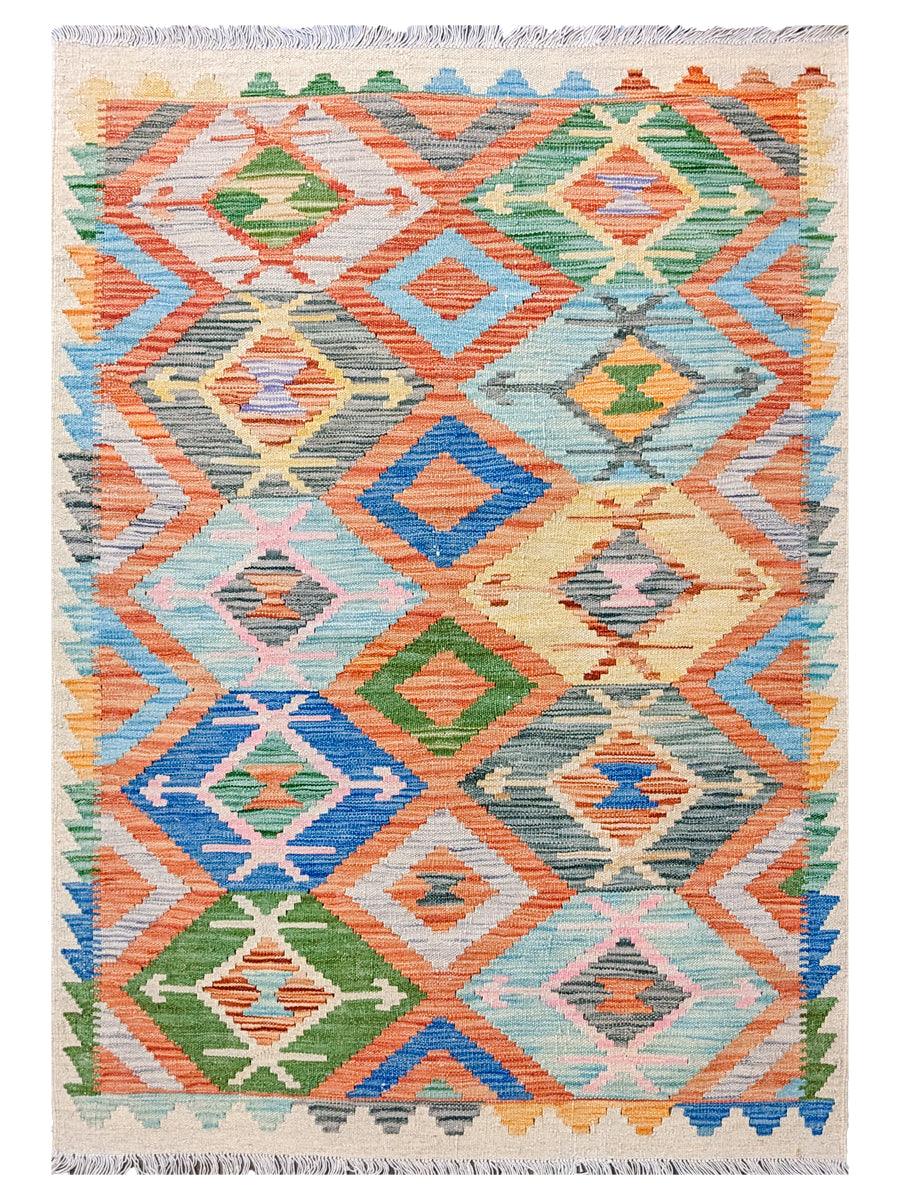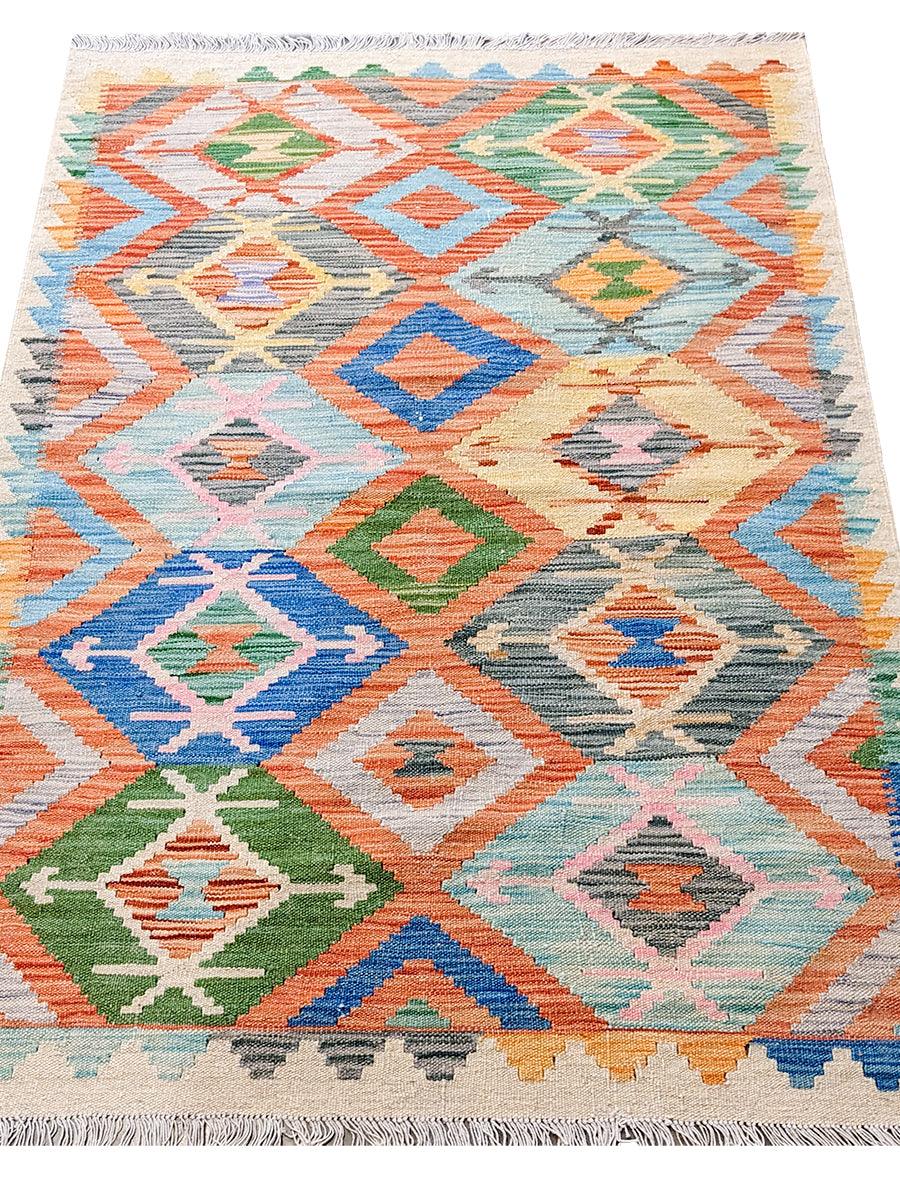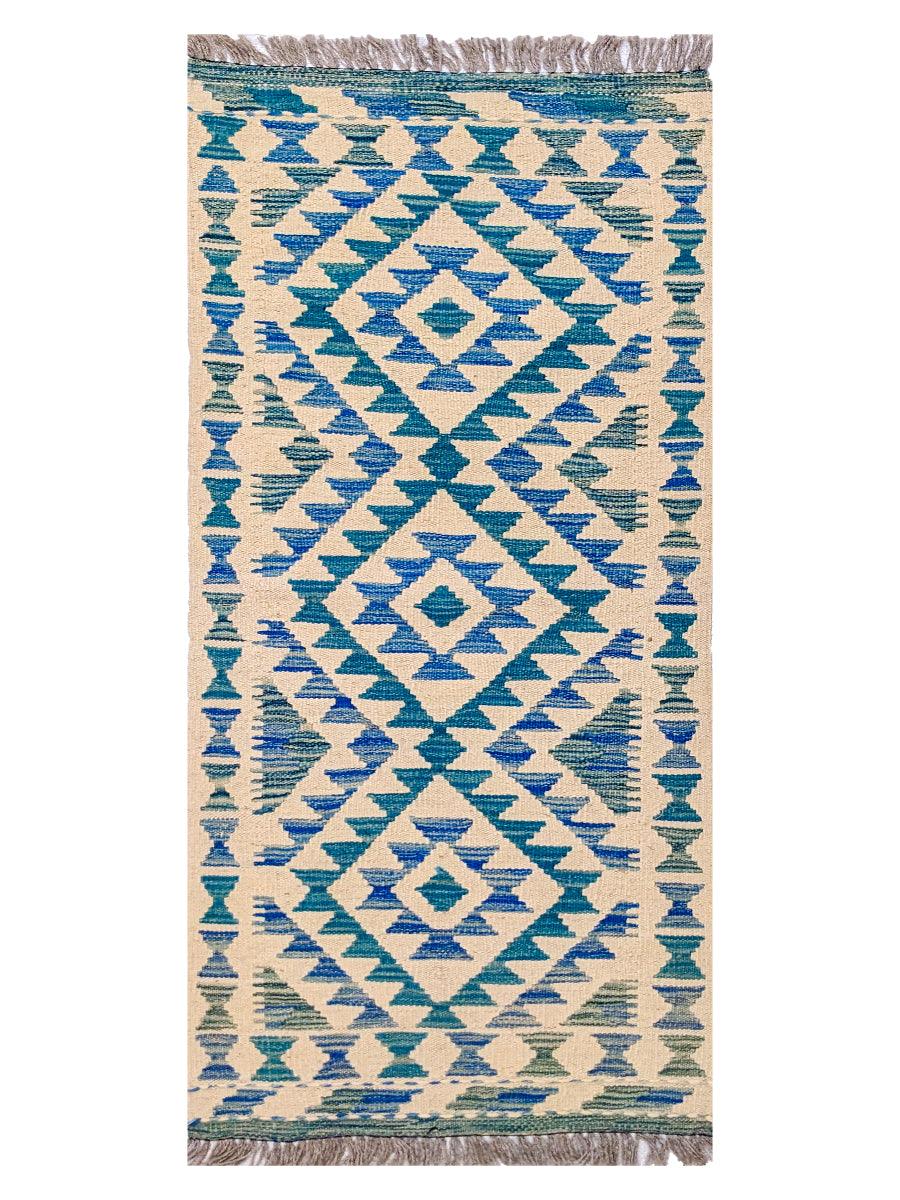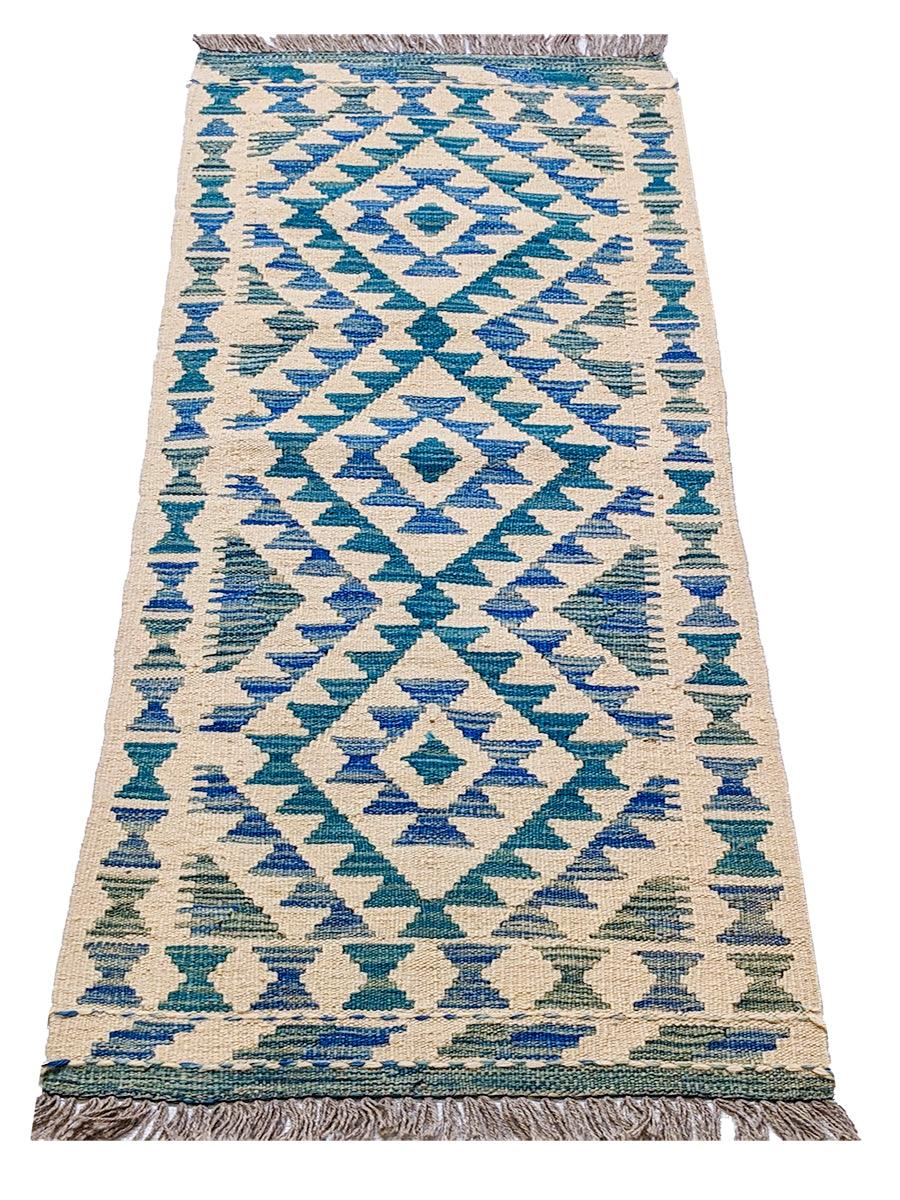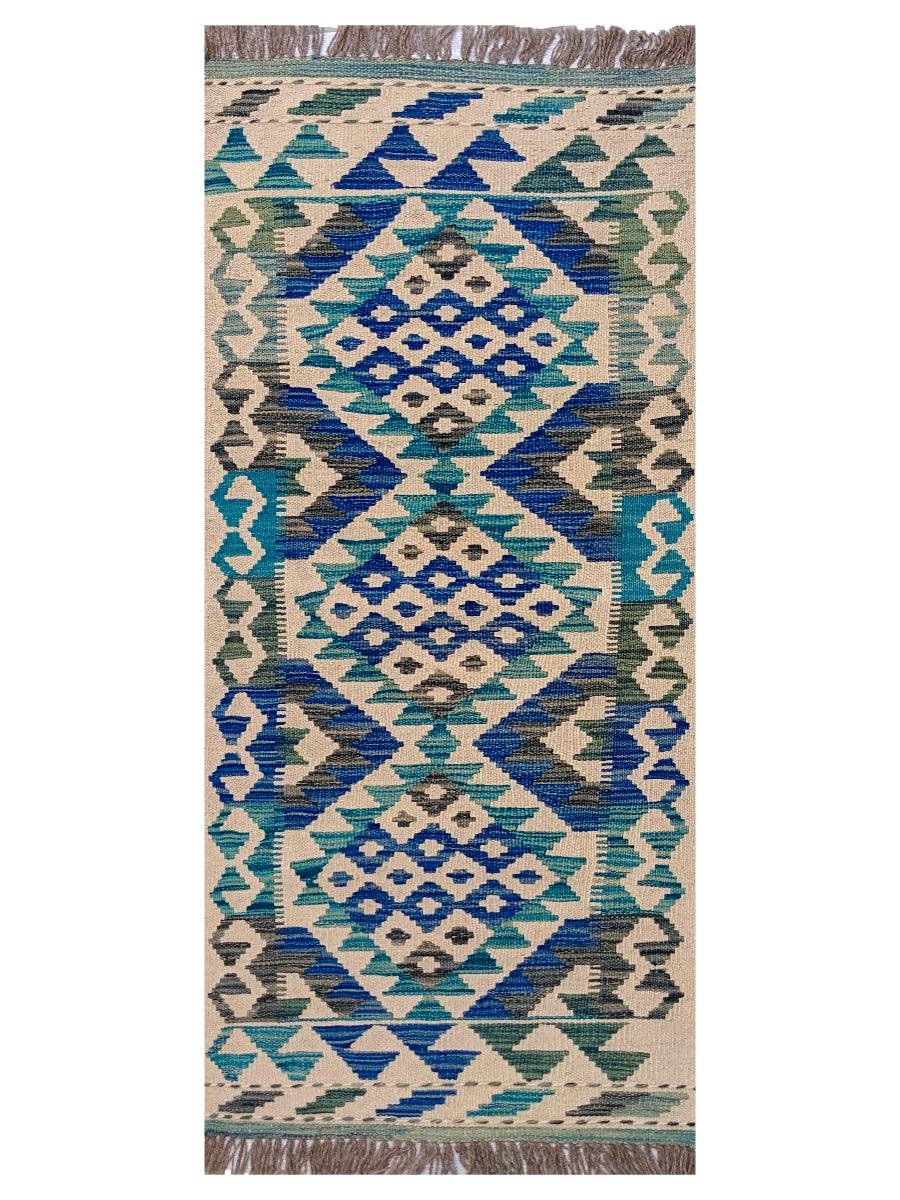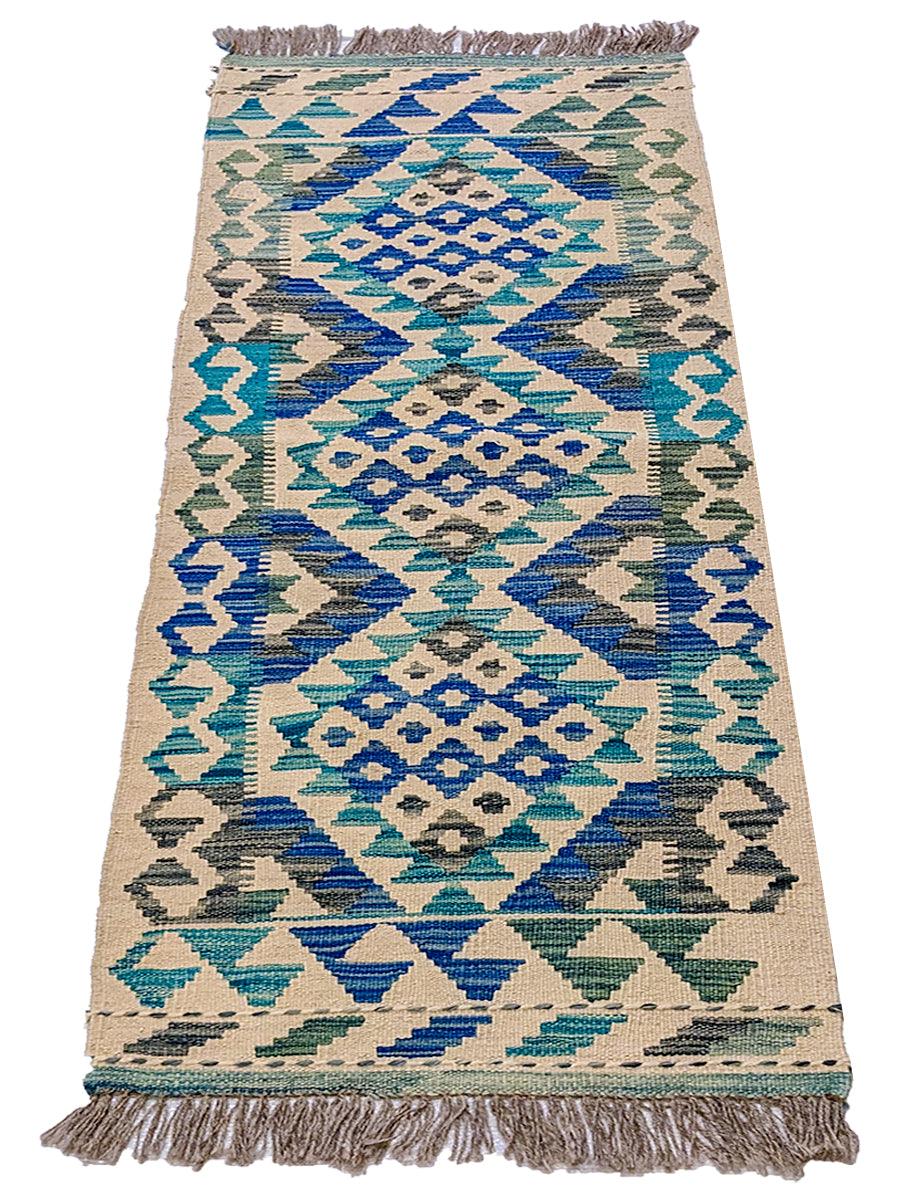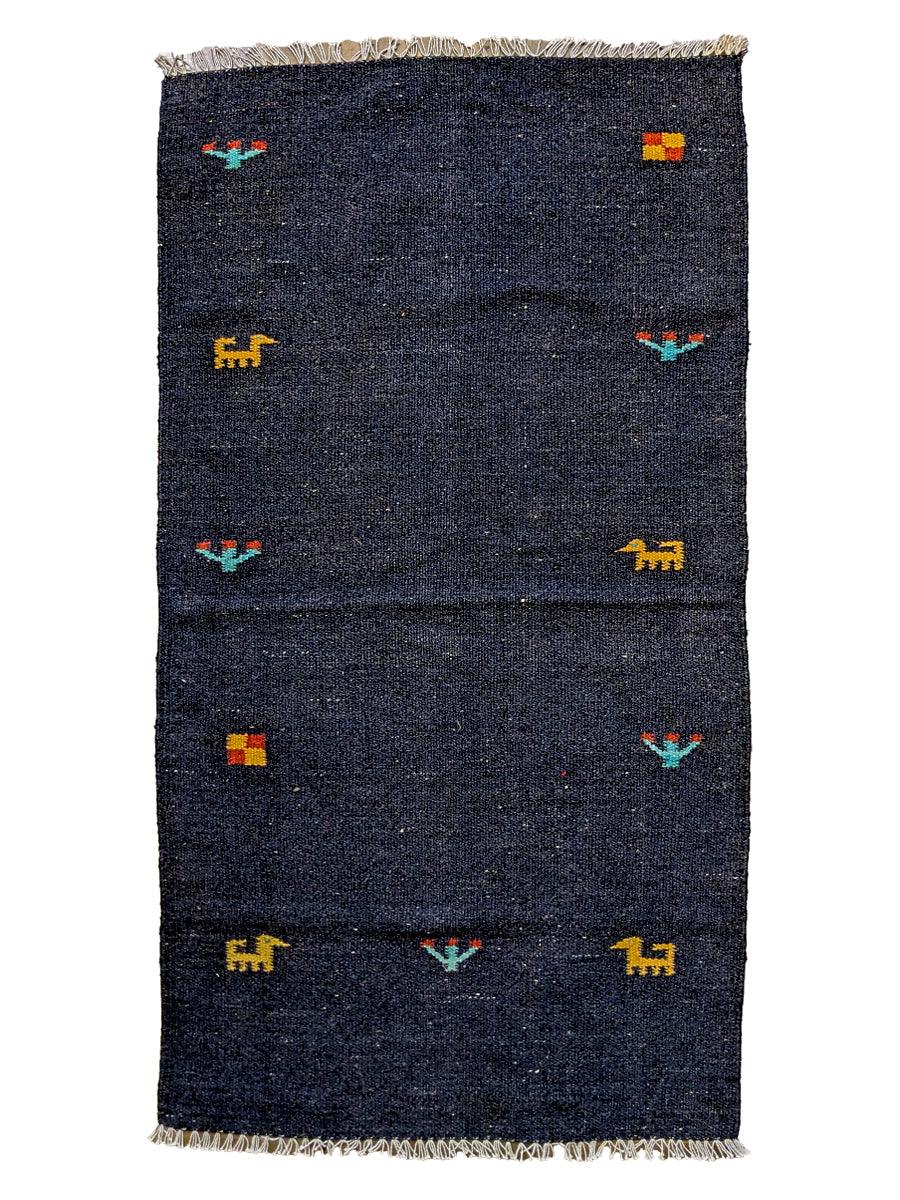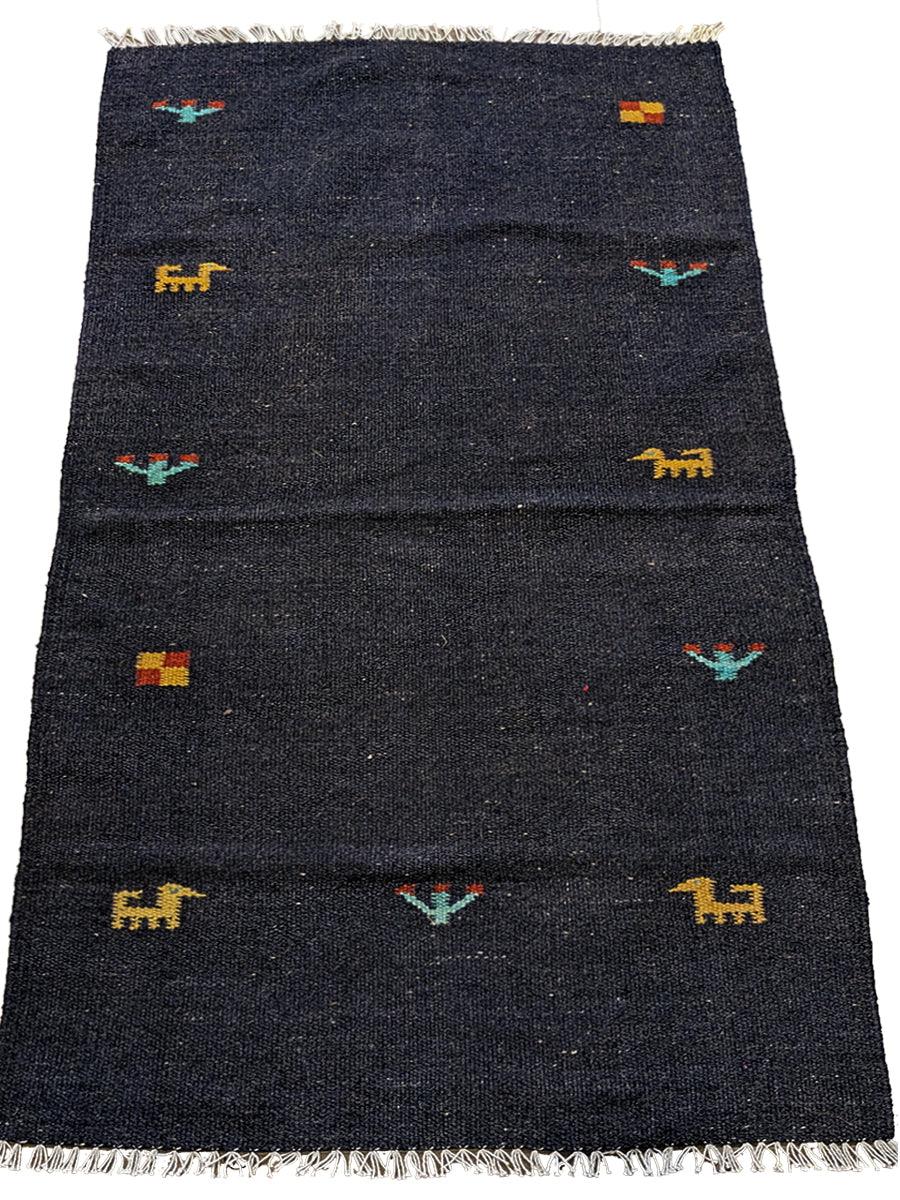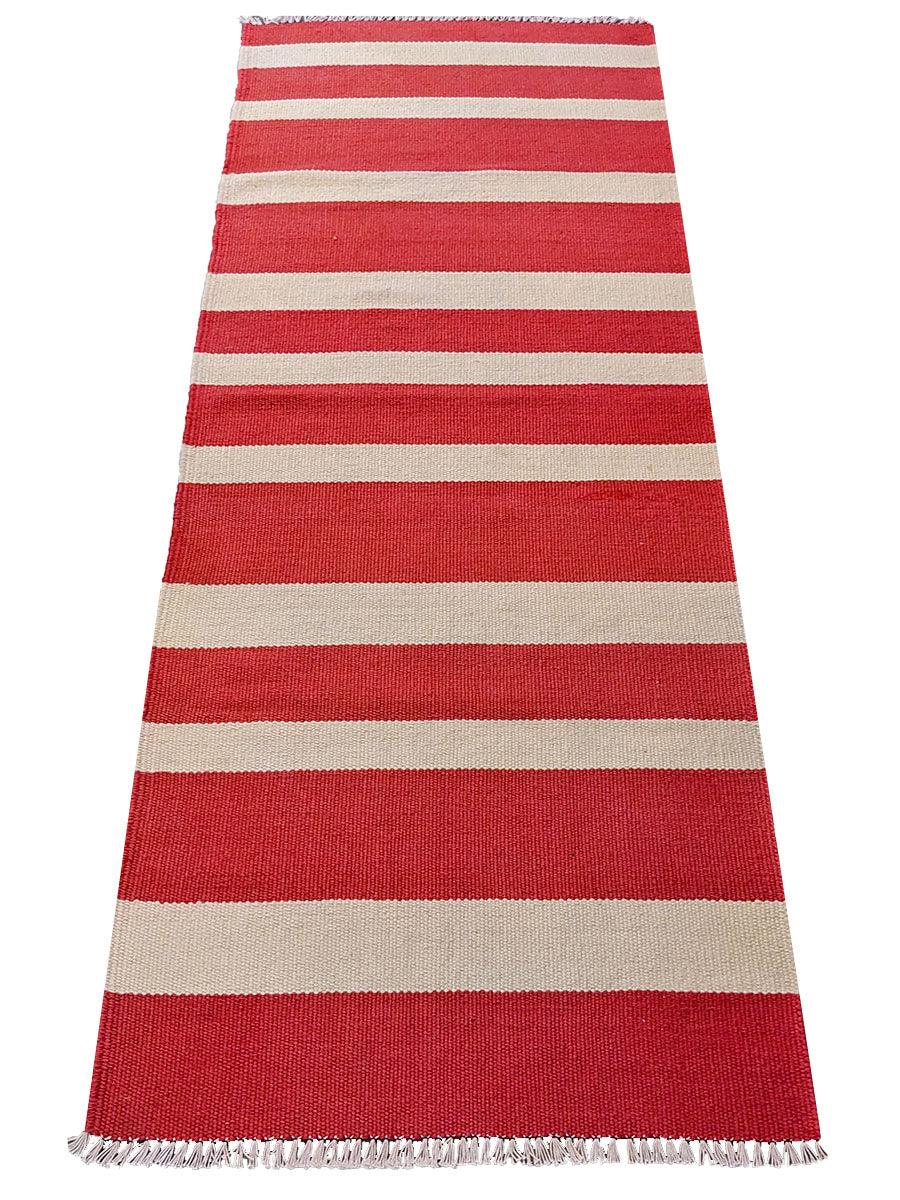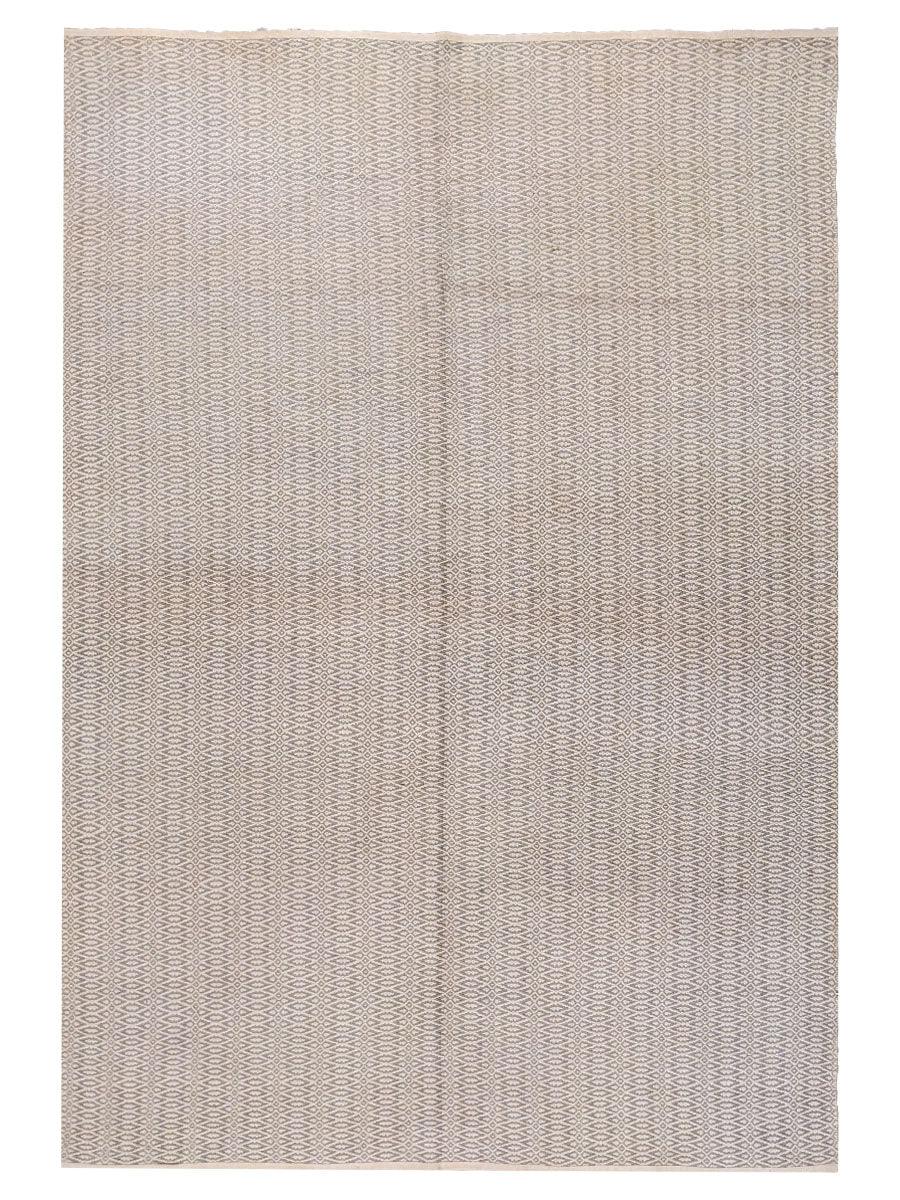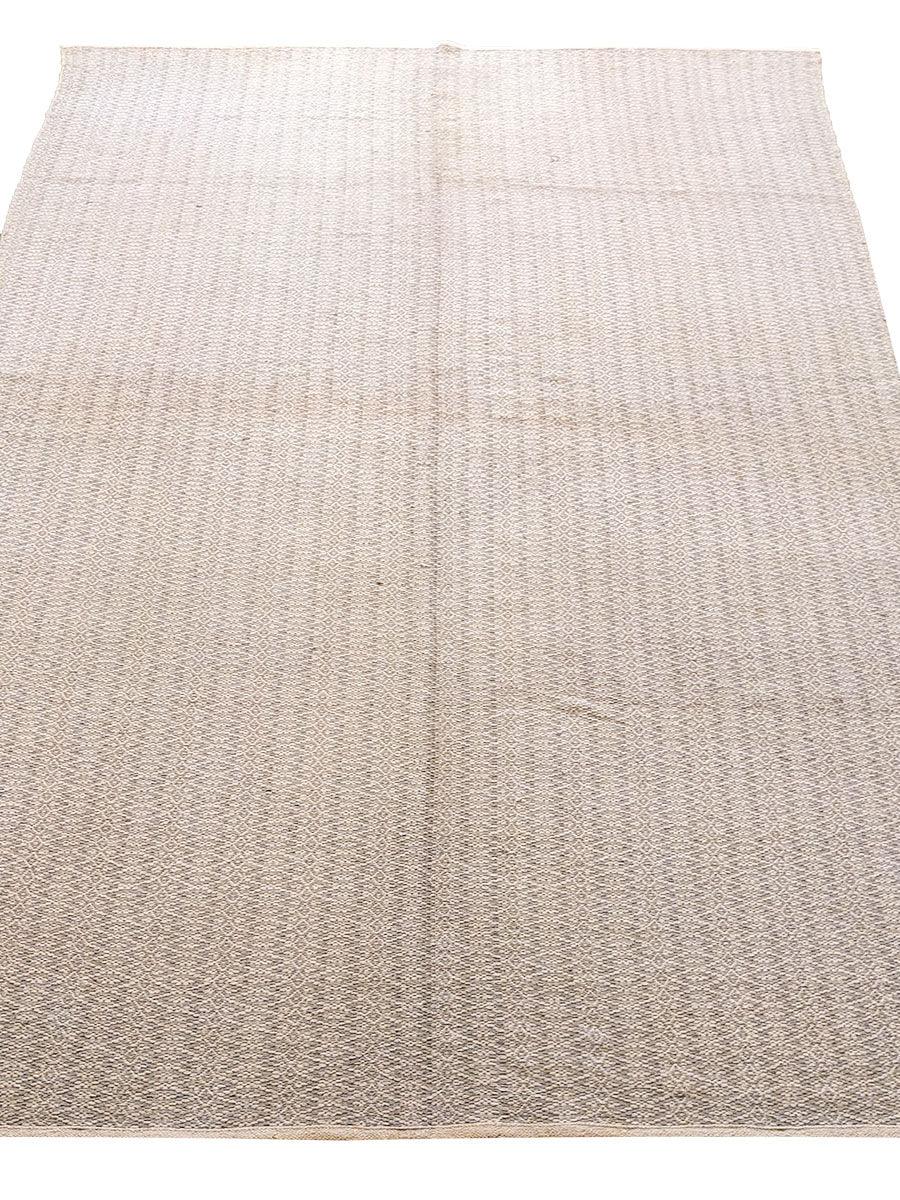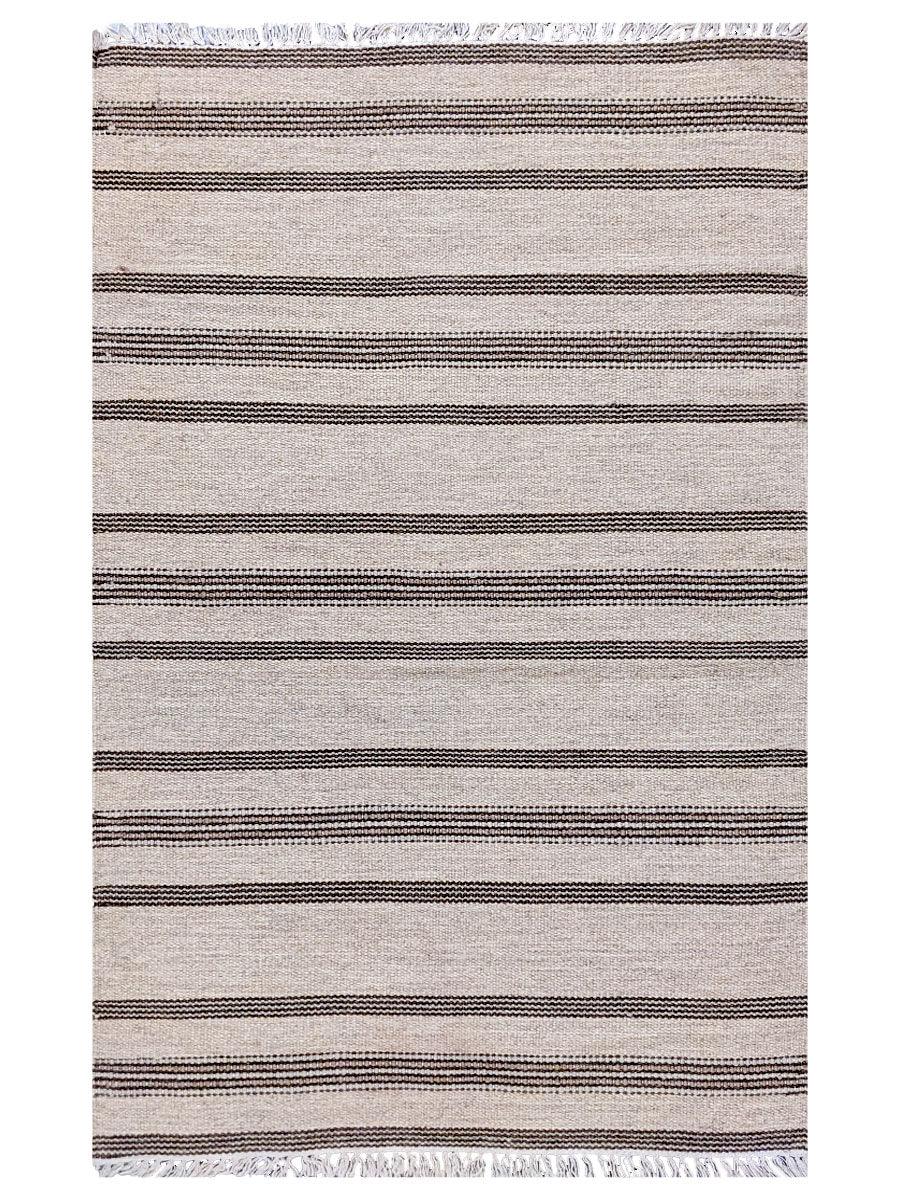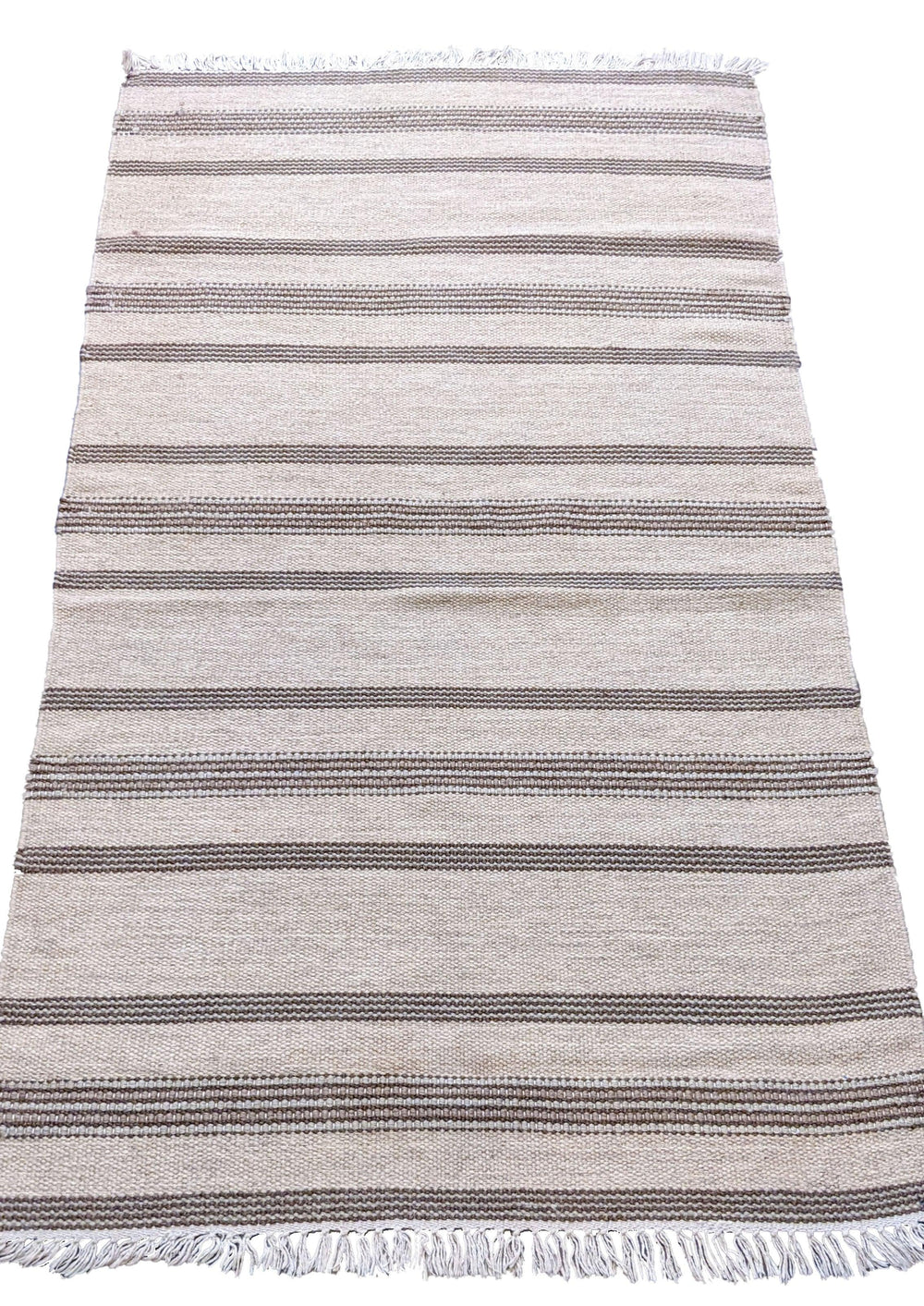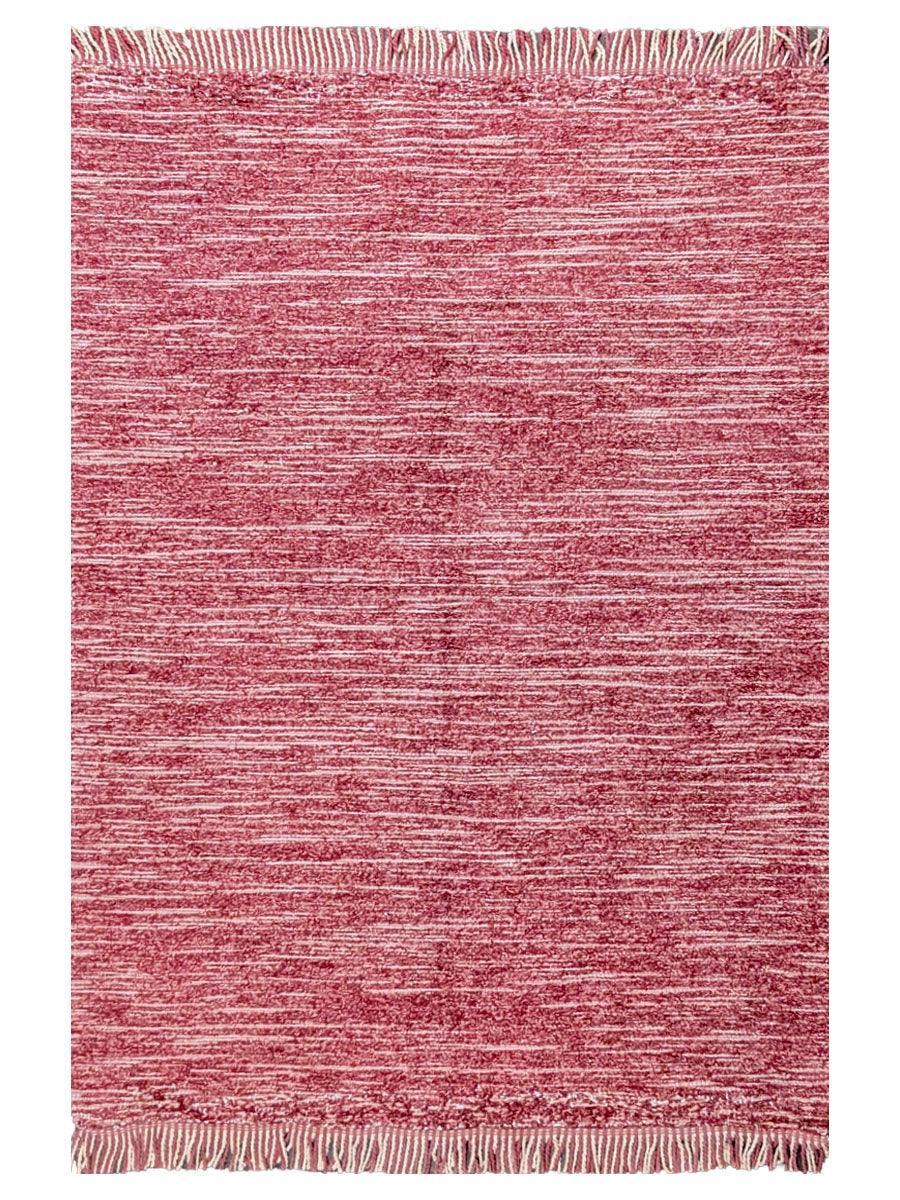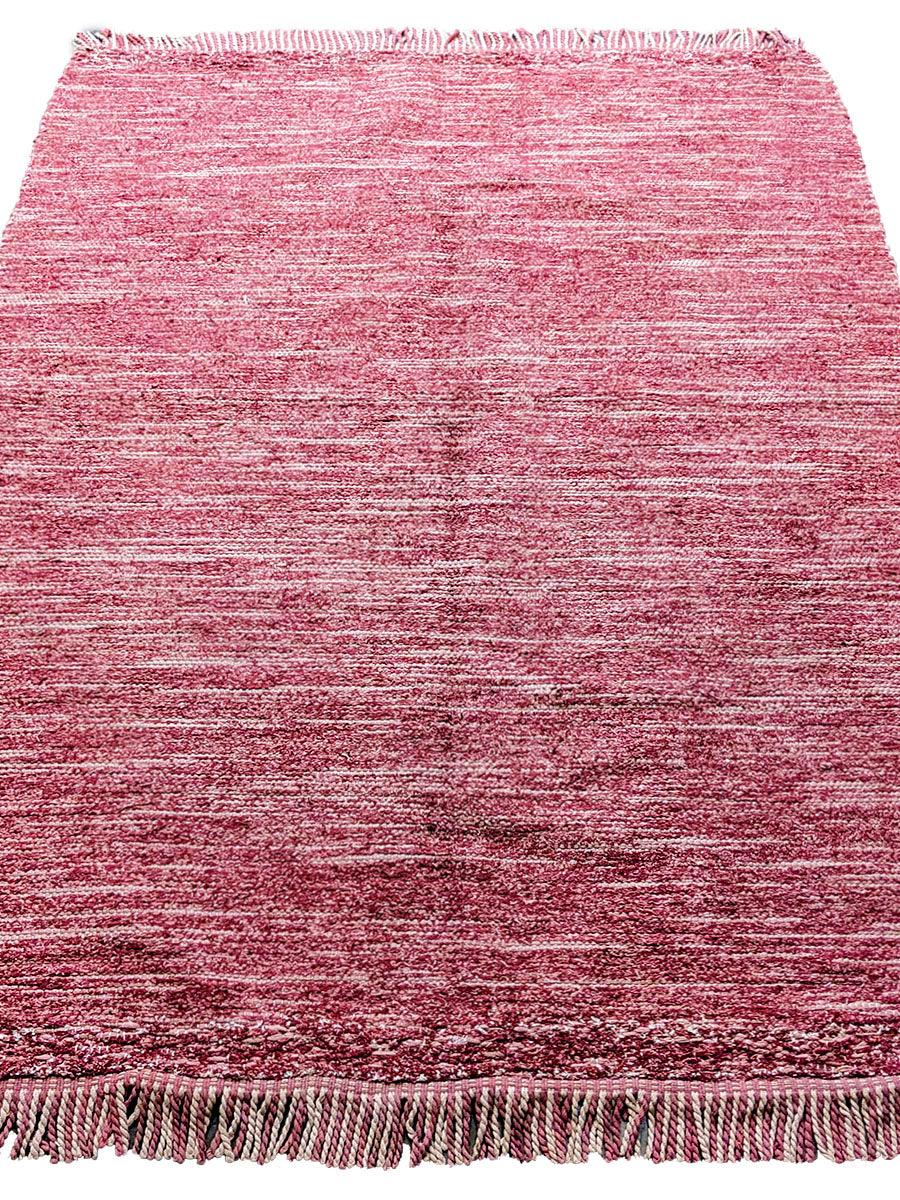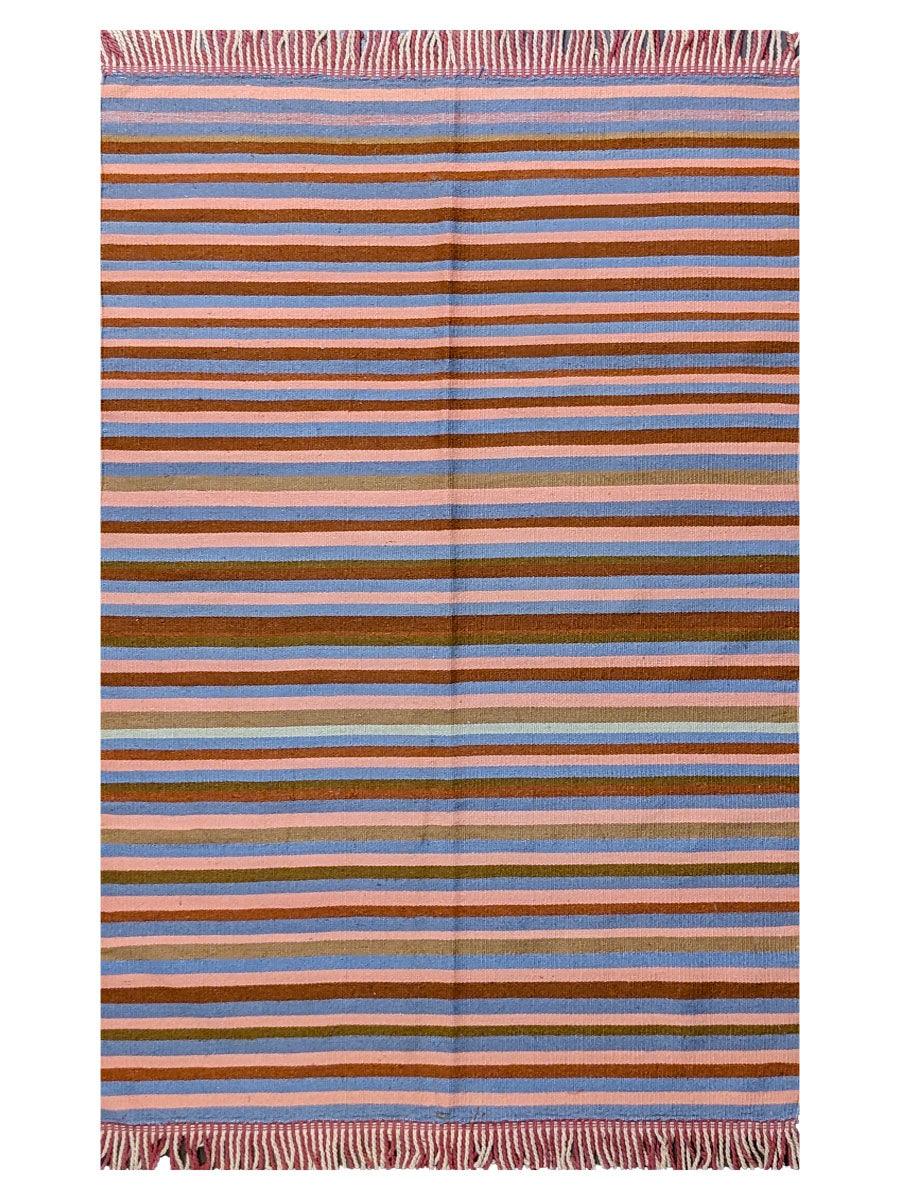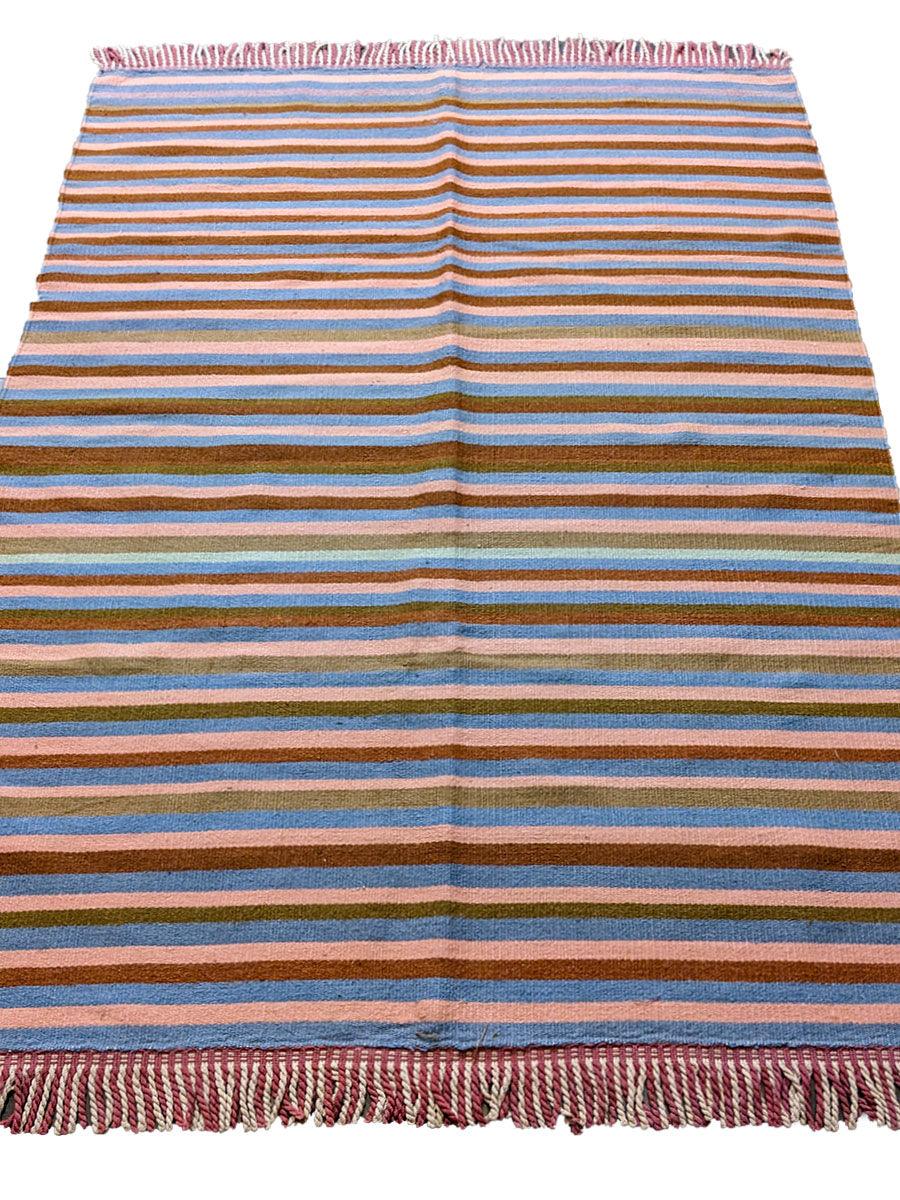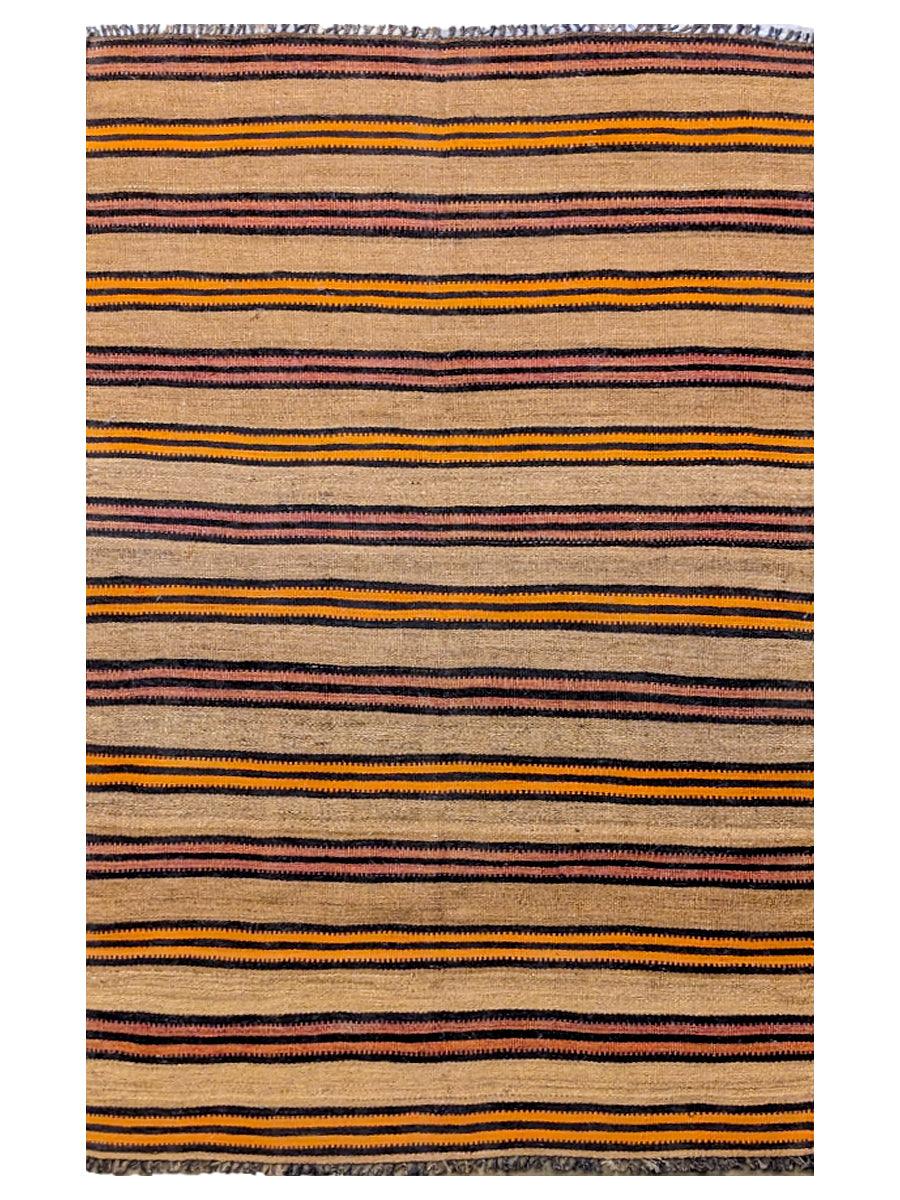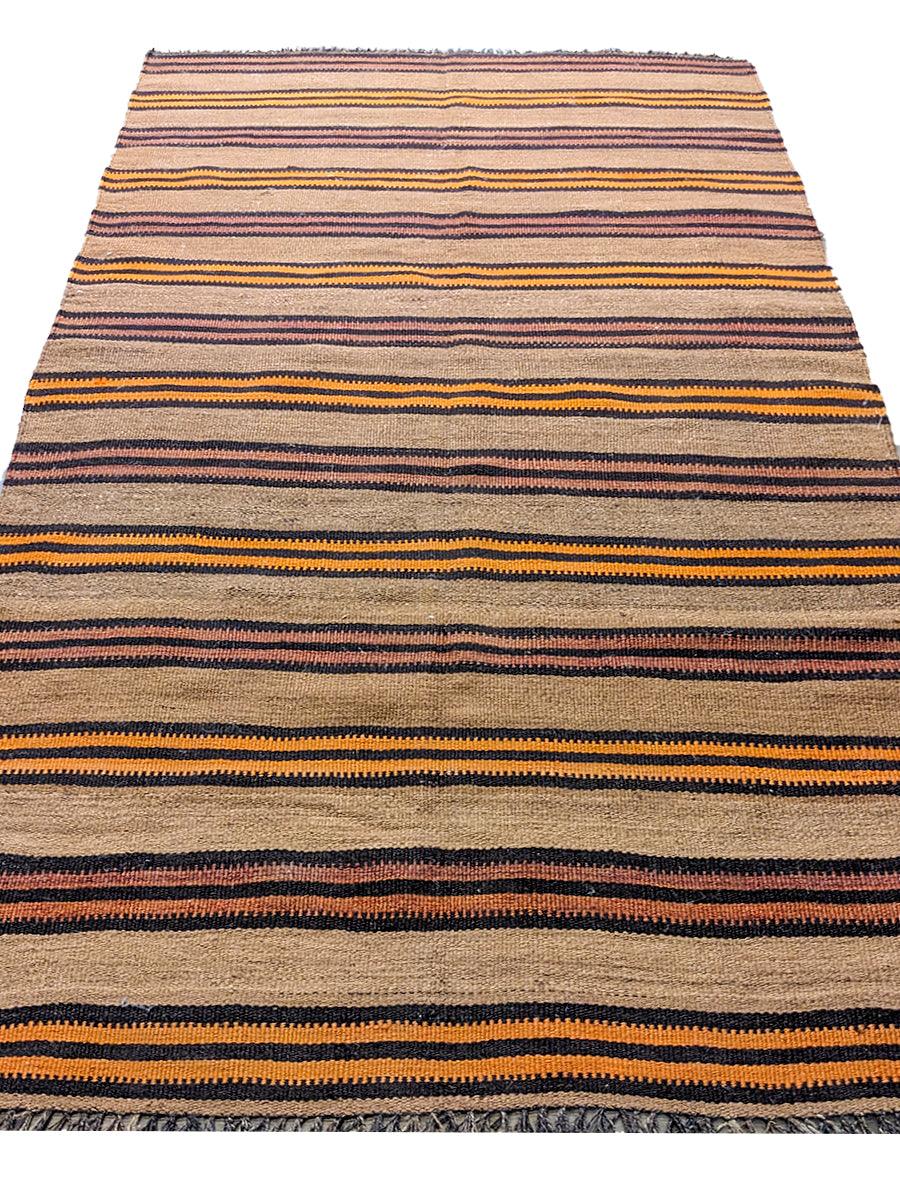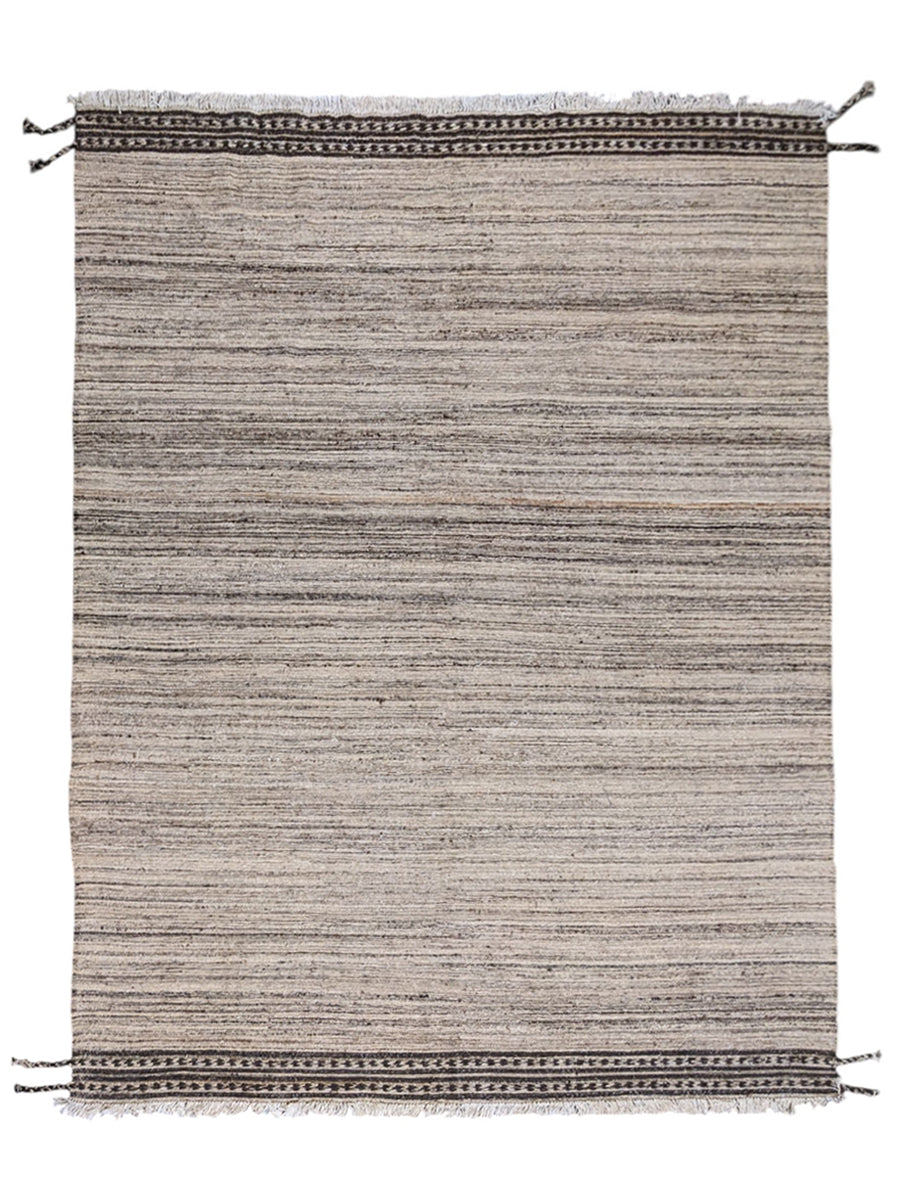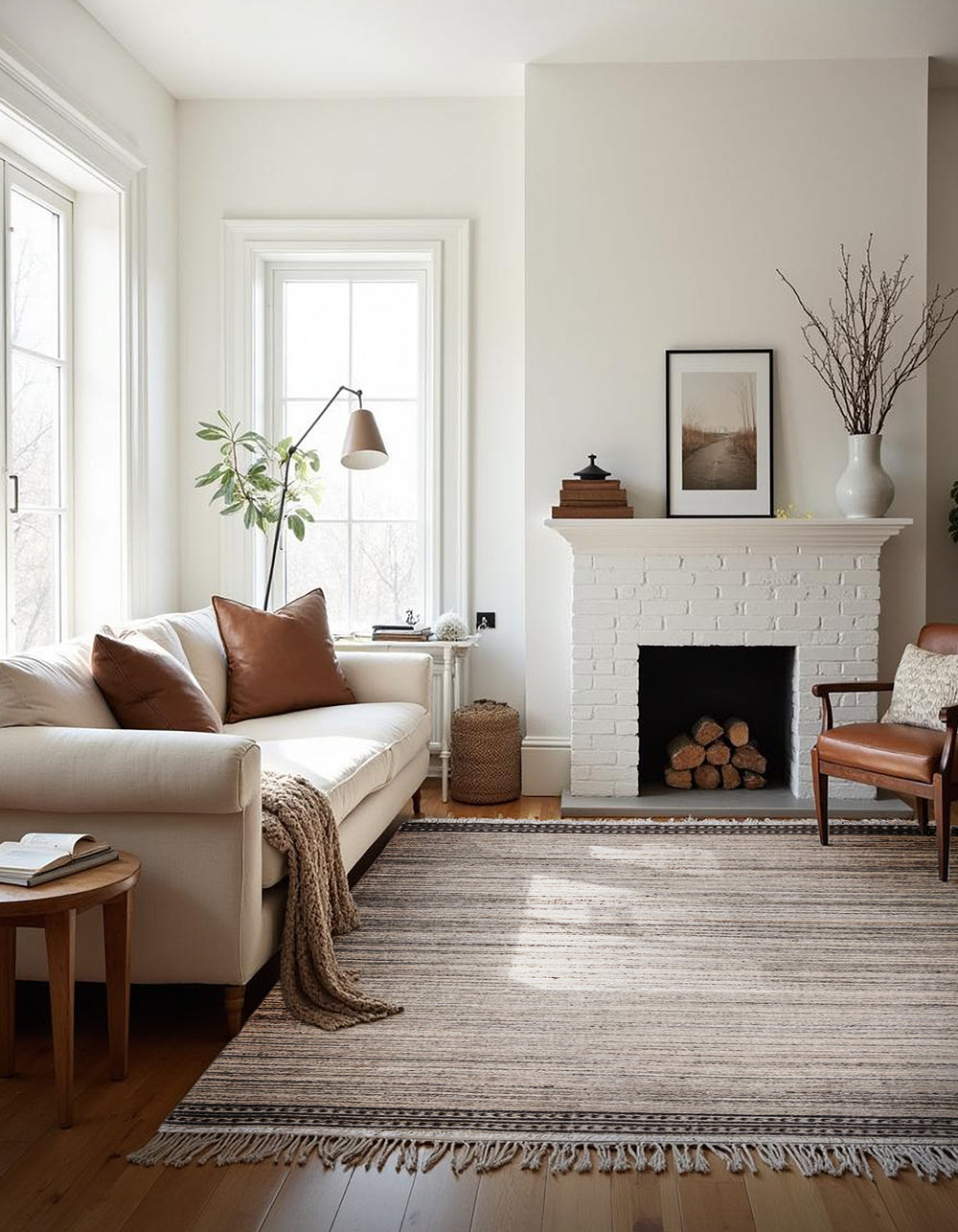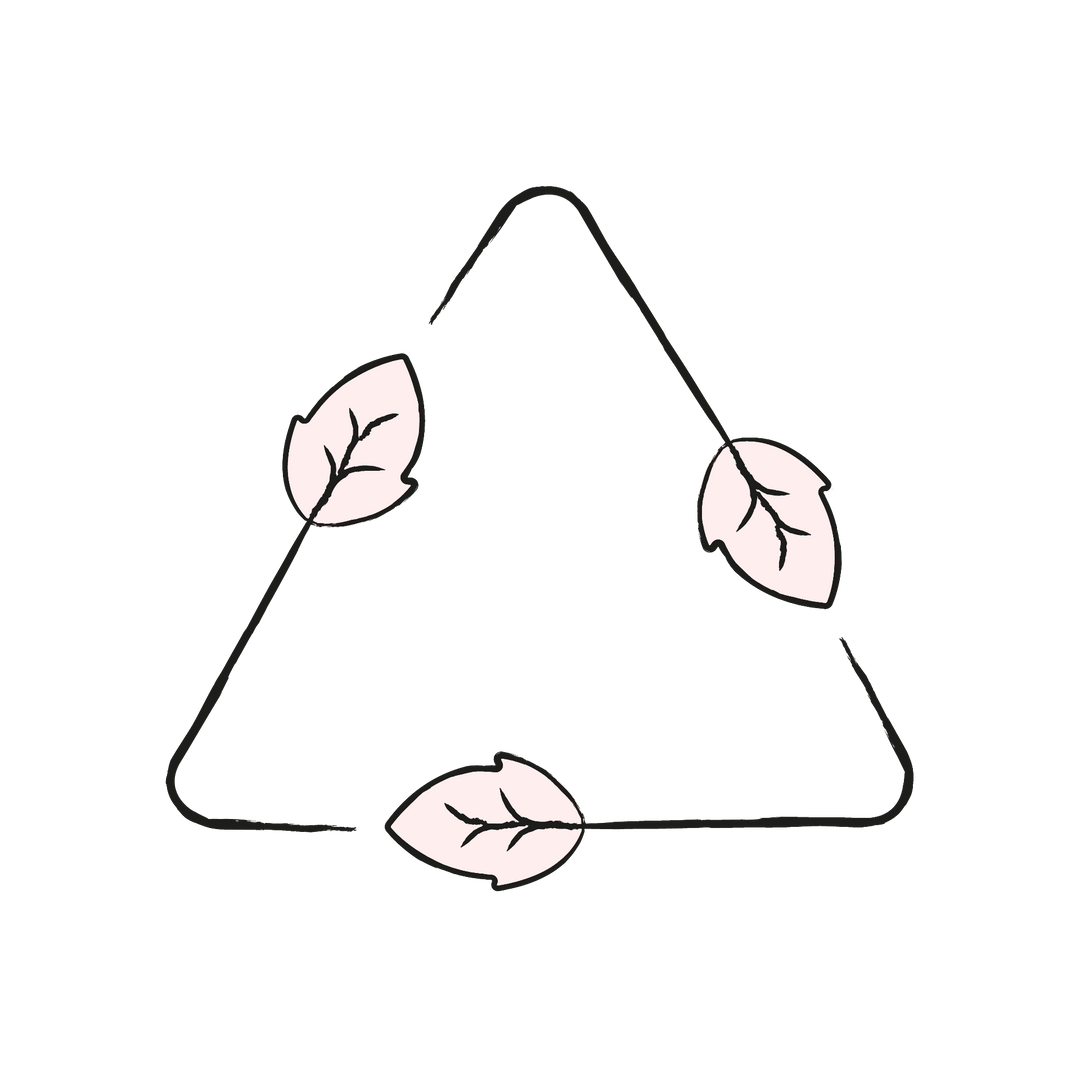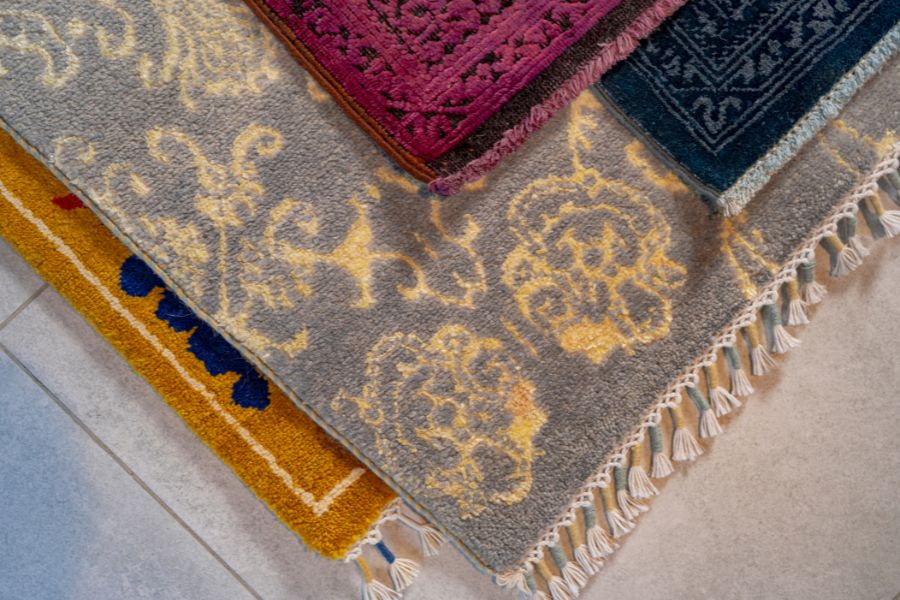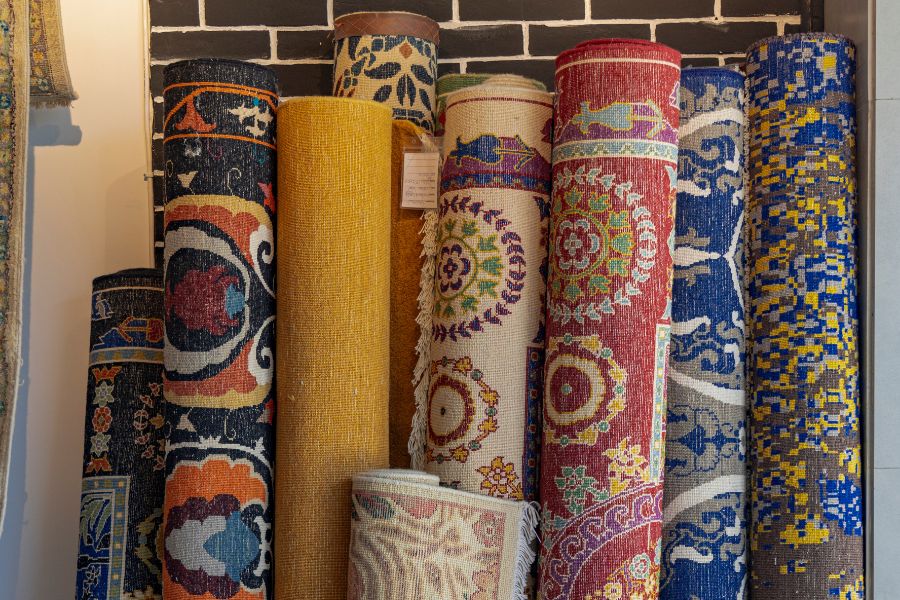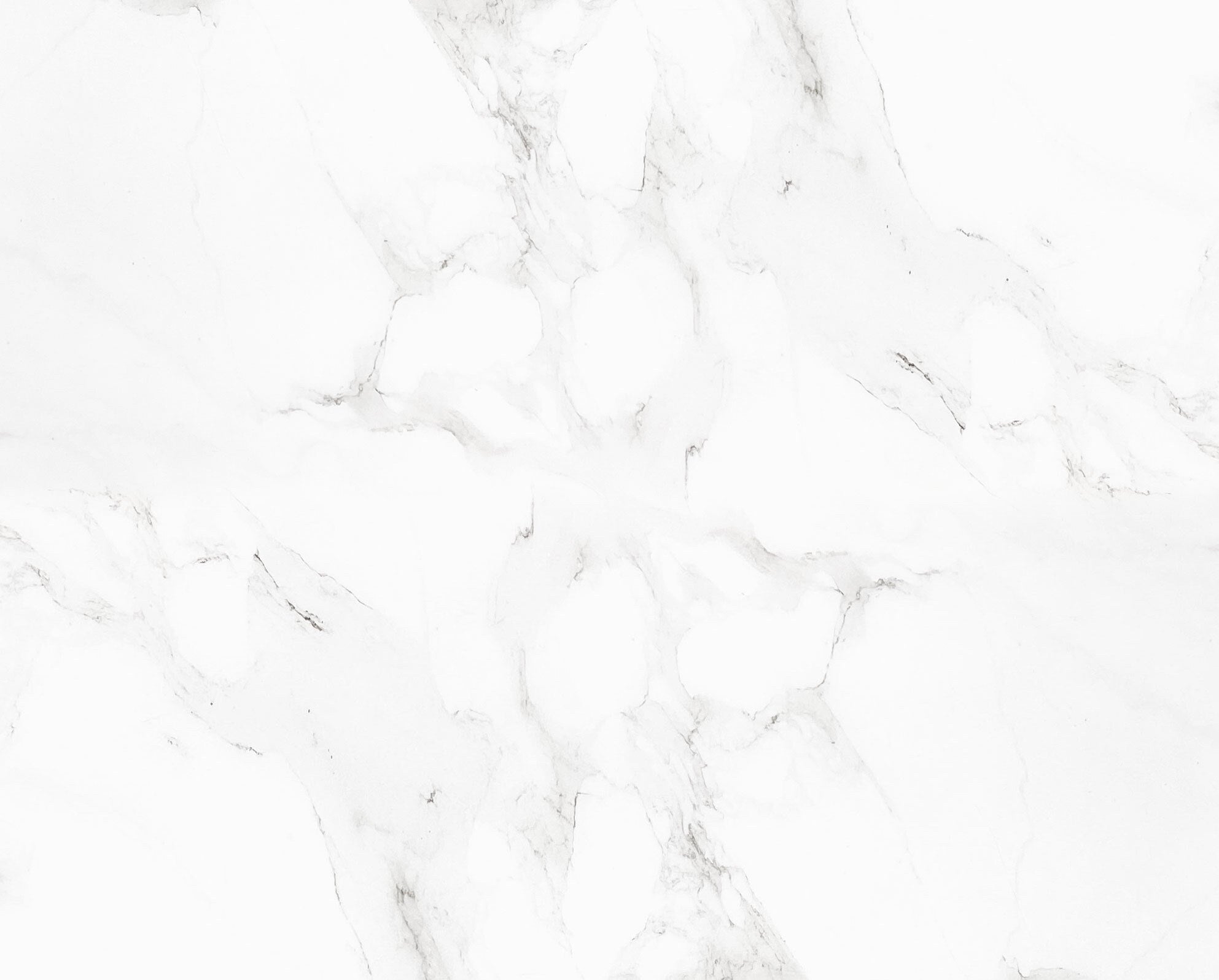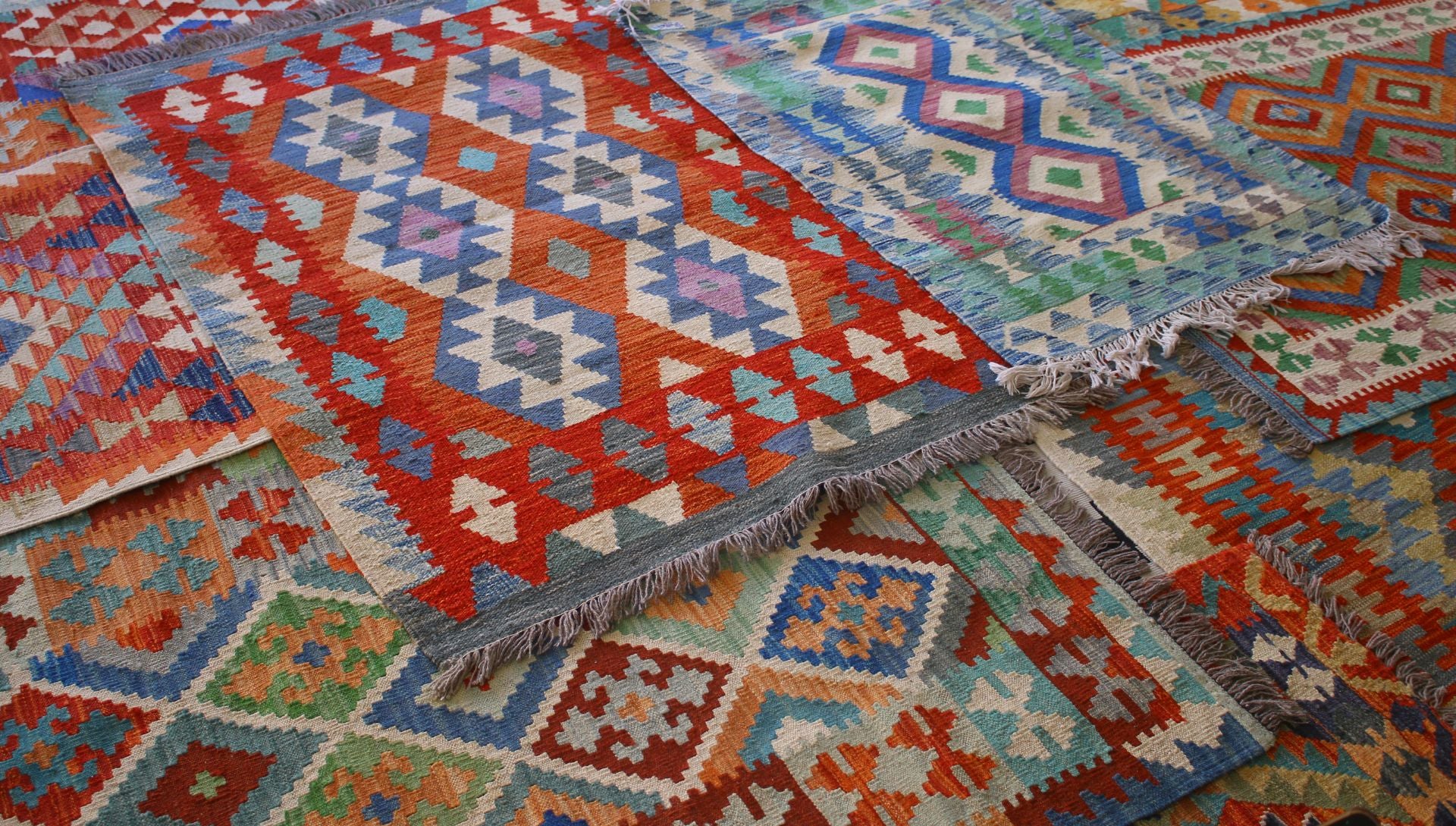
Kilims
Flatweave, kilim, dhurry, and sumak are rugs from the same family. They are woven through the foundation of hand weaving. They are a durable and functional option for those seeking an in-expensive hand-made carpet.
About Our Kilims
Kilims, the intricate woven carpets, have fascinated people for centuries. These exquisite textiles are not only a feast for the eyes but also carry a rich history and cultural significance. In this comprehensive guide, we will take you on a journey through the world of Kilims, exploring their history, designs, and the cultural stories woven into their threads. Join us as we unravel the beauty and mystery of Kilims.
Kilims are flat-woven carpets that have been crafted for generations in various parts of the world. Originating from regions like Turkey, Iran, and Central Asia, these textiles have gained global recognition for their unique designs and exceptional craftsmanship.
The Art of Weaving Kilims
Woven by skilled artisans, Kilims are created using a specialized technique known as "weft-faced plain weave." This technique results in a flat surface with intricate patterns, making Kilims distinct from traditional pile carpets.
Kilims in Modern Decor
Kilims have transcended their traditional roots and found a place in modern interior design. Their vibrant colors and geometric patterns make them a versatile addition to contemporary homes, adding character and charm to any space.
Kilims are renowned for their diverse and captivating designs. Let's delve into some of the most popular ones:
Geometric Patterns
Geometric patterns are a hallmark of Kilim design. These patterns often include diamonds, triangles, and hexagons, each carrying its own symbolic meaning. The repetition of geometric shapes creates a mesmerizing visual effect.
Floral Motifs
Floral motifs in Kilims symbolize growth, fertility, and nature's beauty. The intricate depiction of flowers and plants adds a touch of elegance and grace to these carpets.
Tribal Influences
Many Kilim designs are inspired by the nomadic tribes that created them. These designs reflect the tribes' traditions, beliefs, and daily life. Each tribe has its unique Kilim patterns, making them a testament to cultural diversity.
Kilim Color Palette
Kilims are celebrated for their vibrant color combinations. The use of natural dyes results in rich and earthy tones that complement a wide range of interior styles.
Kilims are not just decorative pieces; they hold deep cultural significance in the regions where they are crafted. Here are some of the cultural stories embedded in Kilims:
Storytelling through Kilims
Many Kilims narrate stories through their patterns. These stories can depict tribal legends, historical events, or even daily life. Owning a Kilim is like owning a piece of history.
Kilims in Rituals
In some cultures, Kilims play a vital role in rituals and ceremonies. They are used as prayer rugs, wedding gifts, and tokens of goodwill, carrying blessings and well wishes.
Kilims in Modern Decor
While Kilims have deep historical roots, they have seamlessly transitioned into contemporary spaces. Their versatility allows them to serve as decorative elements in homes and offices, adding a touch of elegance and cultural richness to any environment.
Fashion and Beyond
Kilim-inspired fashion has gained popularity in recent years. From clothing to accessories, the intricate designs and vibrant colors of Kilims have found their way into the fashion industry, making a bold statement.
What are Kilims made of?
Kilims are typically made of natural fibers like wool or cotton. These fibers are dyed using natural pigments to create the vibrant colors.
Are Kilims and carpets the same thing?
No, Kilims and carpets differ in their weaving techniques. Kilims are flat-woven, while carpets have a pile, creating a distinct texture.
Can I clean Kilims at home?
Yes, Kilims can be cleaned at home with proper care. Regular vacuuming and gentle spot cleaning are recommended. To Learn More See Our Guide To Rug Cleaning And Care.
Are Kilims valuable collector's items?
Indeed, Kilims can be valuable collector's items, especially antique pieces or those with unique designs. Learn more about Rugs.
How do I incorporate Kilims into my home decor?
Kilims can be used as rugs, wall hangings, or even cushion covers. Their versatility allows you to add a touch of tradition to any room.





